If the 1880s were about starting the race to the sky, the 1890s were about gaining momentum. The Flatiron Building, one of Manhattan’s most iconic structures, began construction in 1899. With its unique triangular shape, it was like nothing the city had ever seen!
Underneath the bustling streets, something big was brewing. In the late 1890s, work began on the New York City subway. While the first subway line wouldn’t open until 1904, the dreams and designs of an underground transportation system took root during this decade.
Central Park was no longer a new kid on the block, but it was the place to be. Families, couples, and individuals flocked there for leisurely strolls, boat rides, and picnics. It was Manhattan’s refreshing escape from the urban hustle.
Let’s Go to the Park!
By the time the 1890s rolled around, Central Park had comfortably settled into its role as Manhattan’s green heart. Originally opened in 1858, the park was no rookie in offering residents respite from the city’s chaotic pulse. The allure of Central Park in this era was undeniable. It acted as a communal living room, drawing a mosaic of people from every corner of the city. Families, pushing prams and clutching picnic baskets, sought out the park’s vast meadows to lay out their spreads and revel in the sunshine. Couples wandered hand-in-hand, their laughter echoing through the winding paths shaded by sprawling trees. Boat rides on the park’s serene lakes provided both a romantic backdrop for some and a fun-filled adventure for others.
Shopping, 1890s Style
In the late 19th century, long before the dawn of digital carts and one-click purchases, the bustling streets of Manhattan offered a shopping experience that was nothing short of spectacular. The 1890s heralded the golden age of department stores, grand emporiums of commerce that were more than just places to buy goods; they were destinations in themselves.
Macy’s, already an established name by the 1890s, was steadily transforming into a shopping behemoth. Located on 34th Street and Broadway, its vast multi-storied structure was a testament to the scale of retail ambitions of that era. Inside, customers could find a mind-boggling variety of products, from the latest Parisian fashions to exotic teas from the far east.
Nightlife and Entertainment
Vaudeville shows continued to entertain, but now they had competition. The first moving picture shows, or “nickelodeons,” made their appearance. For just a nickel, one could witness the magic of moving images on screen. Music halls and theaters flourished, with Broadway beginning to establish itself as the entertainment hub we know today.
The Newspaper Wars
The 1890s saw fierce competition between newspapers. Publishers like Pulitzer and Hearst battled it out with sensational headlines (sometimes stretching the truth) to grab readers’ attention. This era, known as the age of “yellow journalism,” was filled with juicy stories and larger-than-life characters.


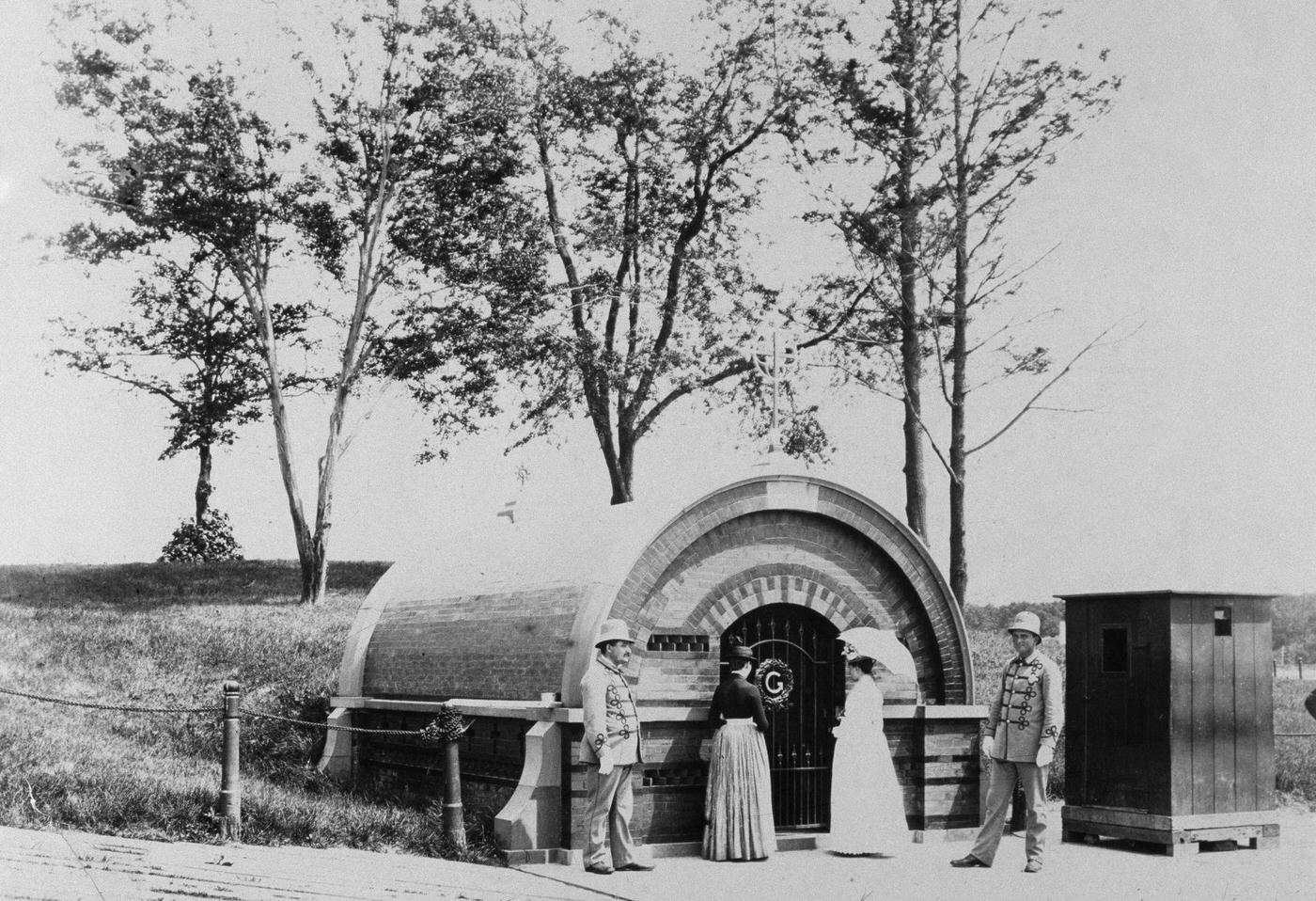
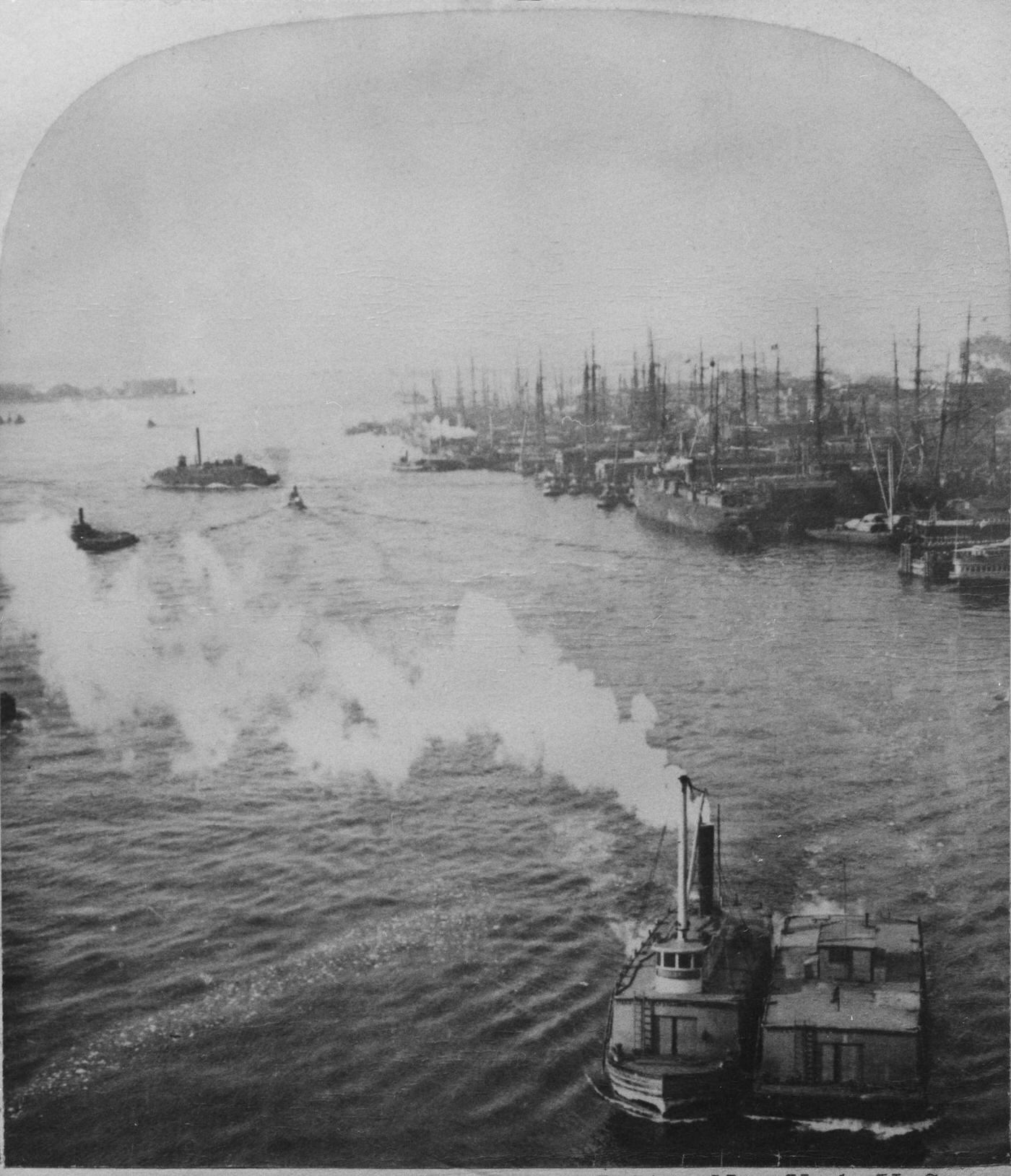
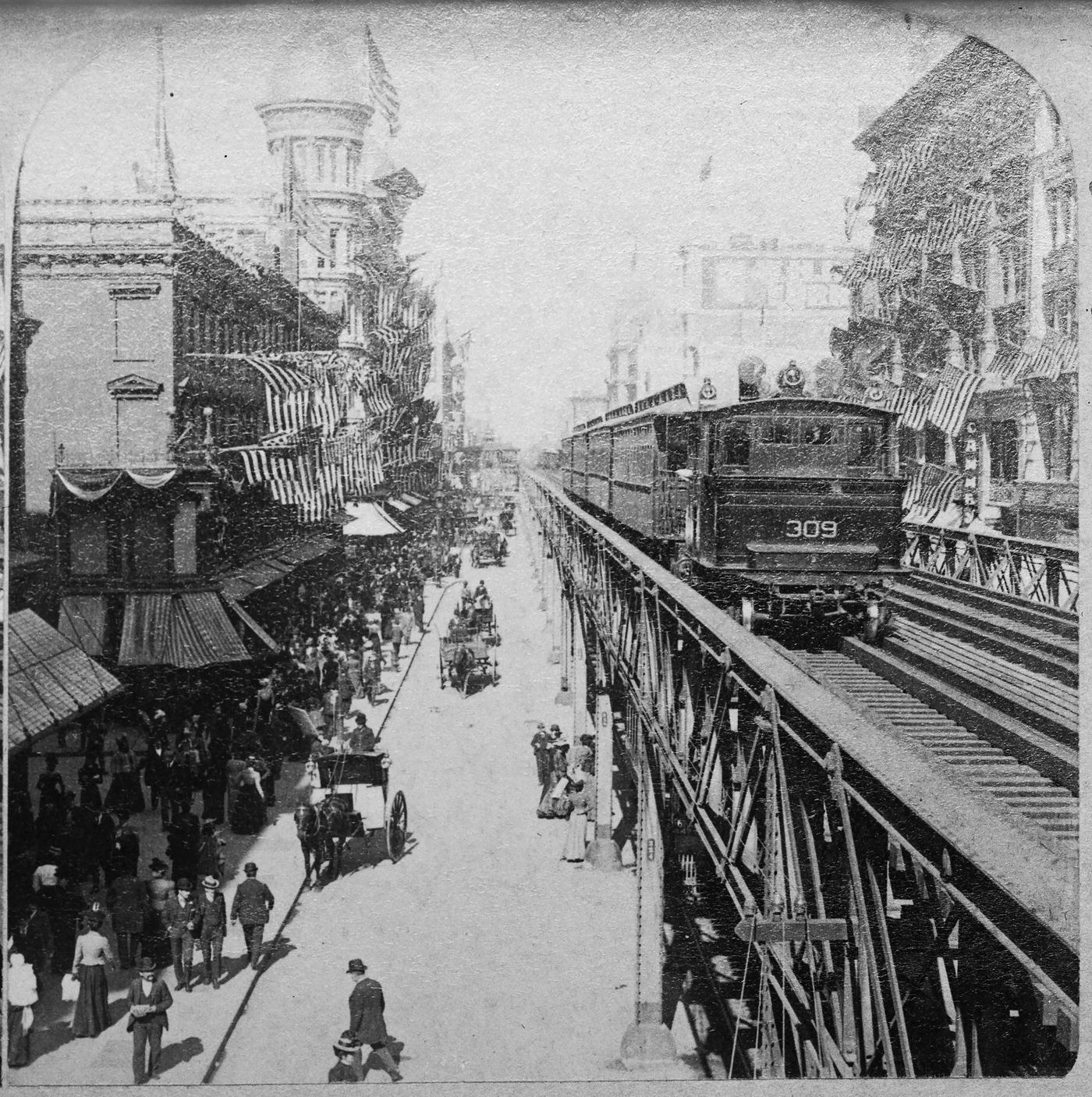
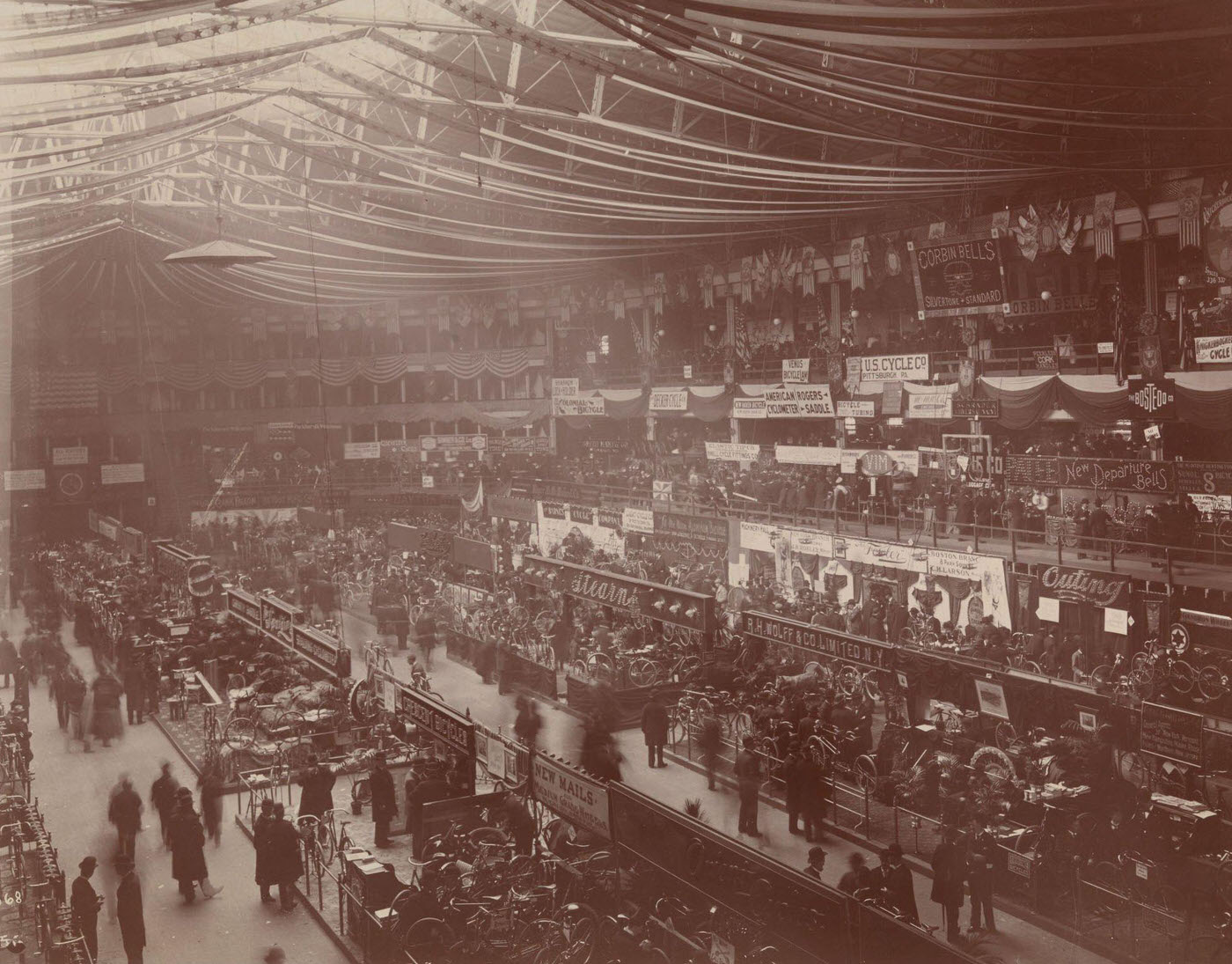
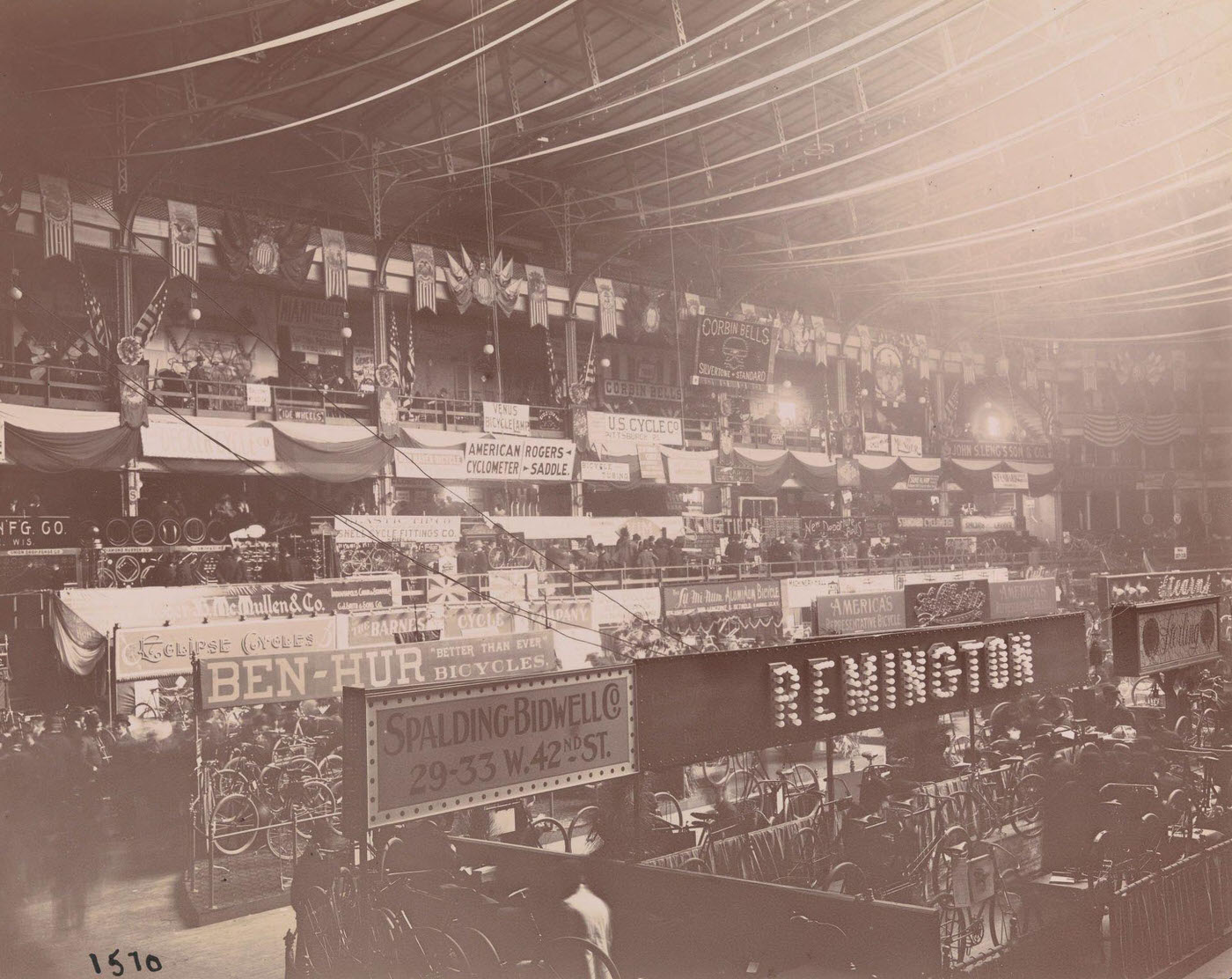
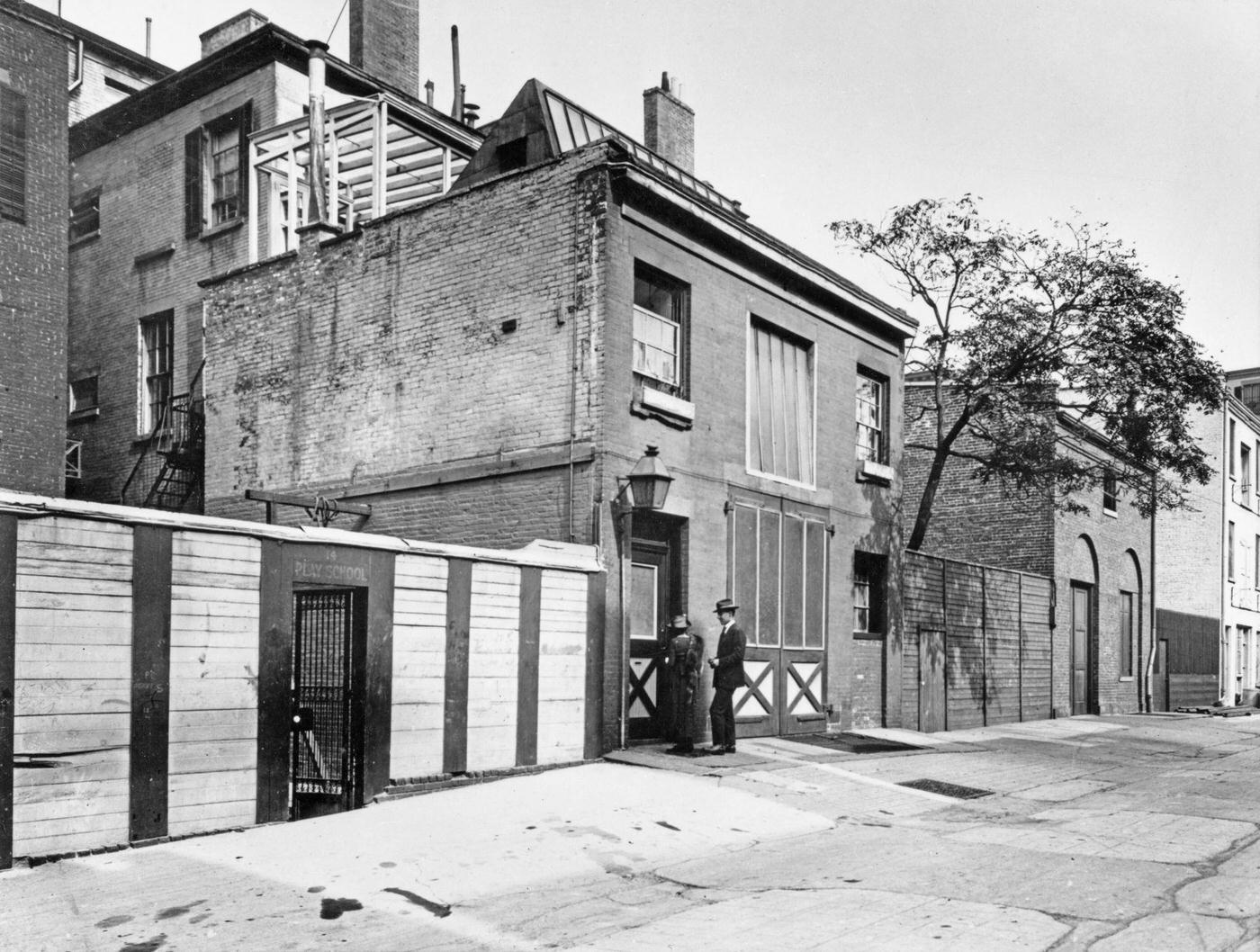
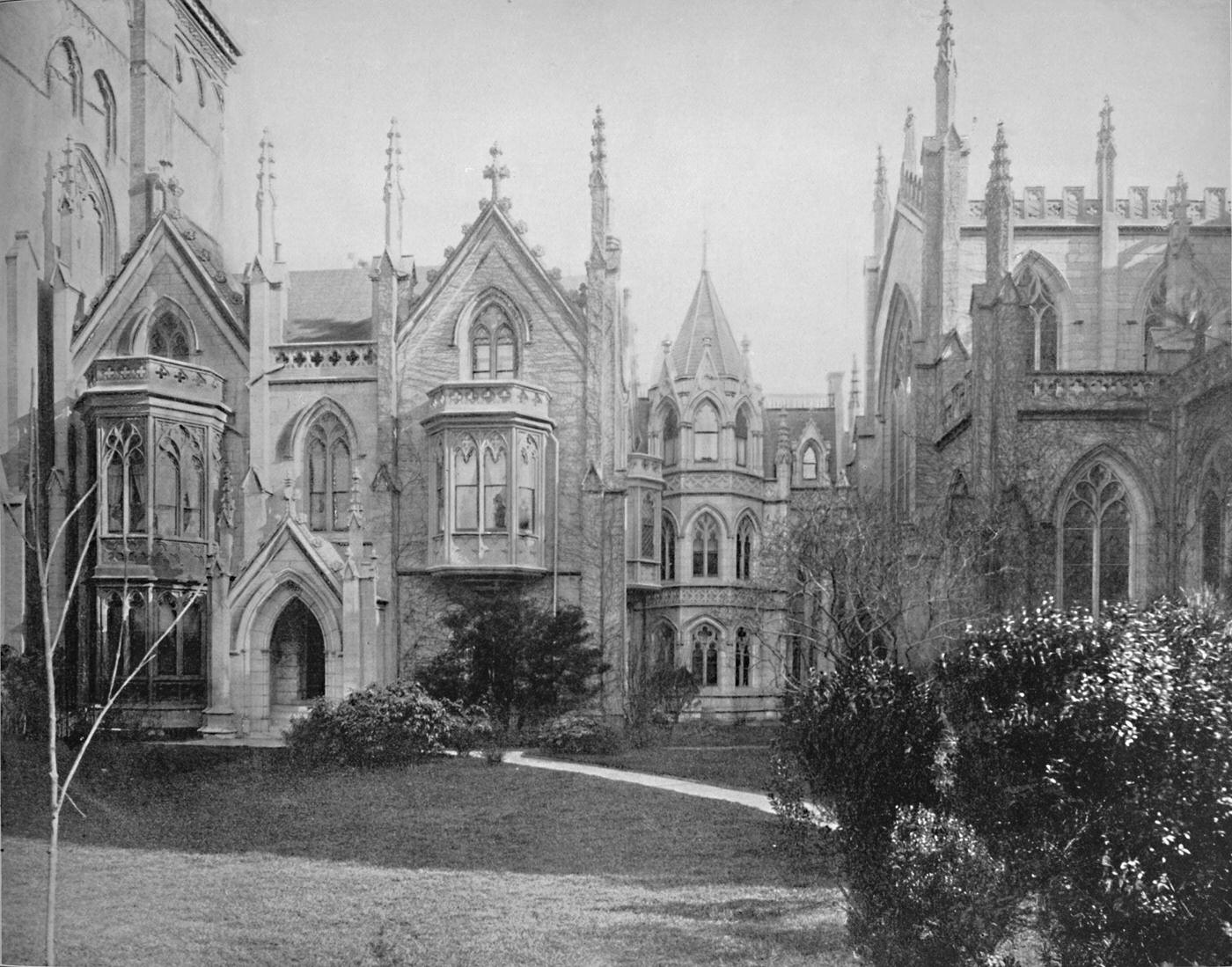
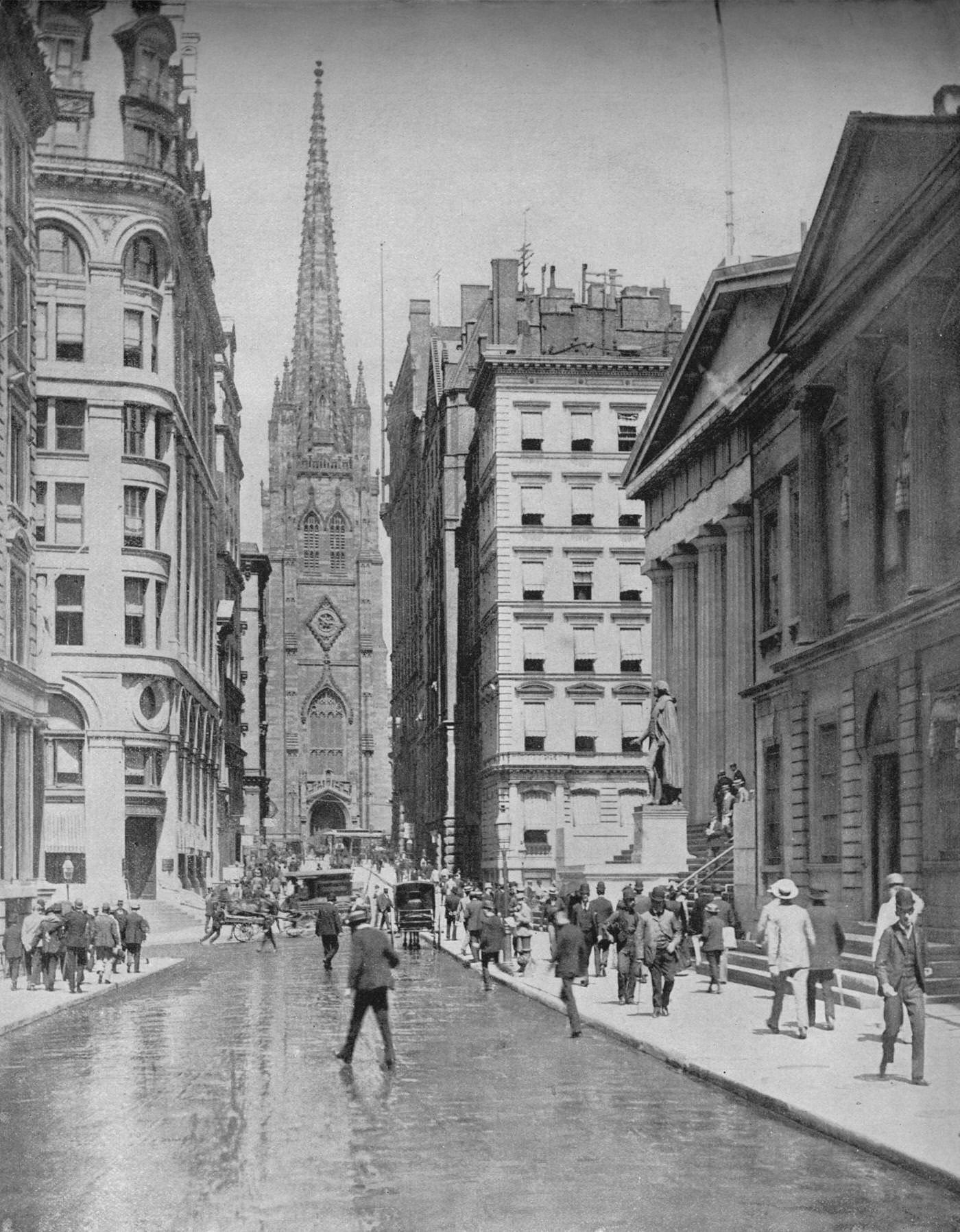
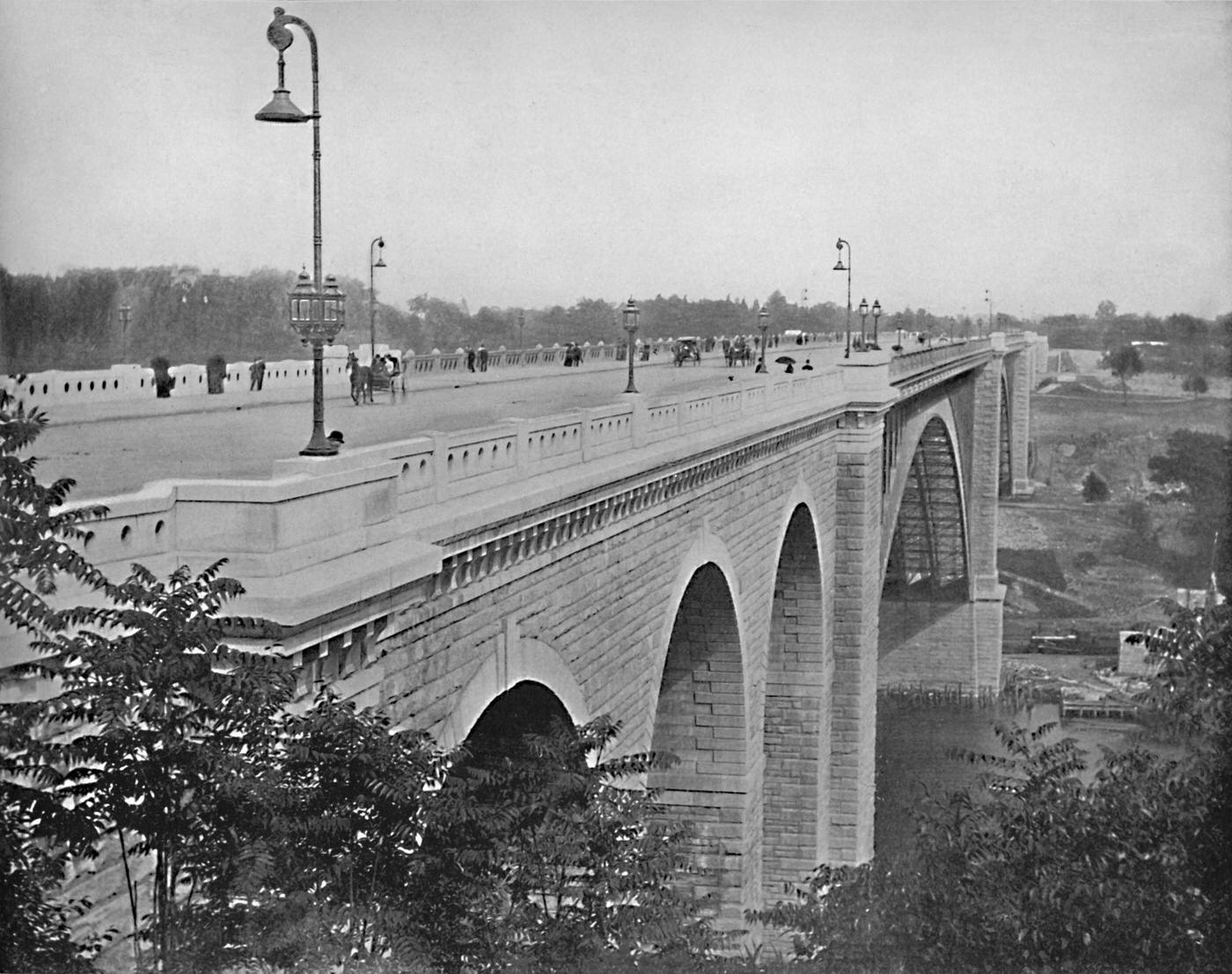
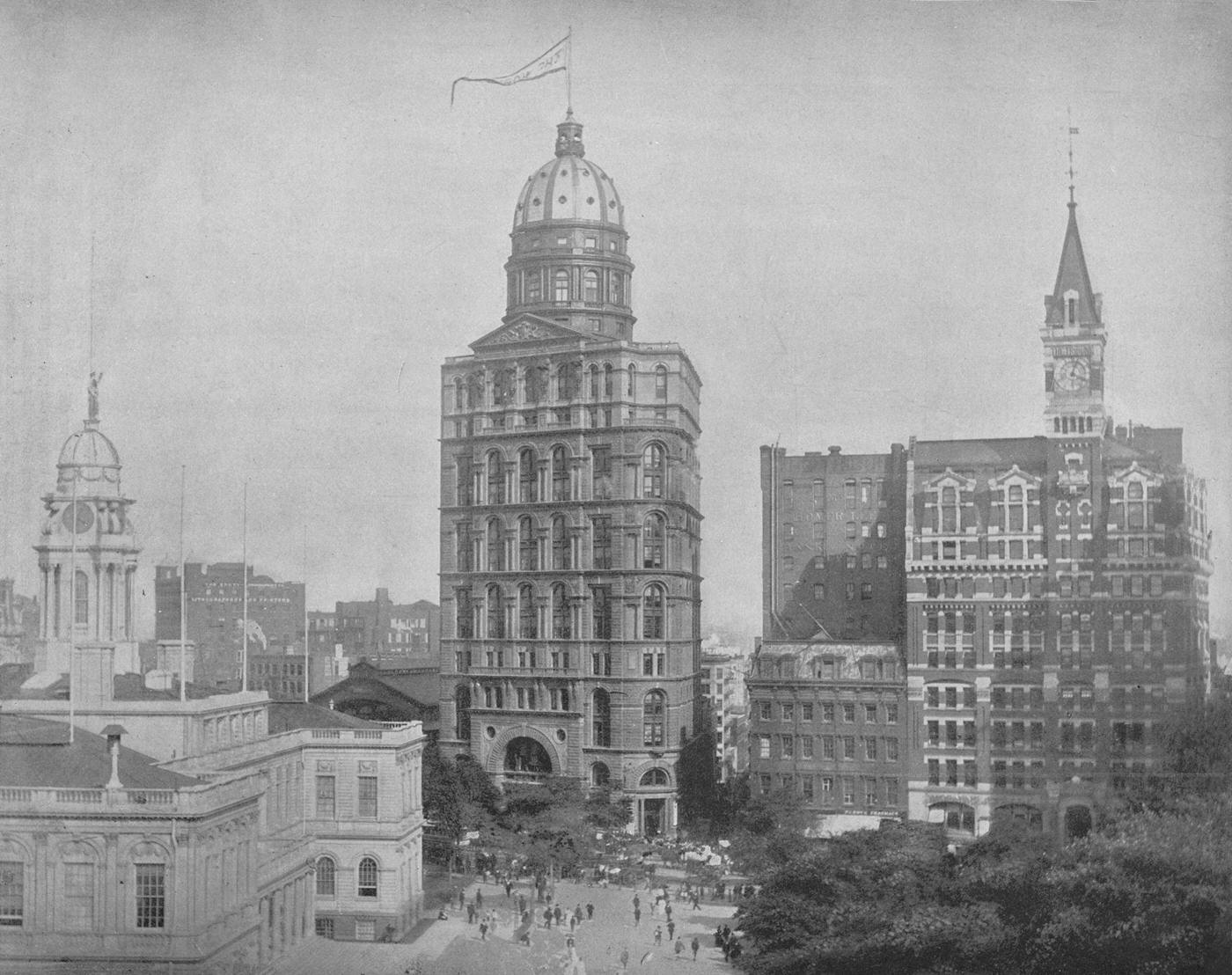
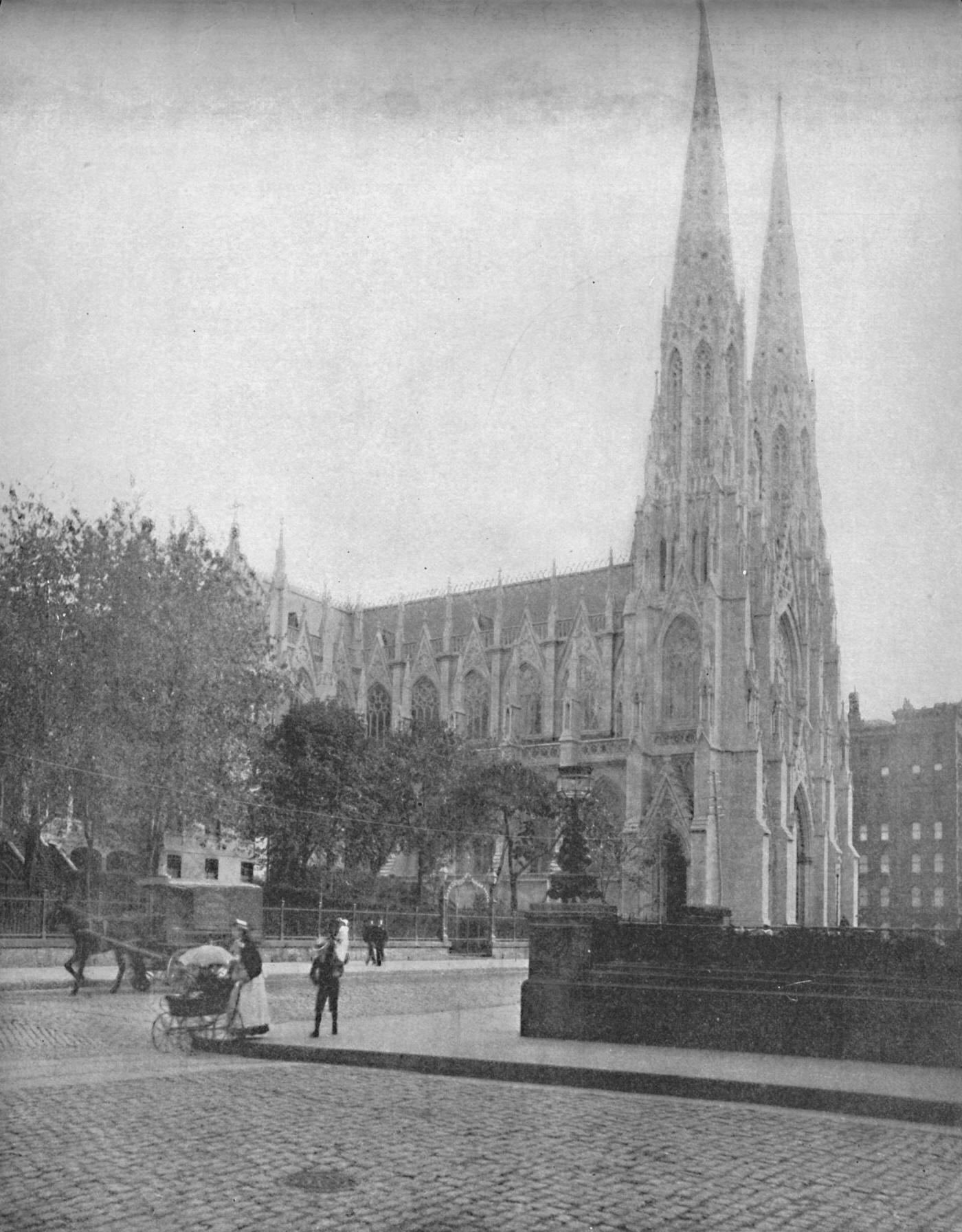
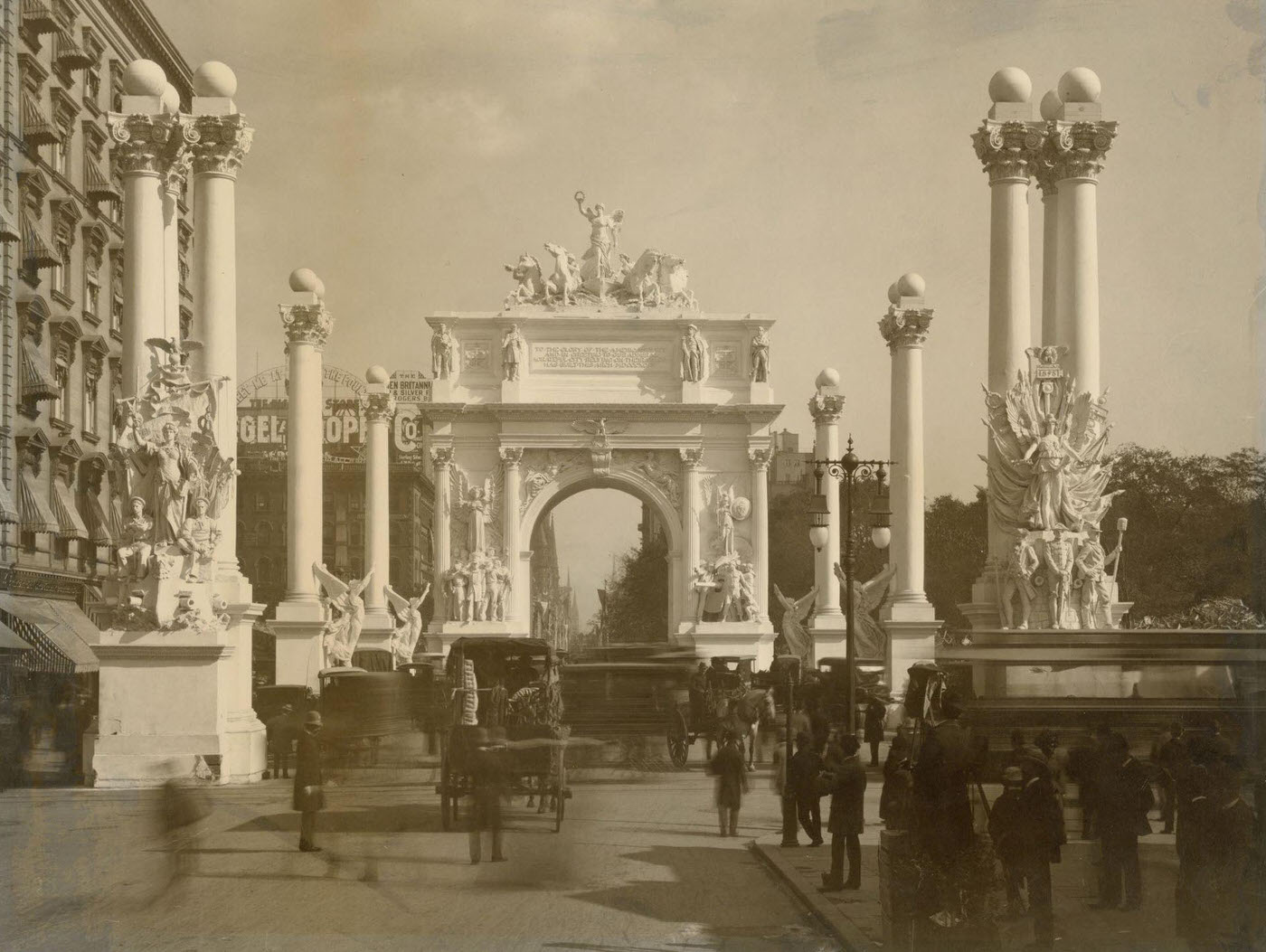
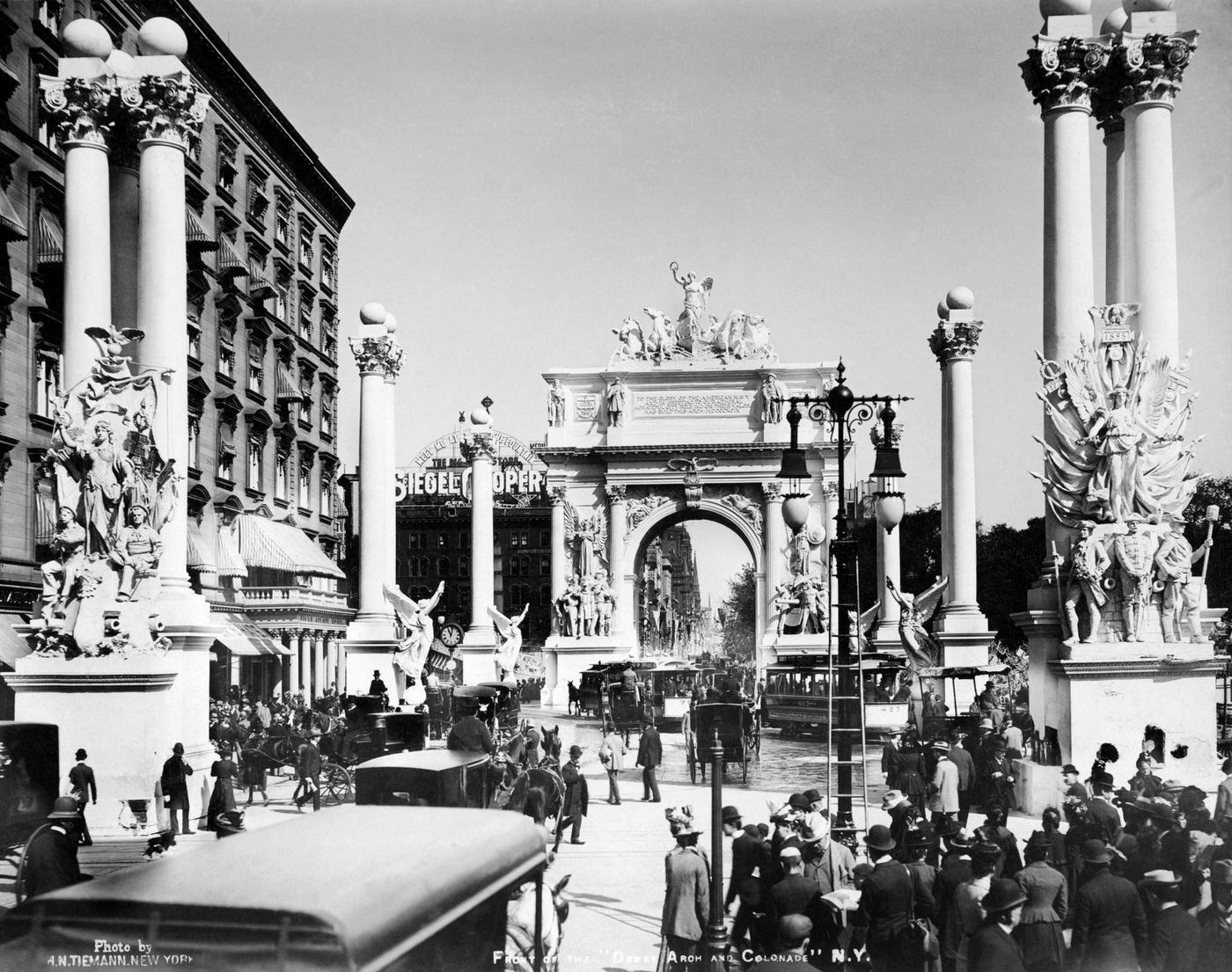
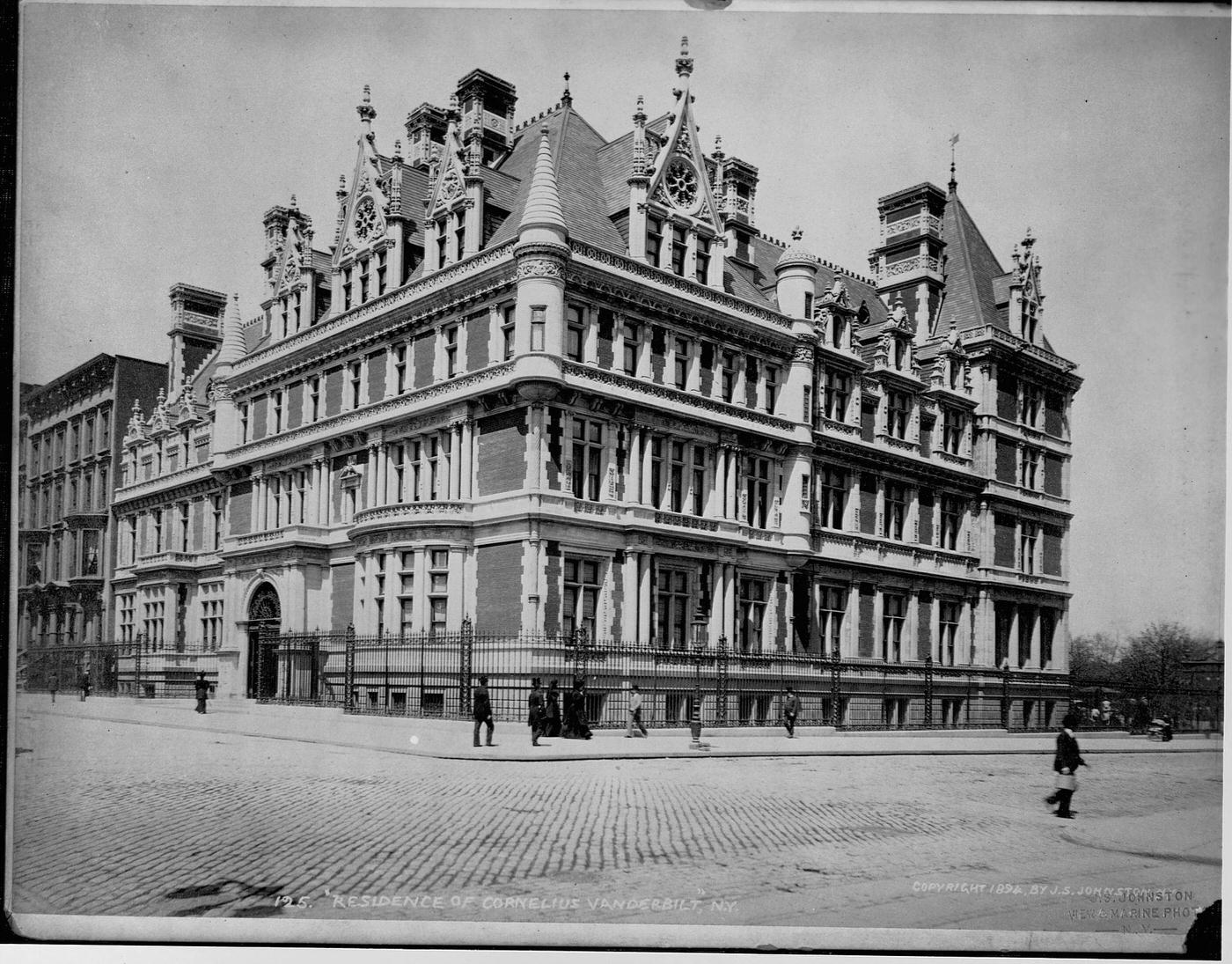
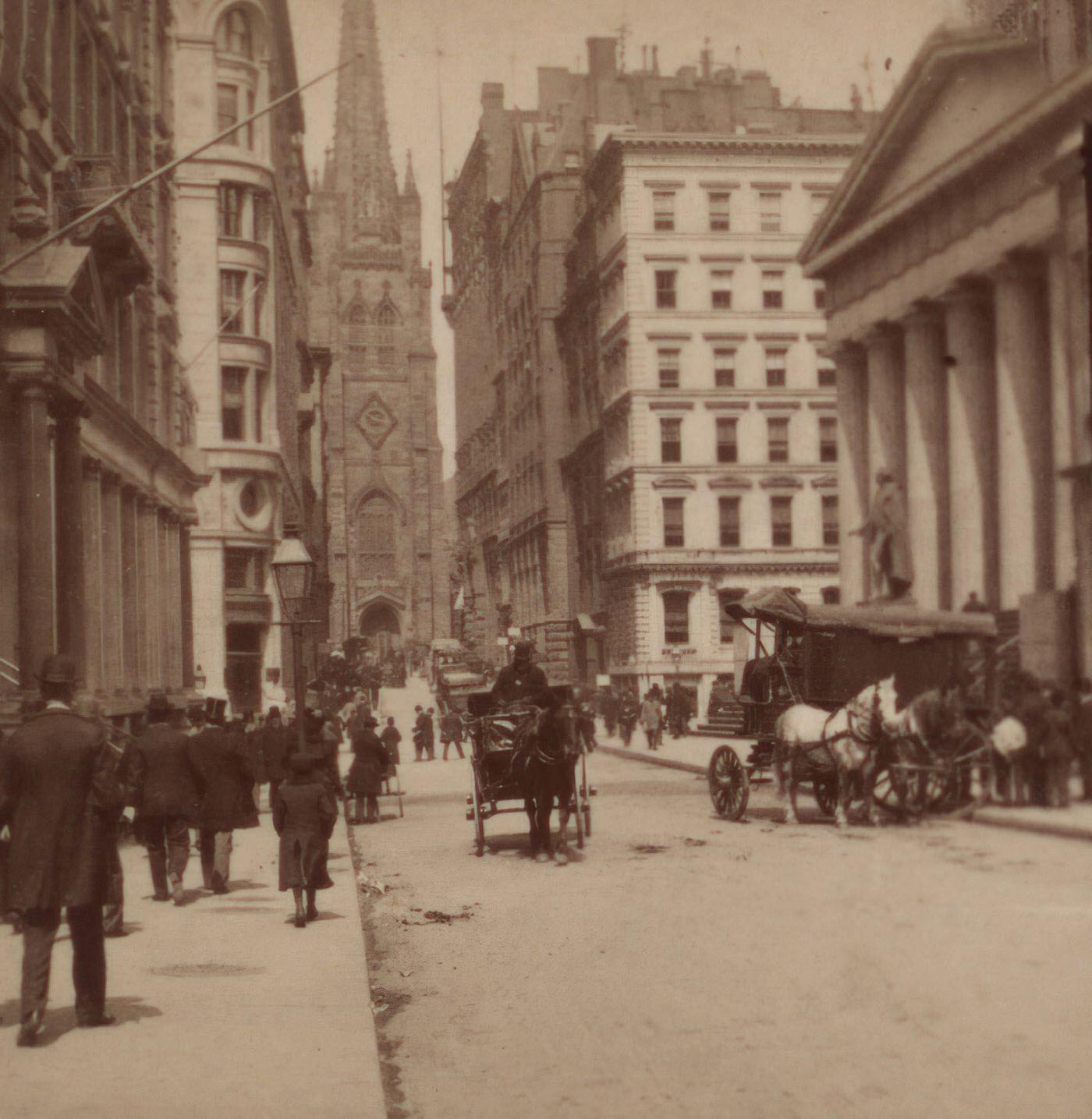
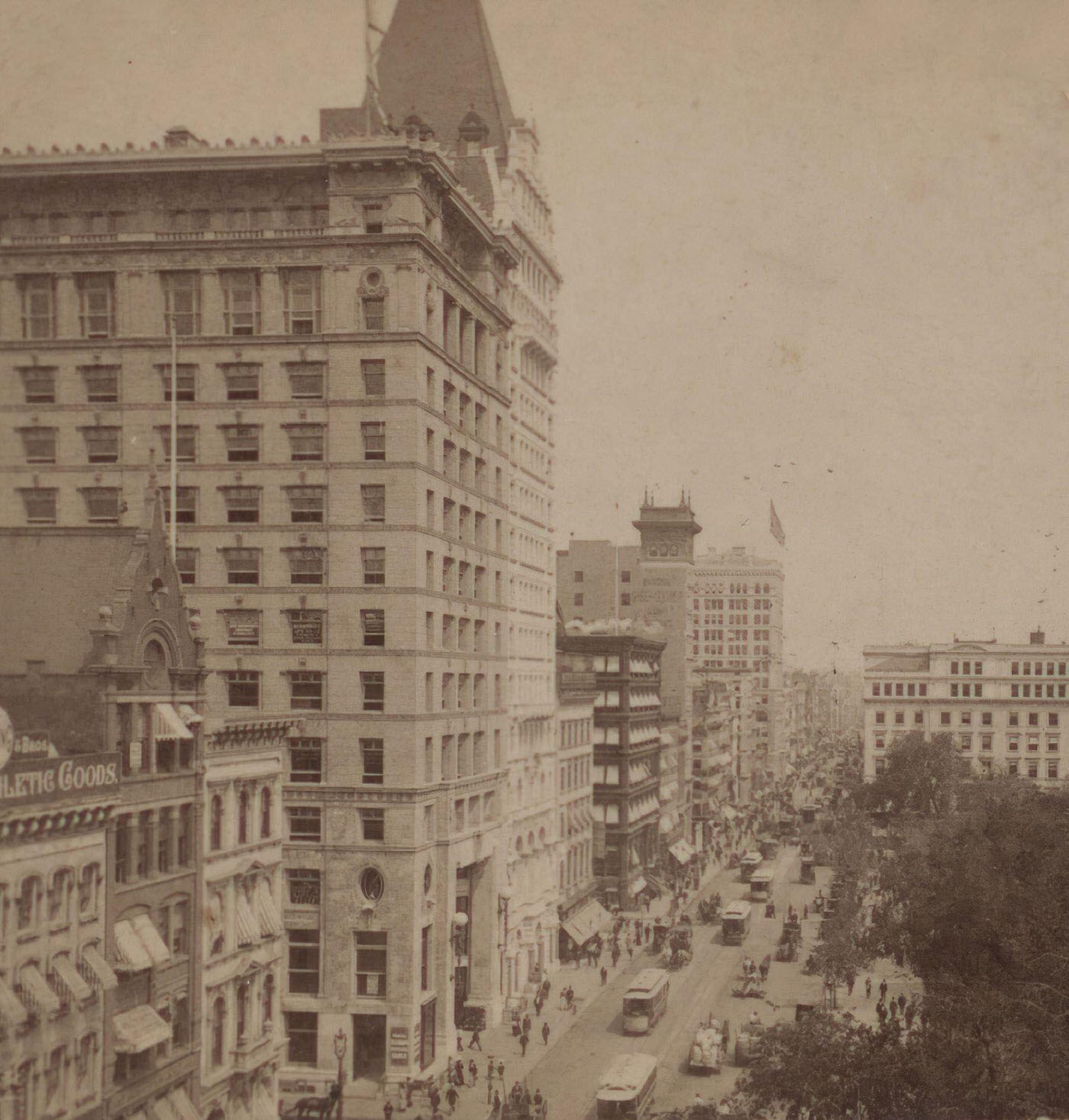
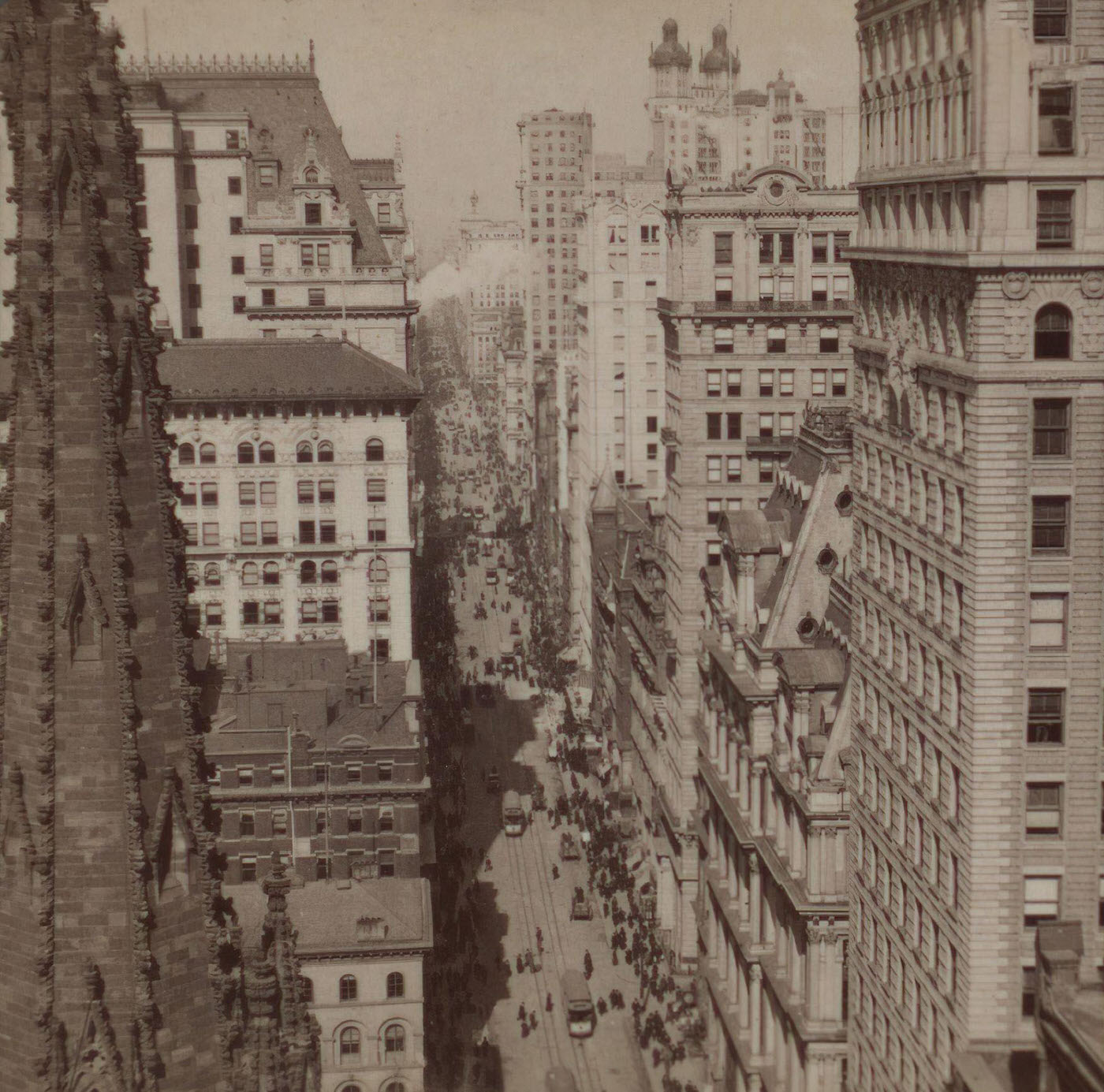
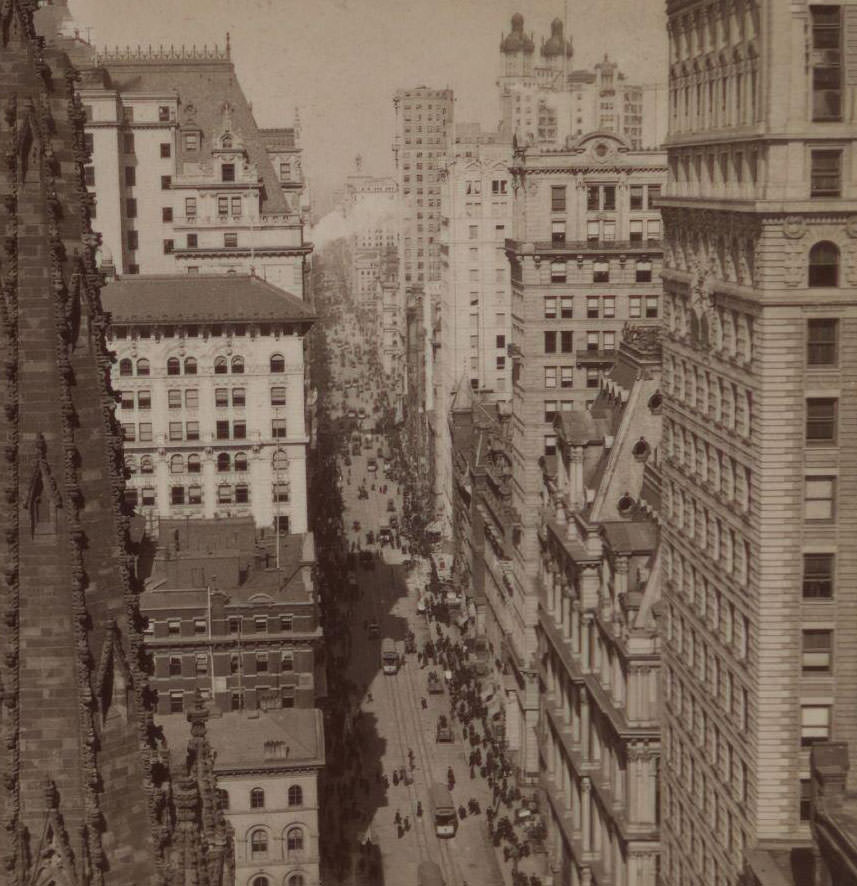
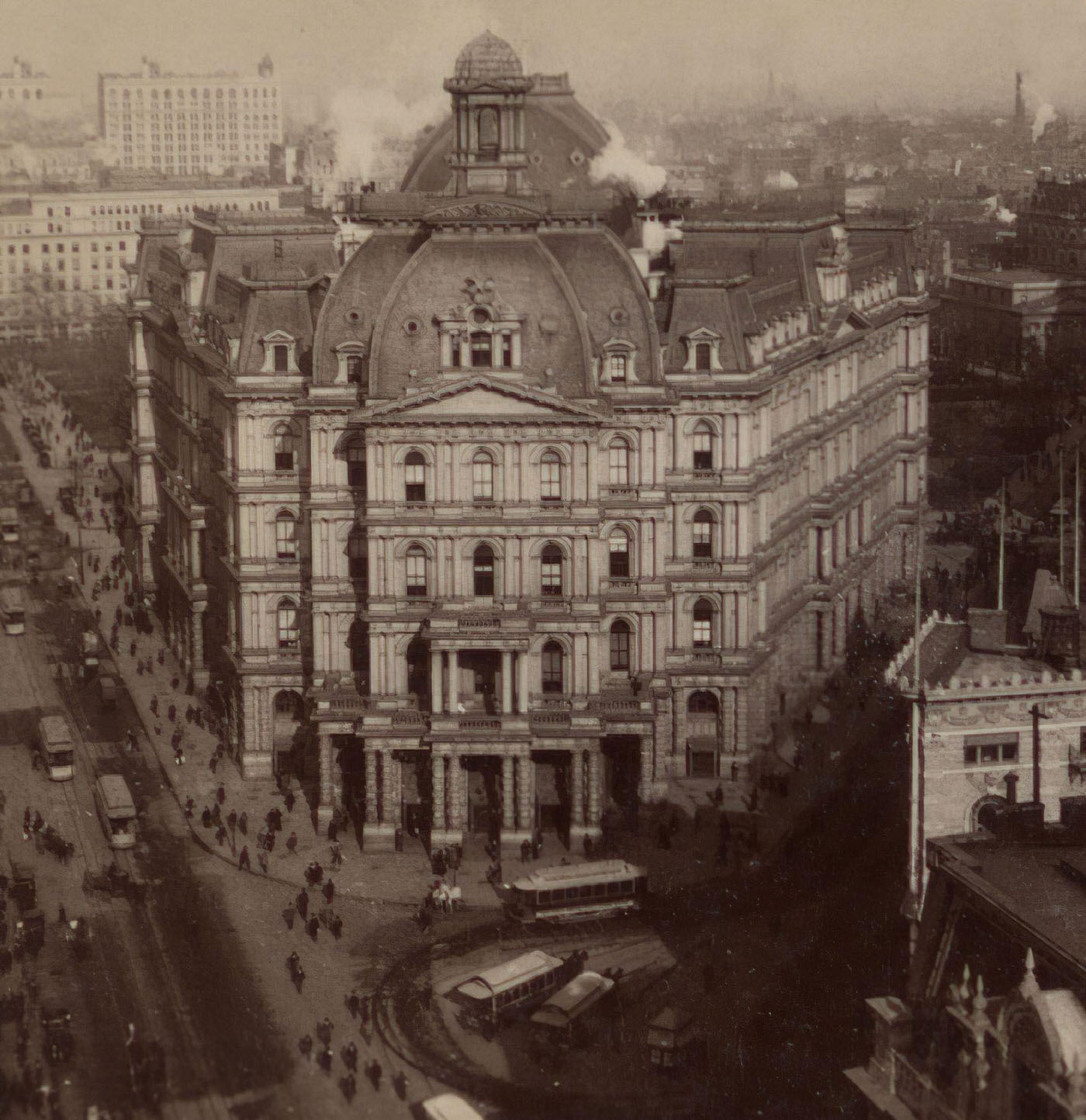
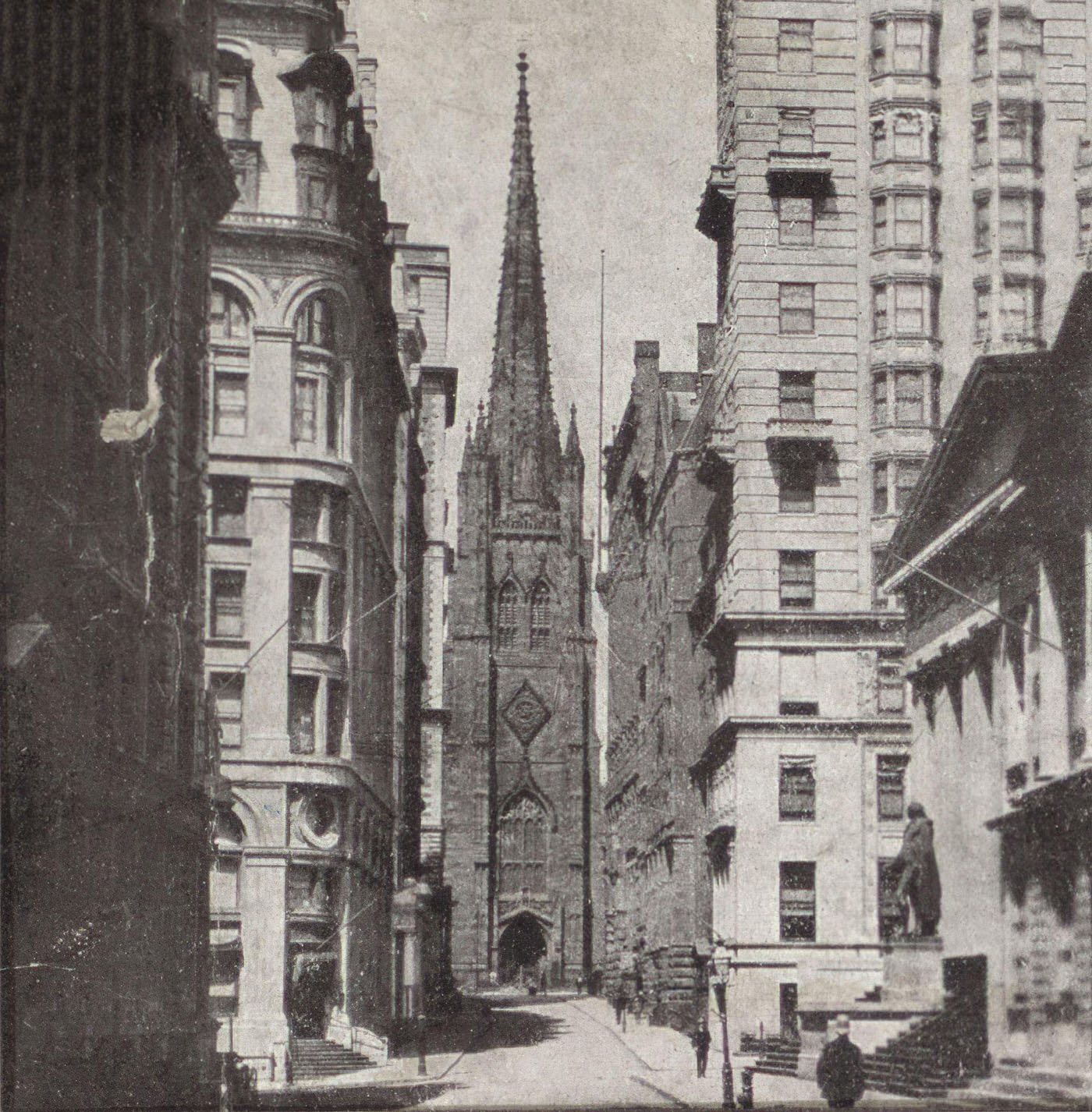
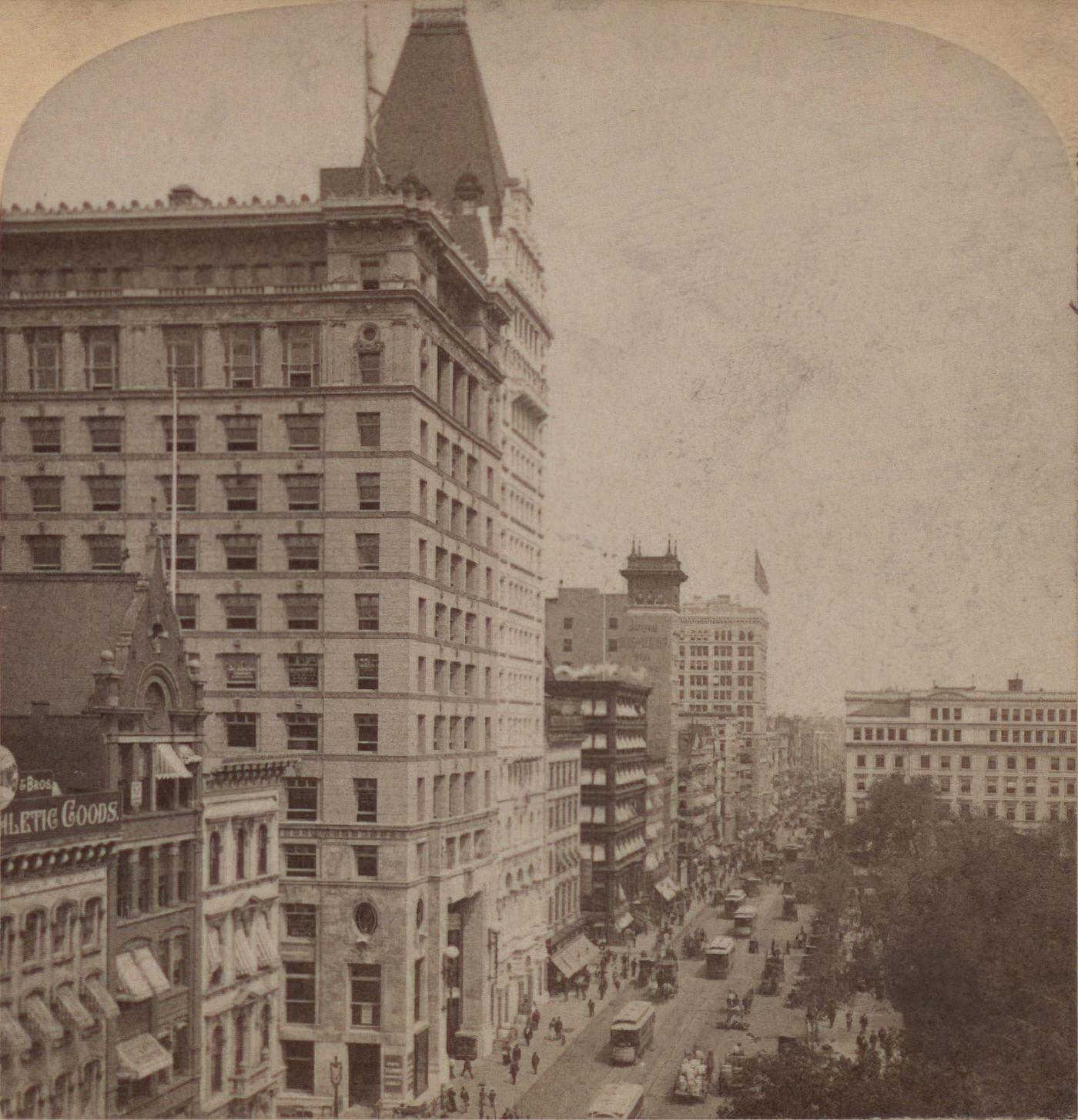
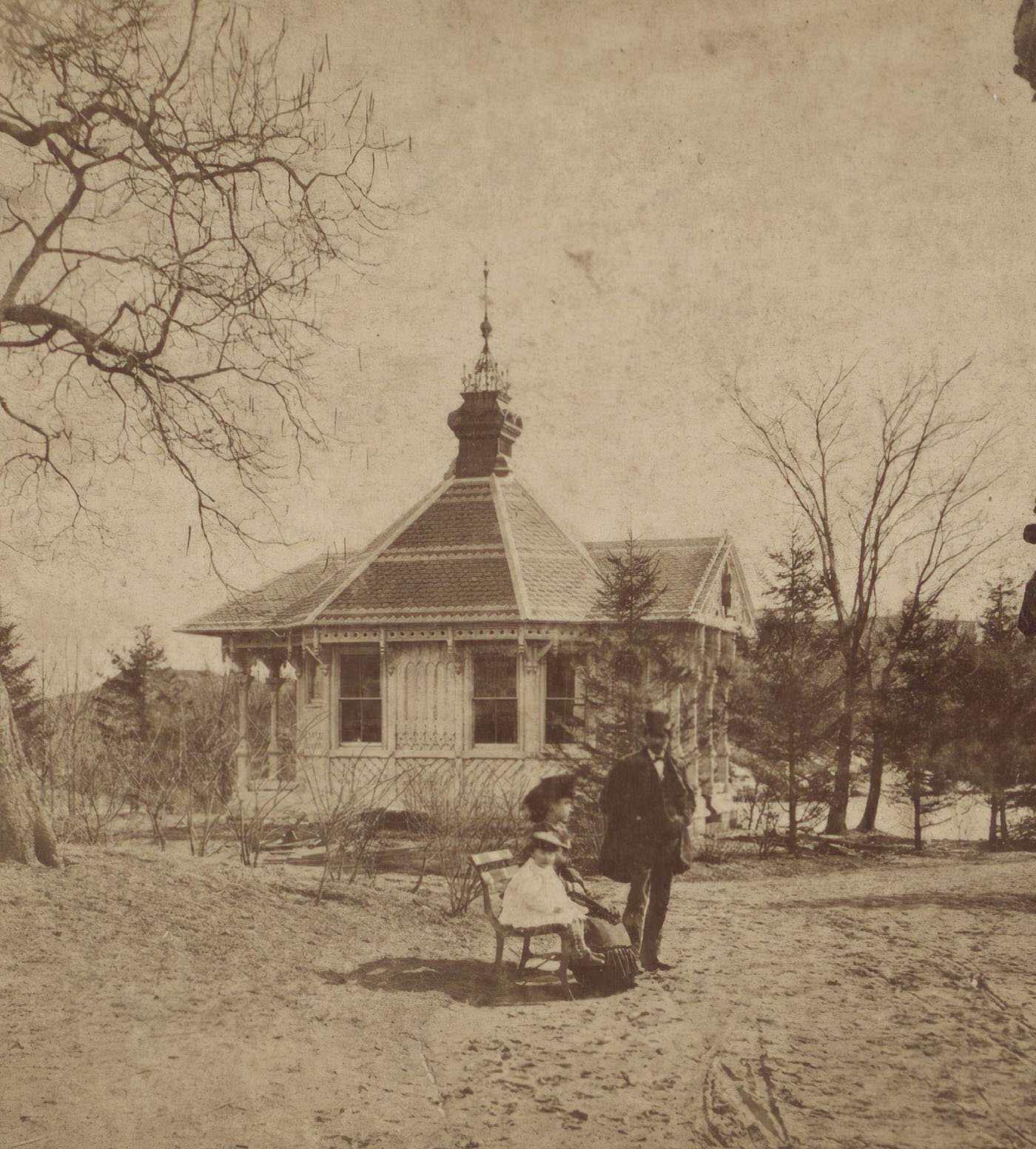
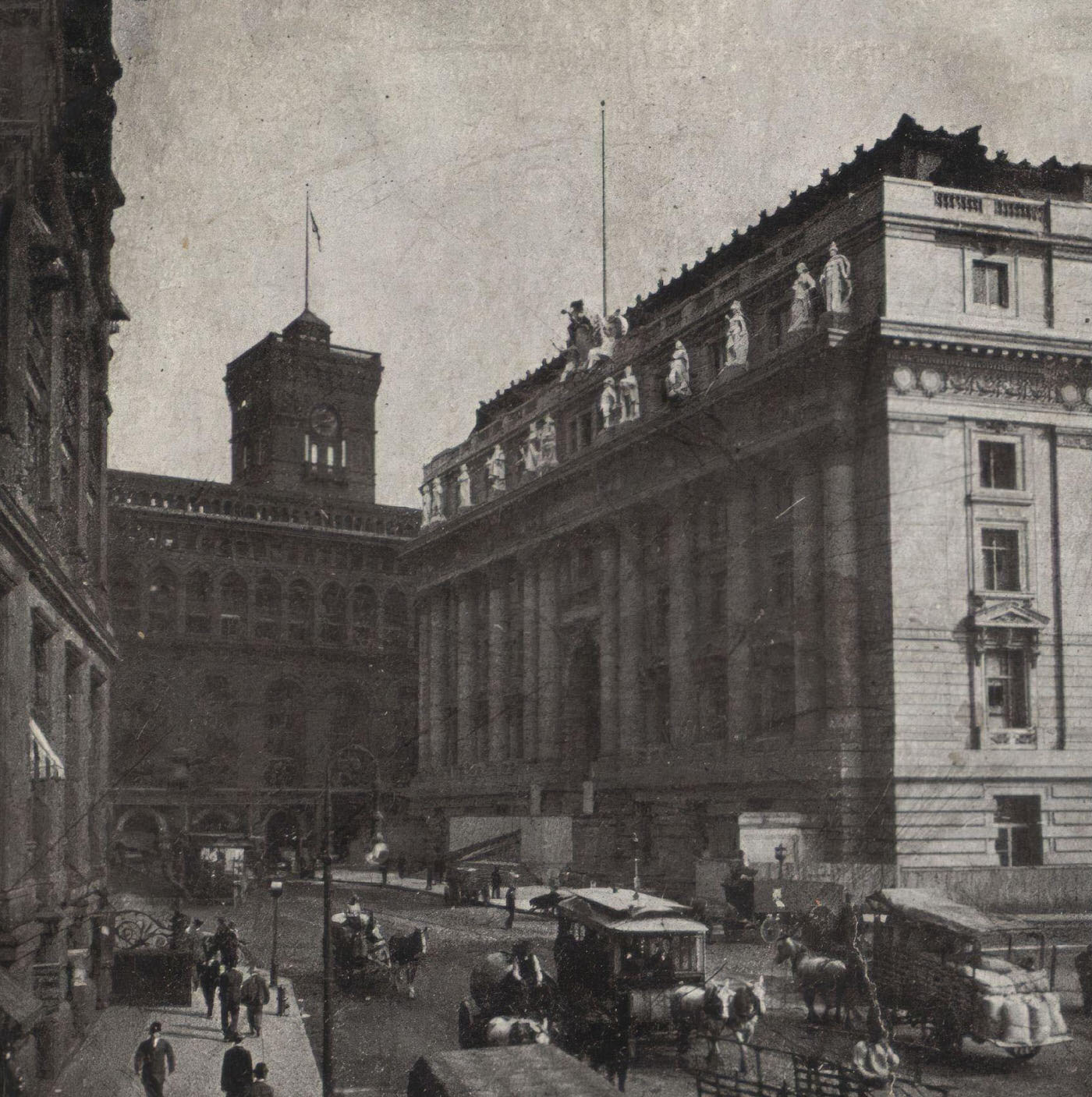
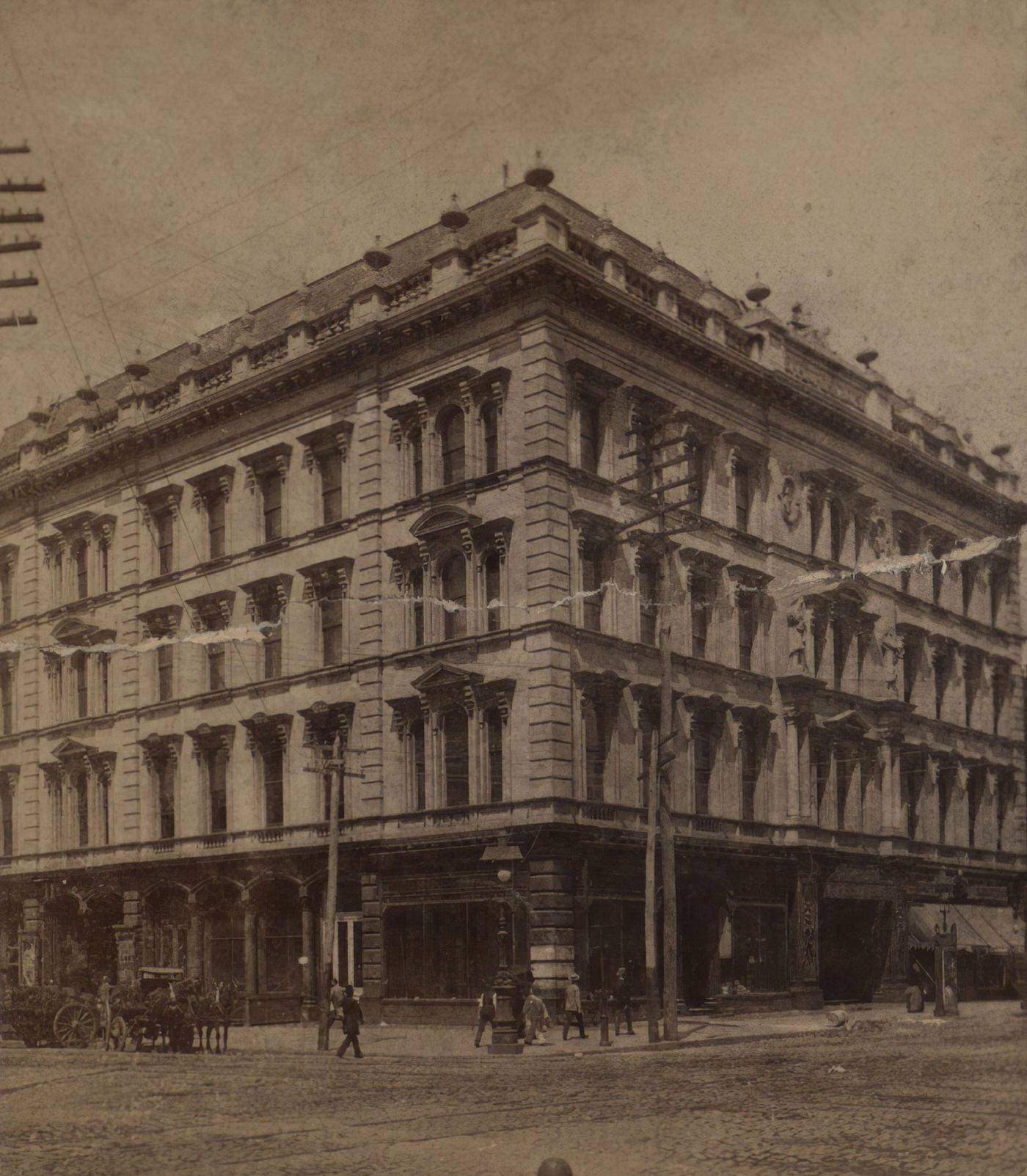
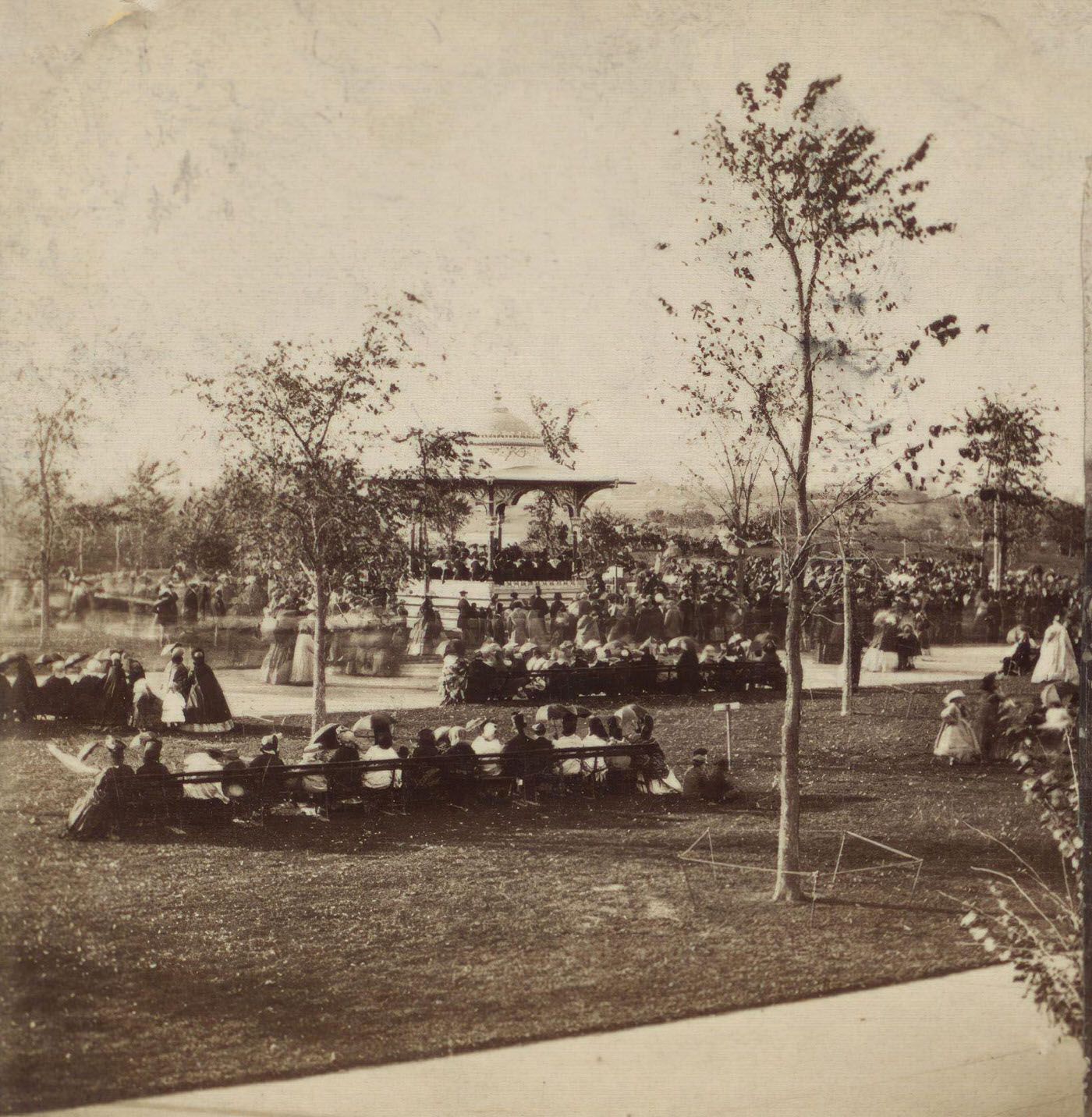
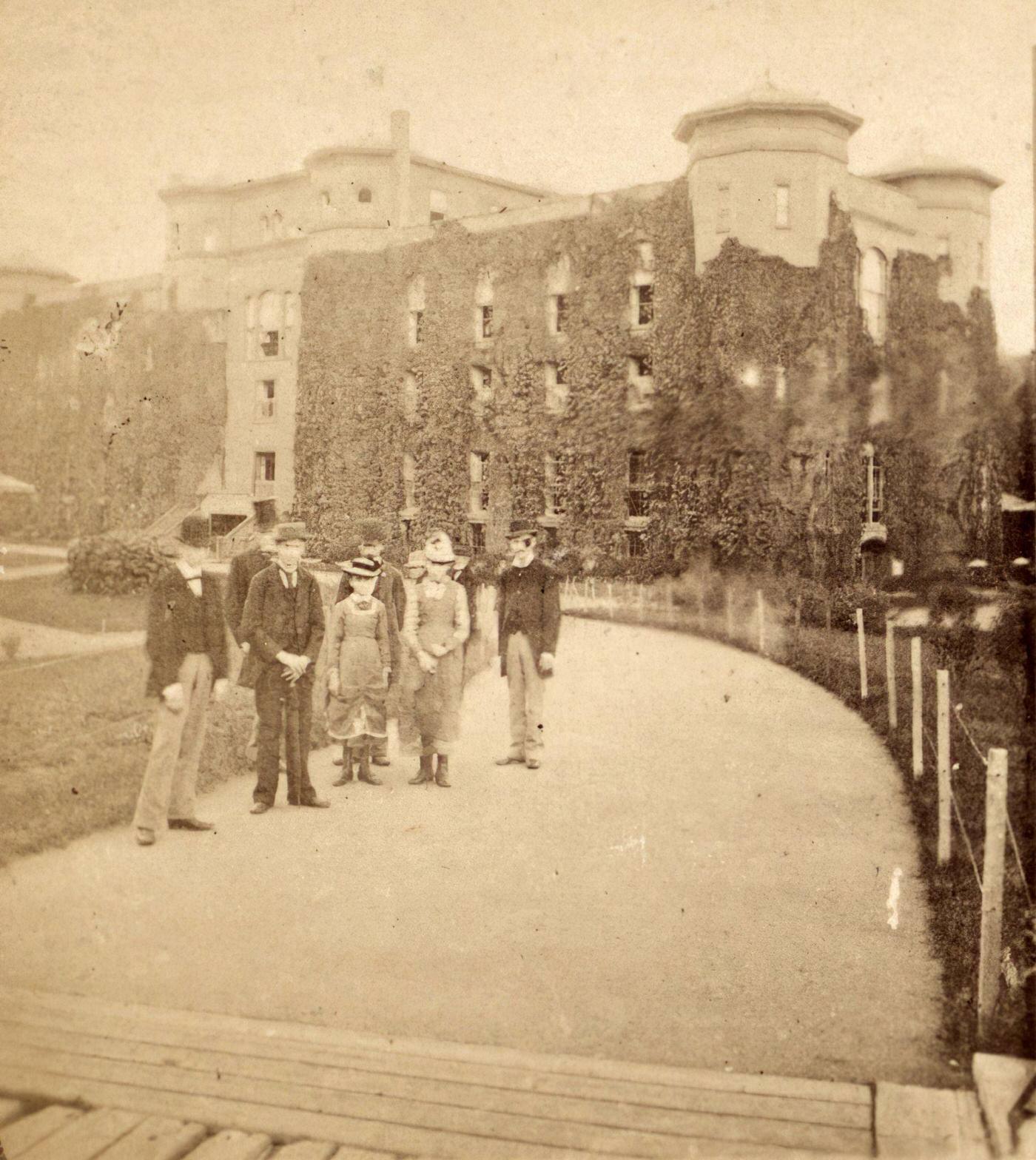
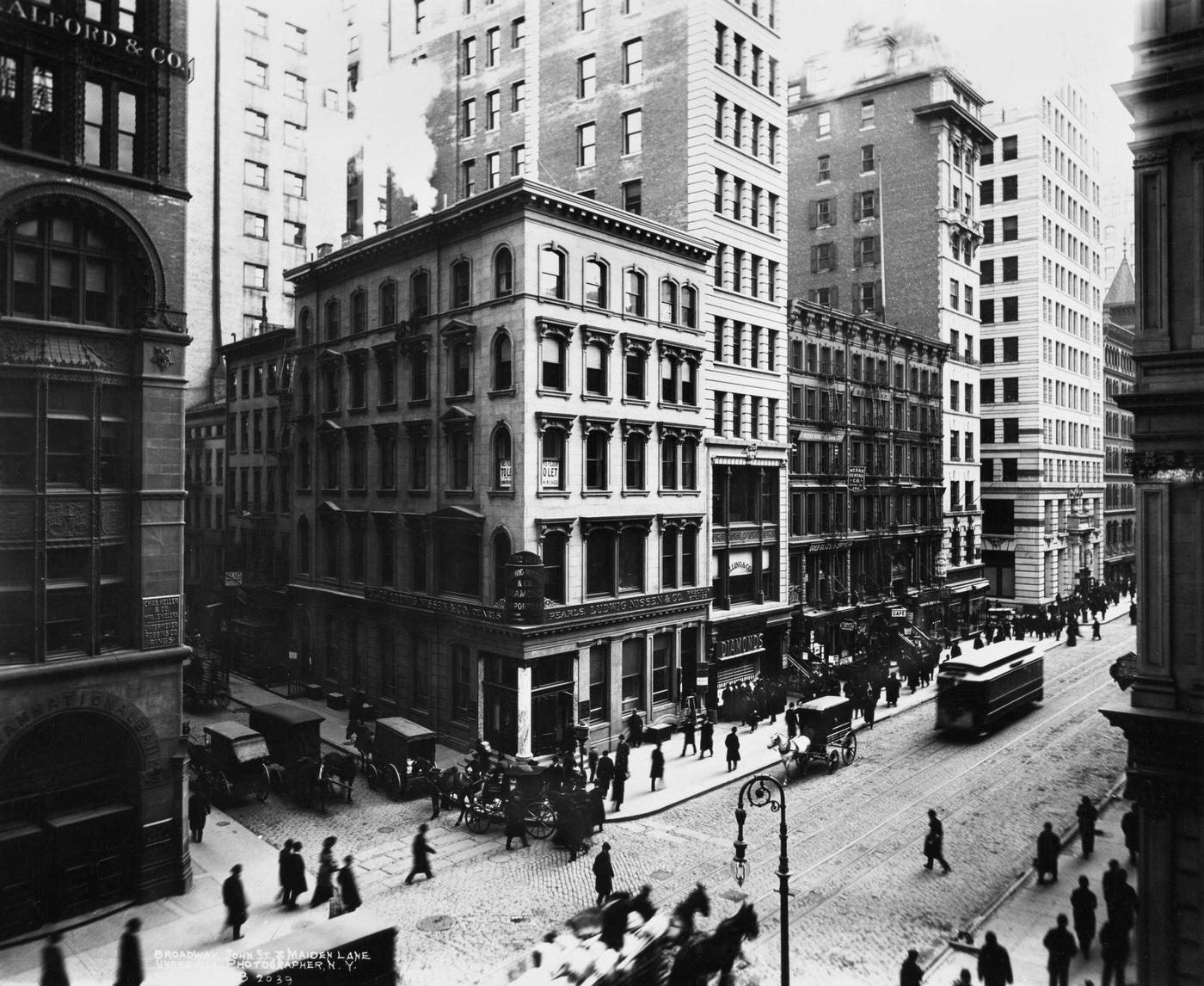
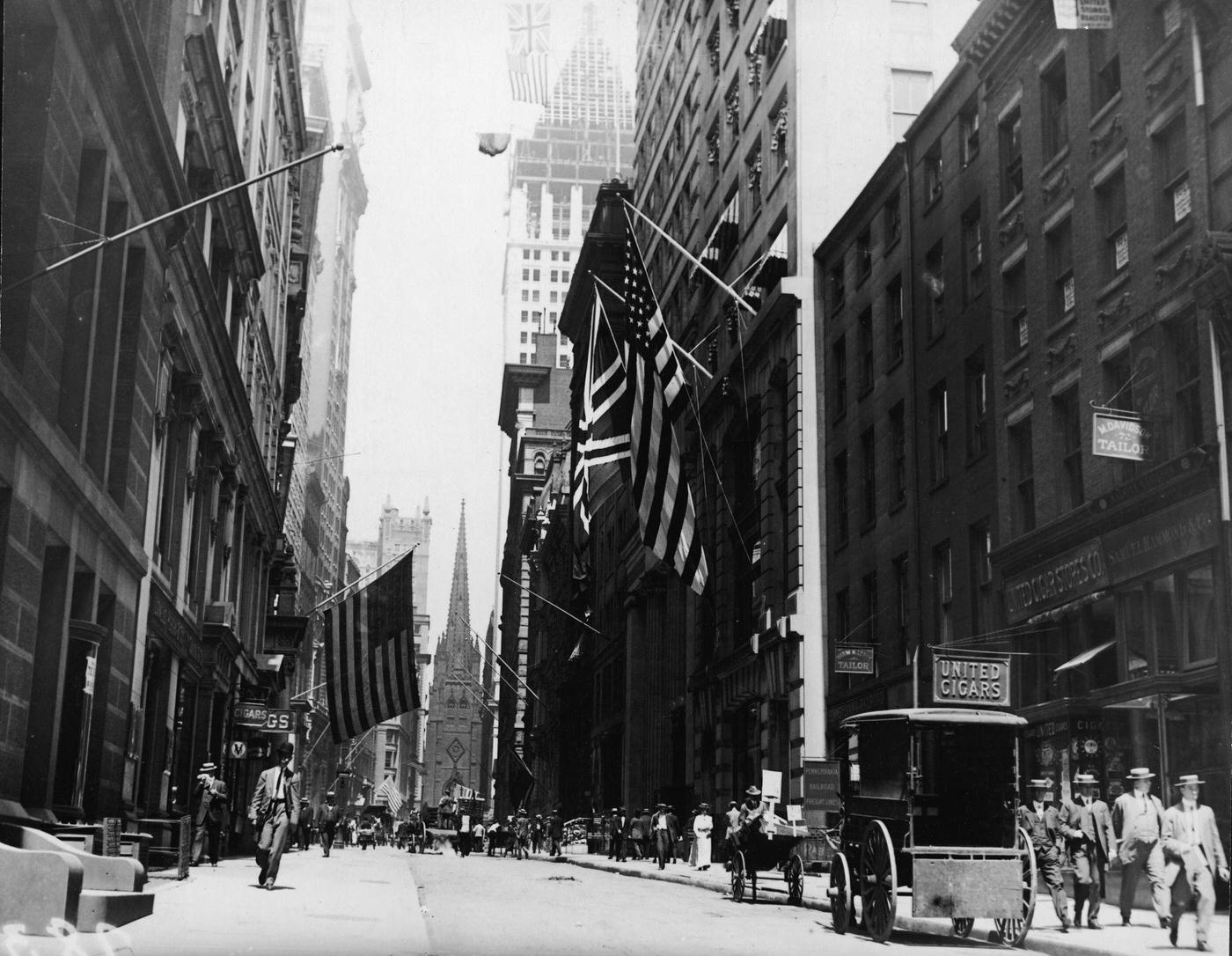
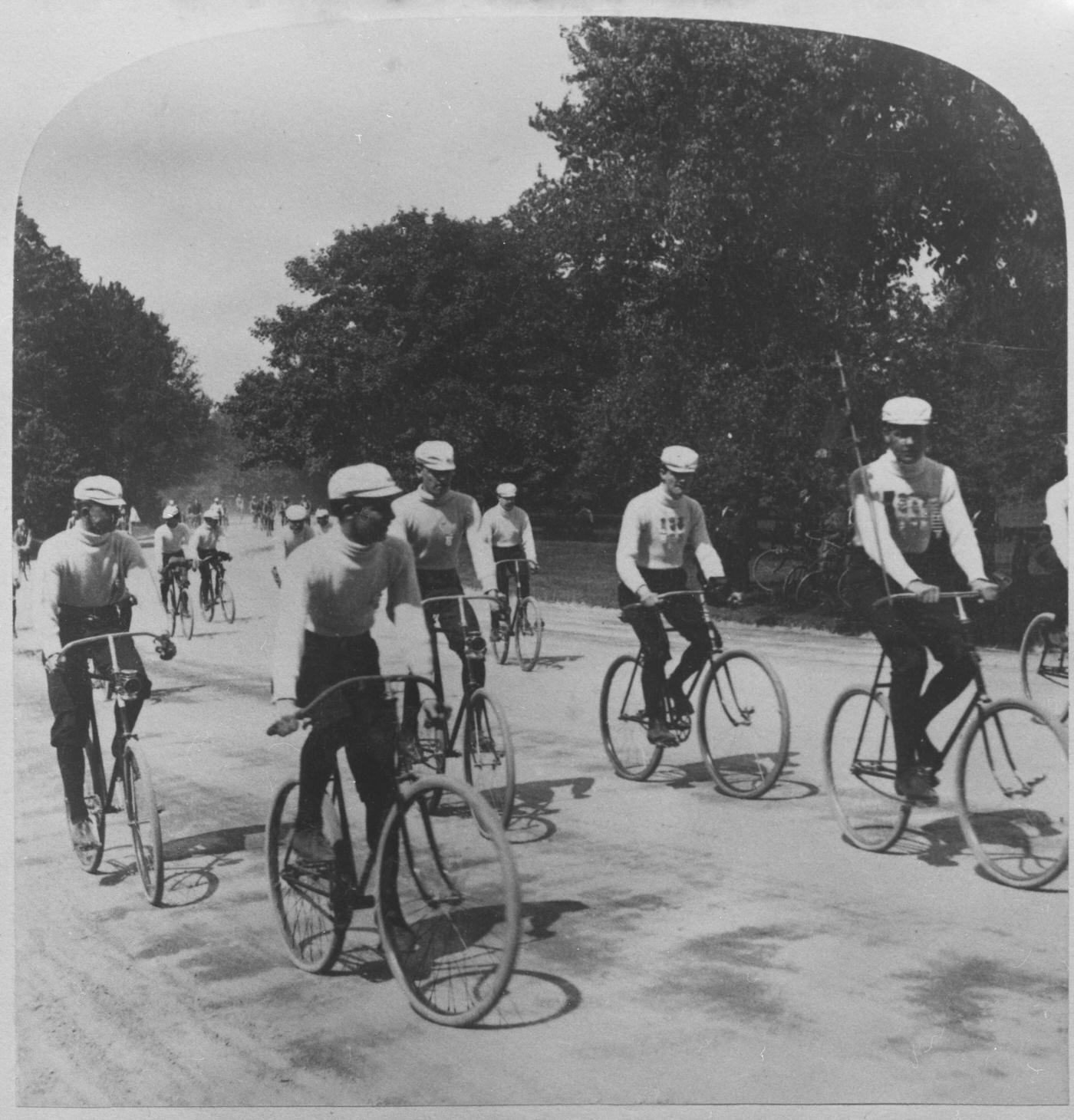
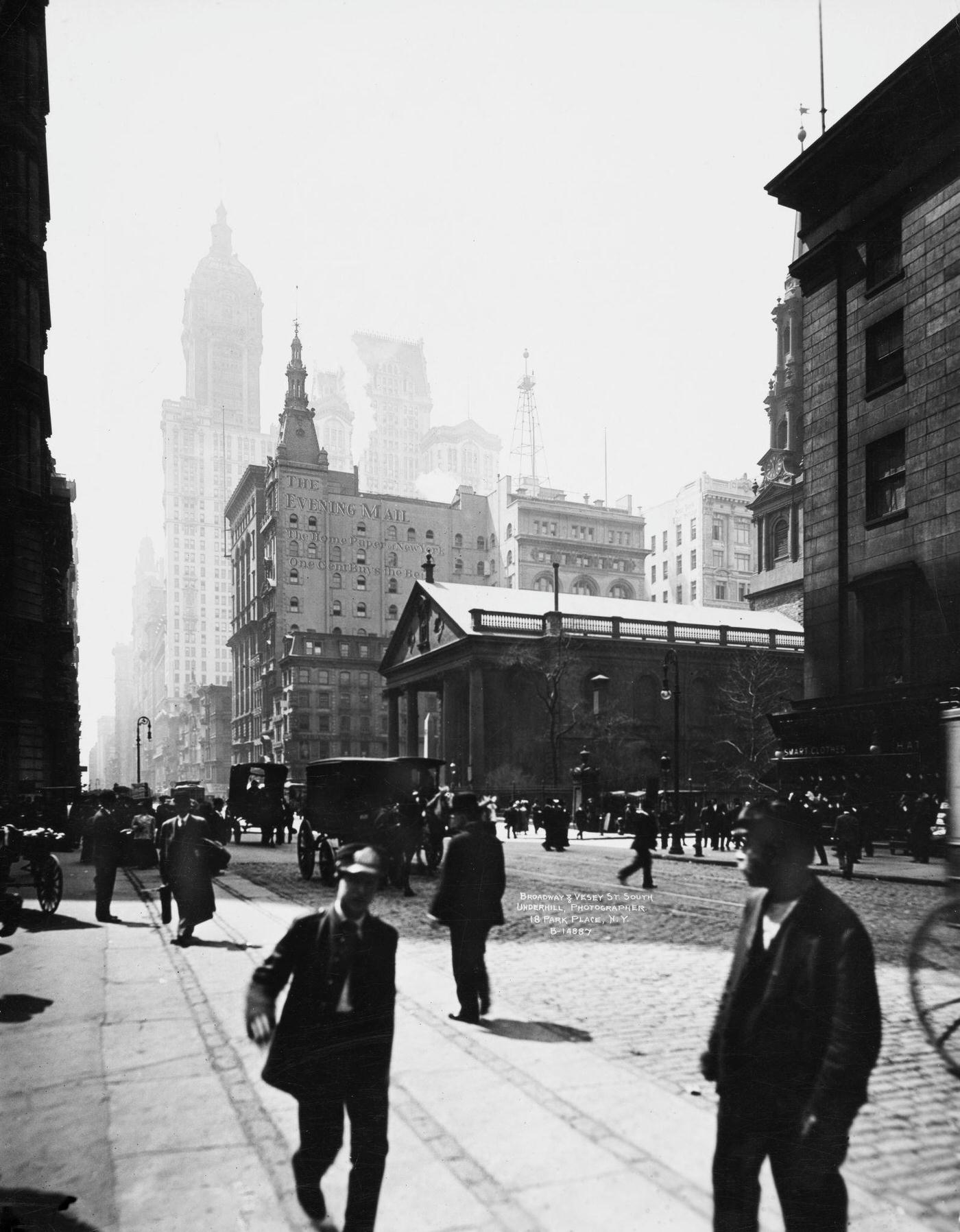

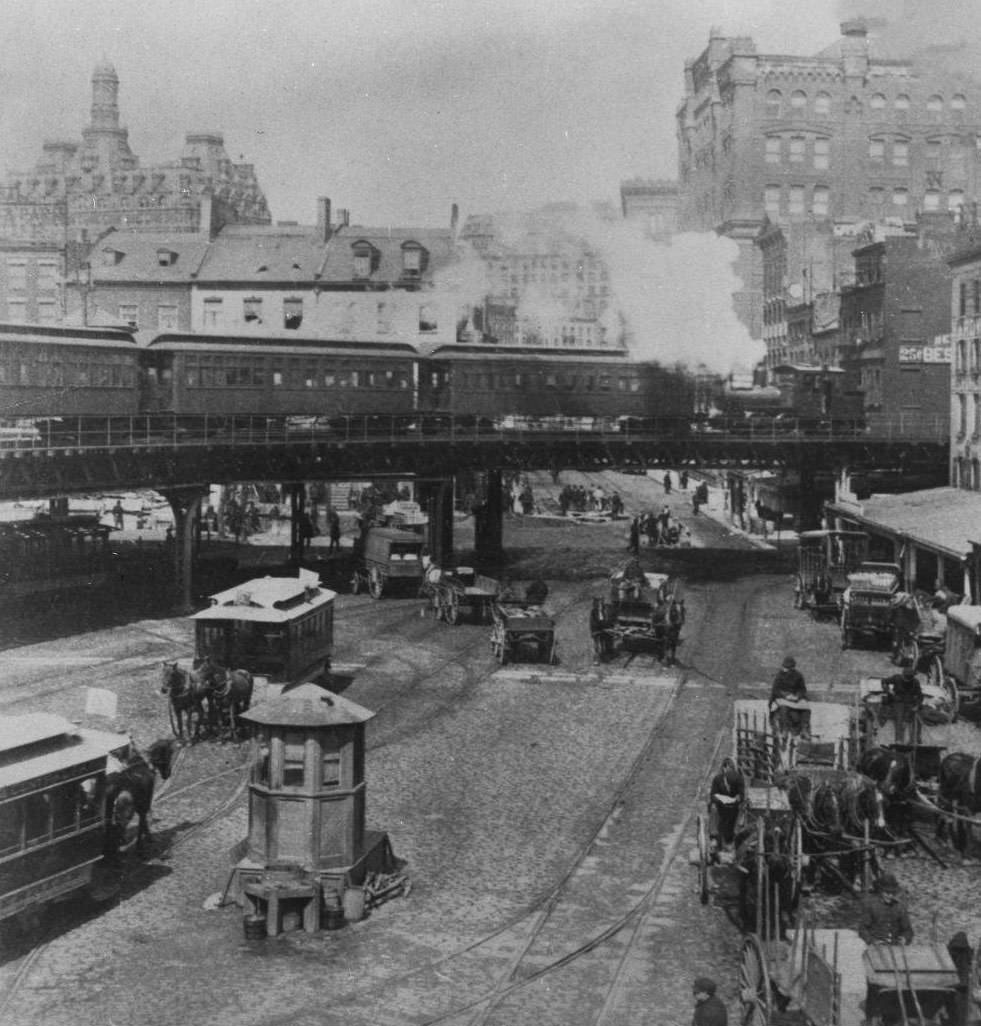
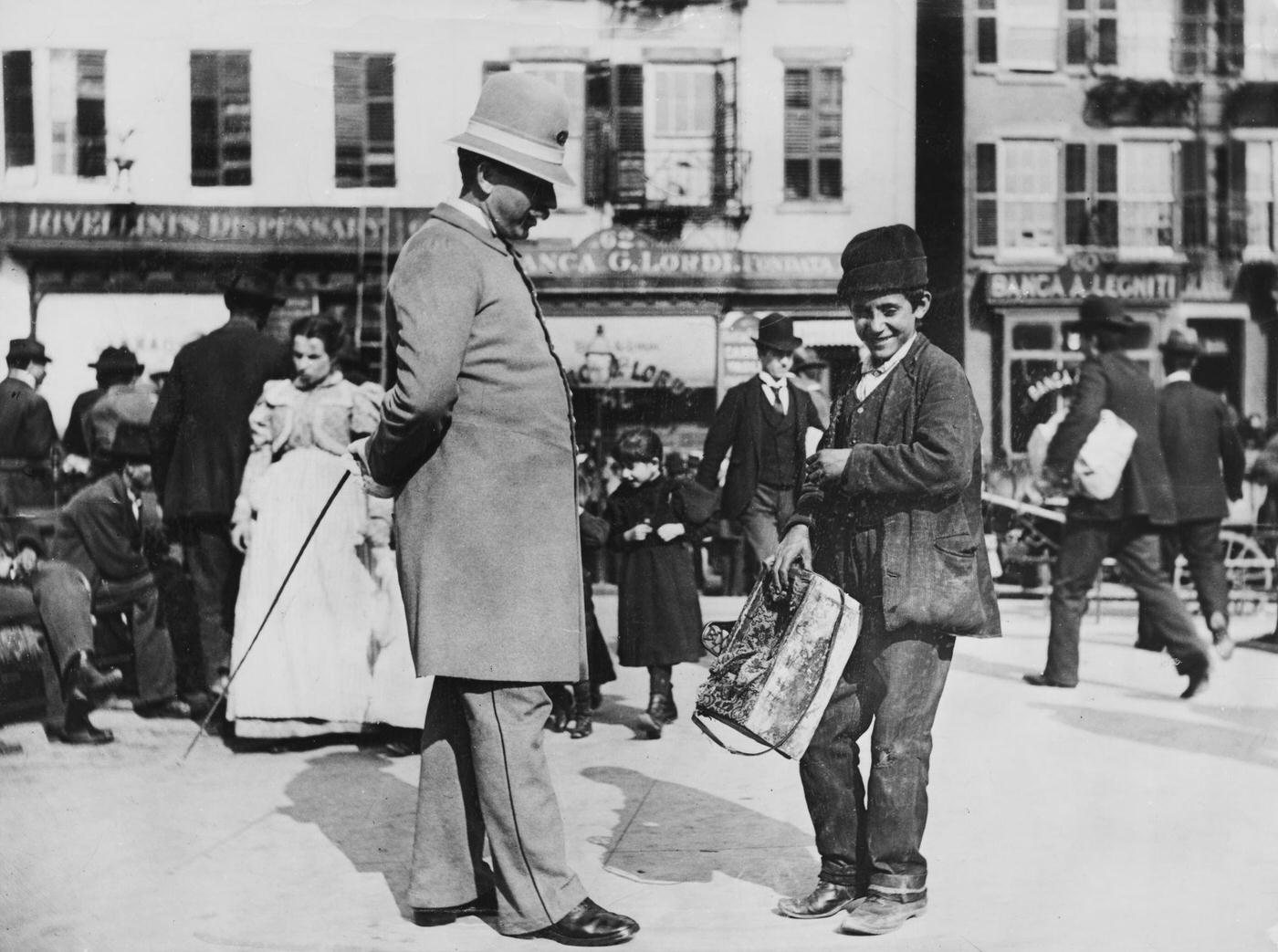
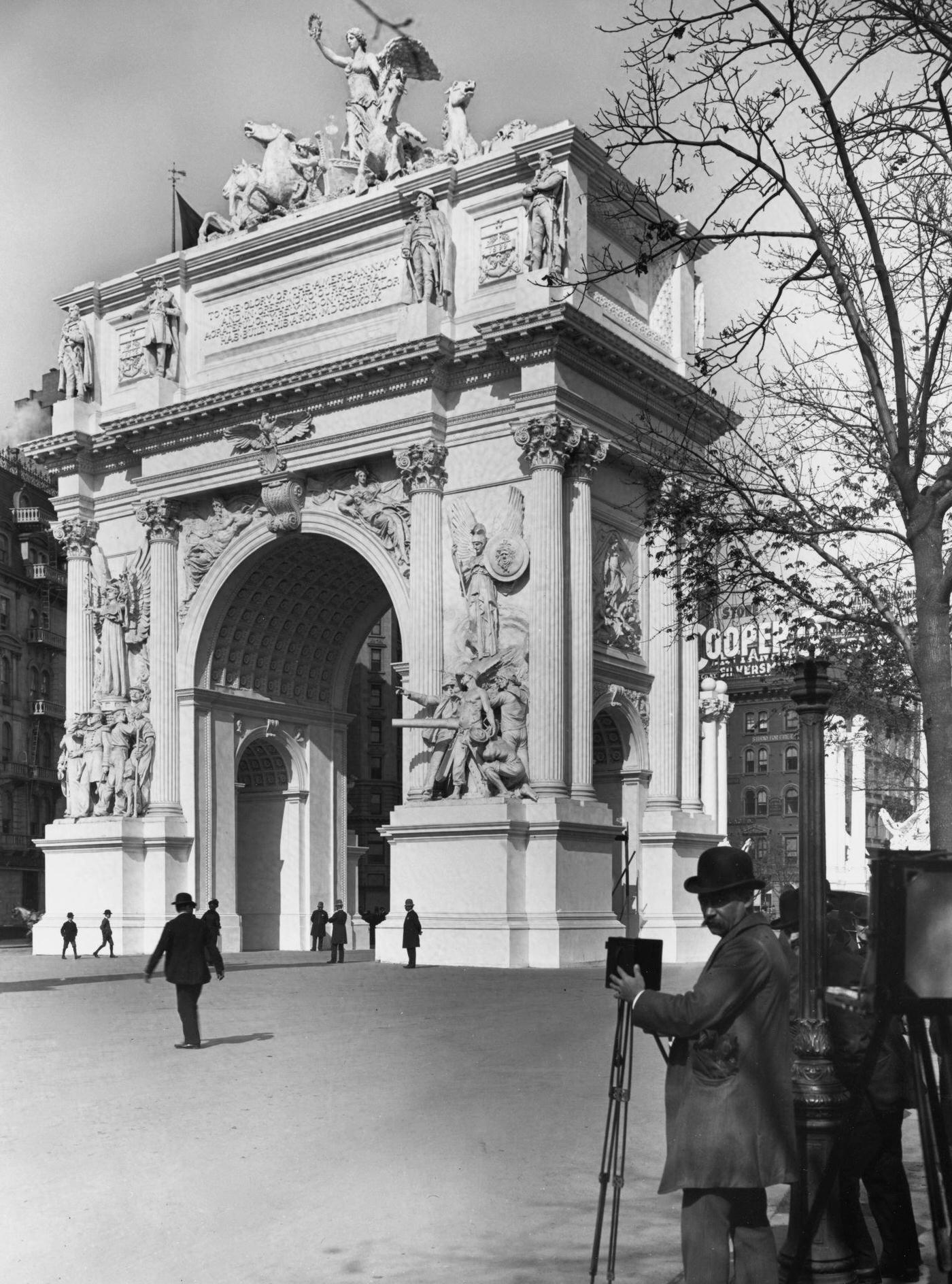
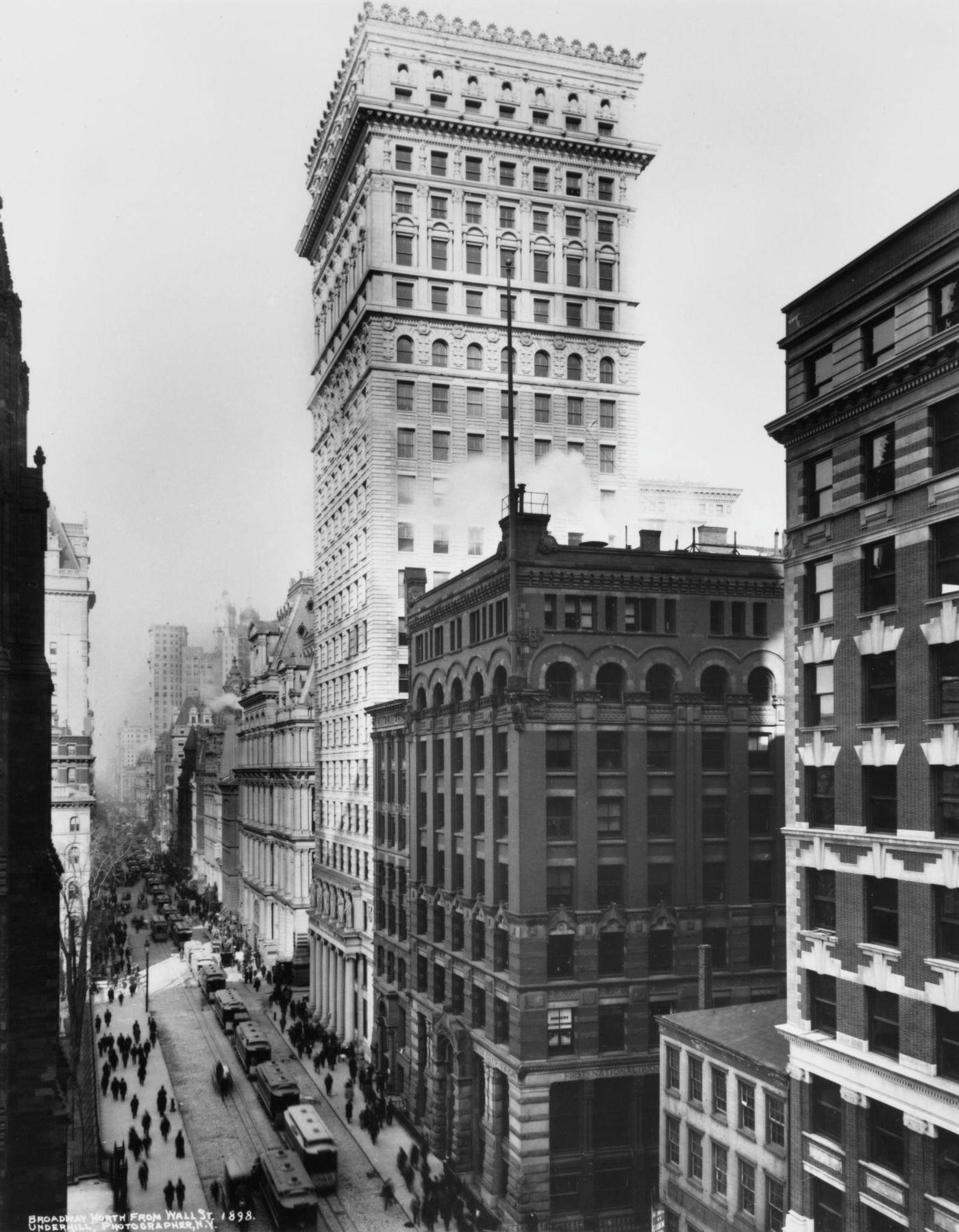
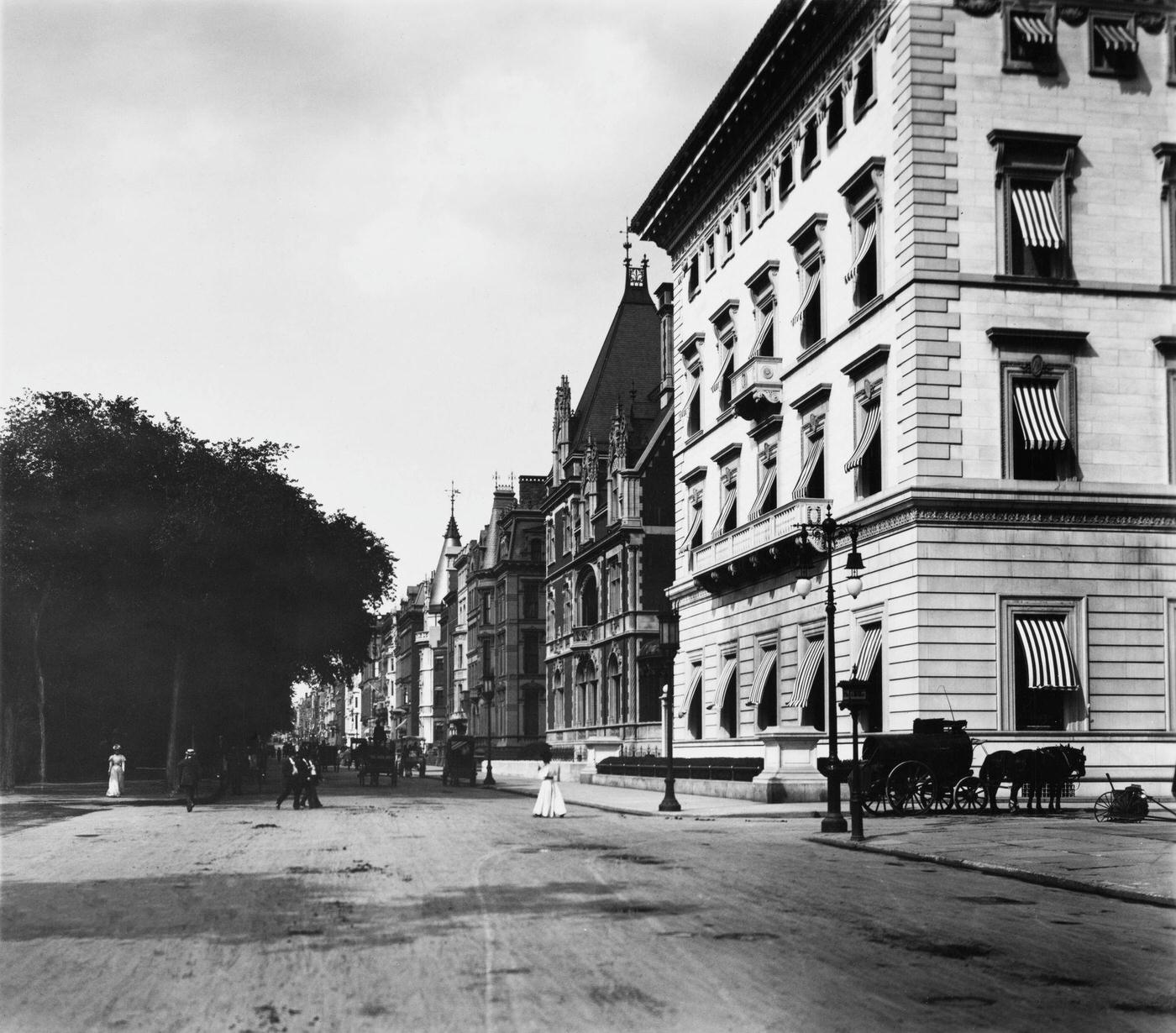
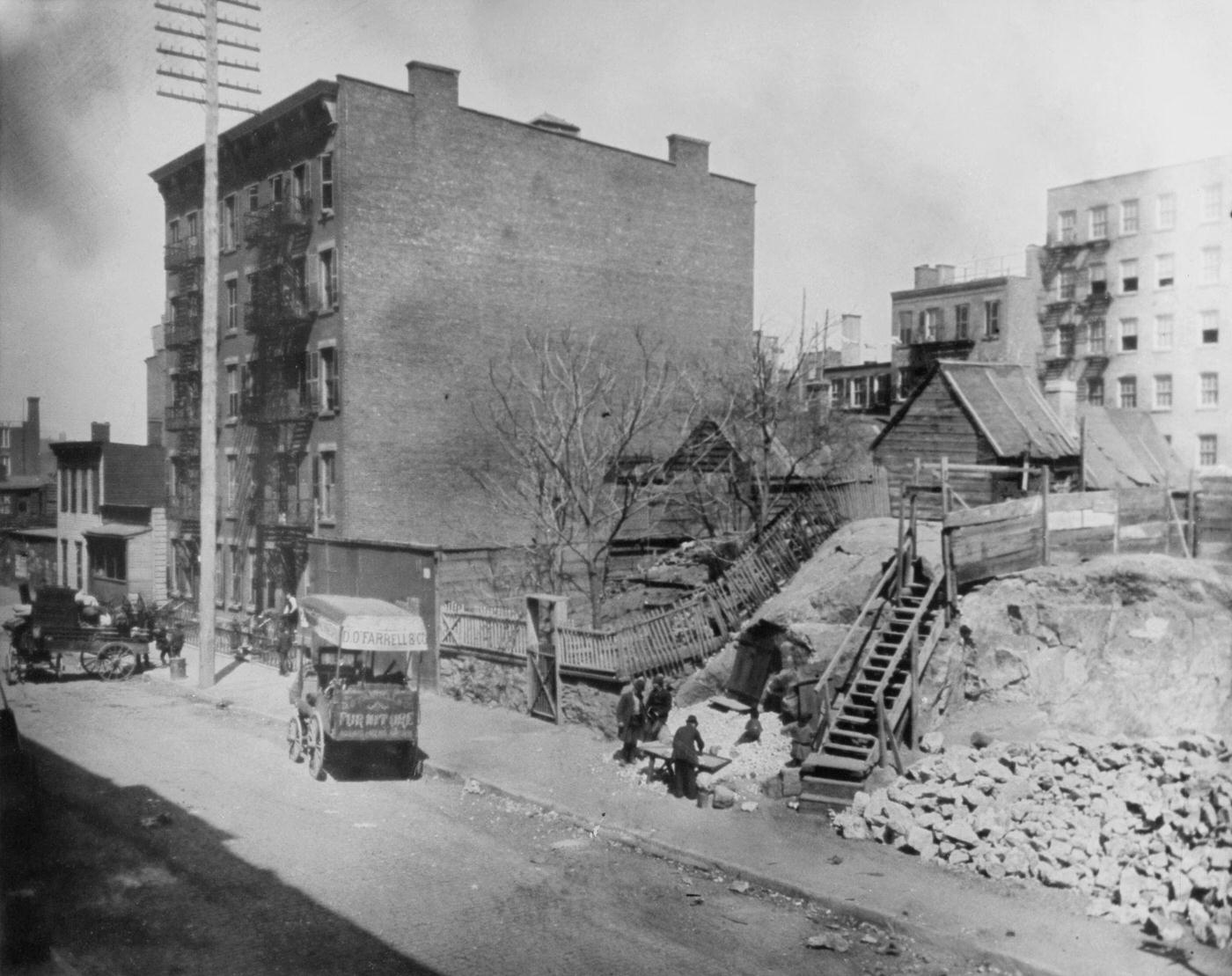
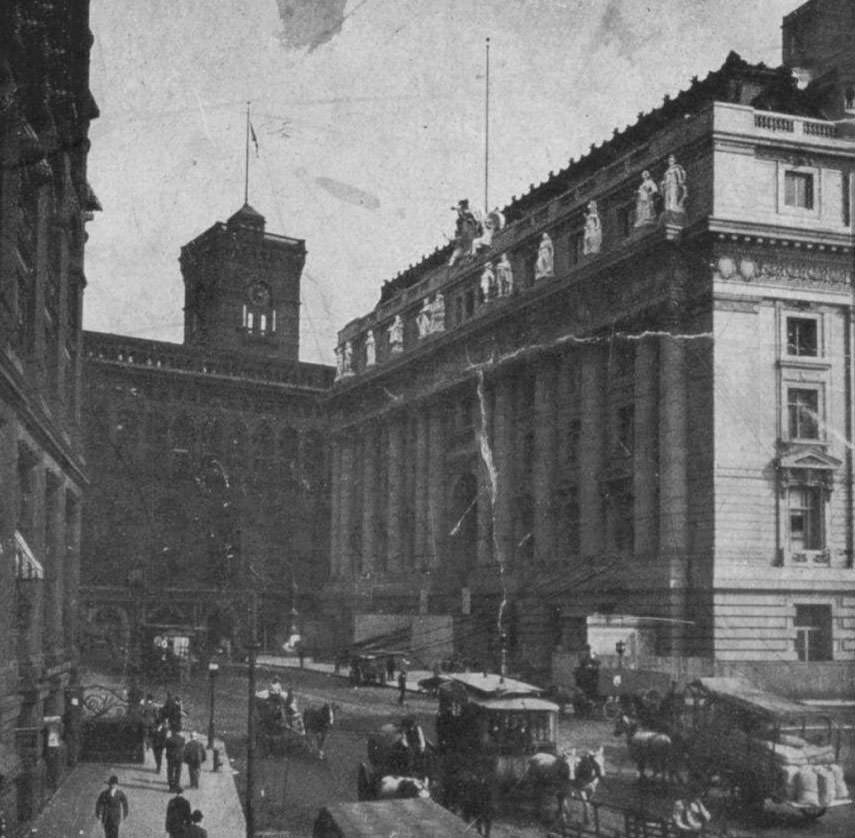
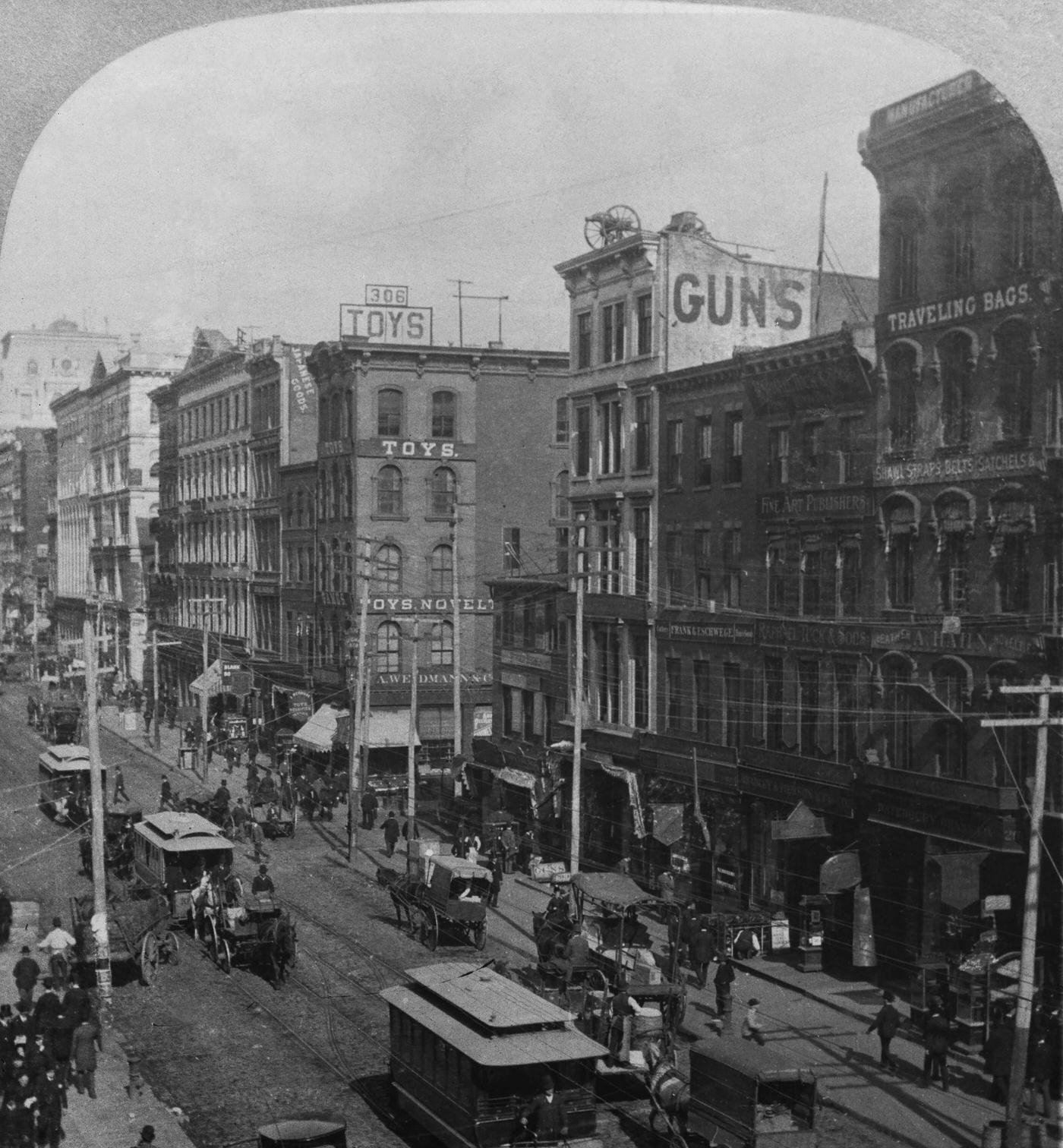
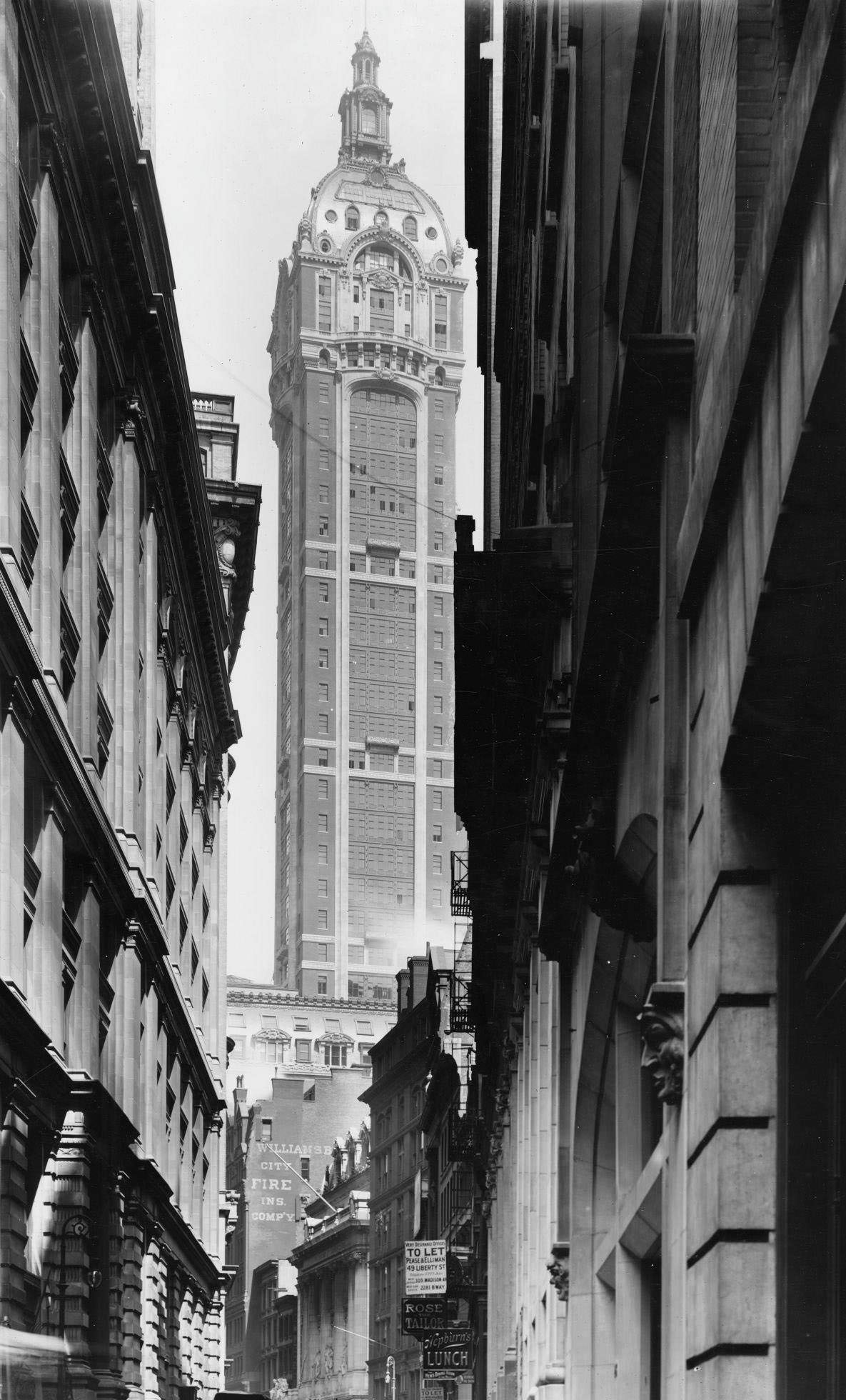
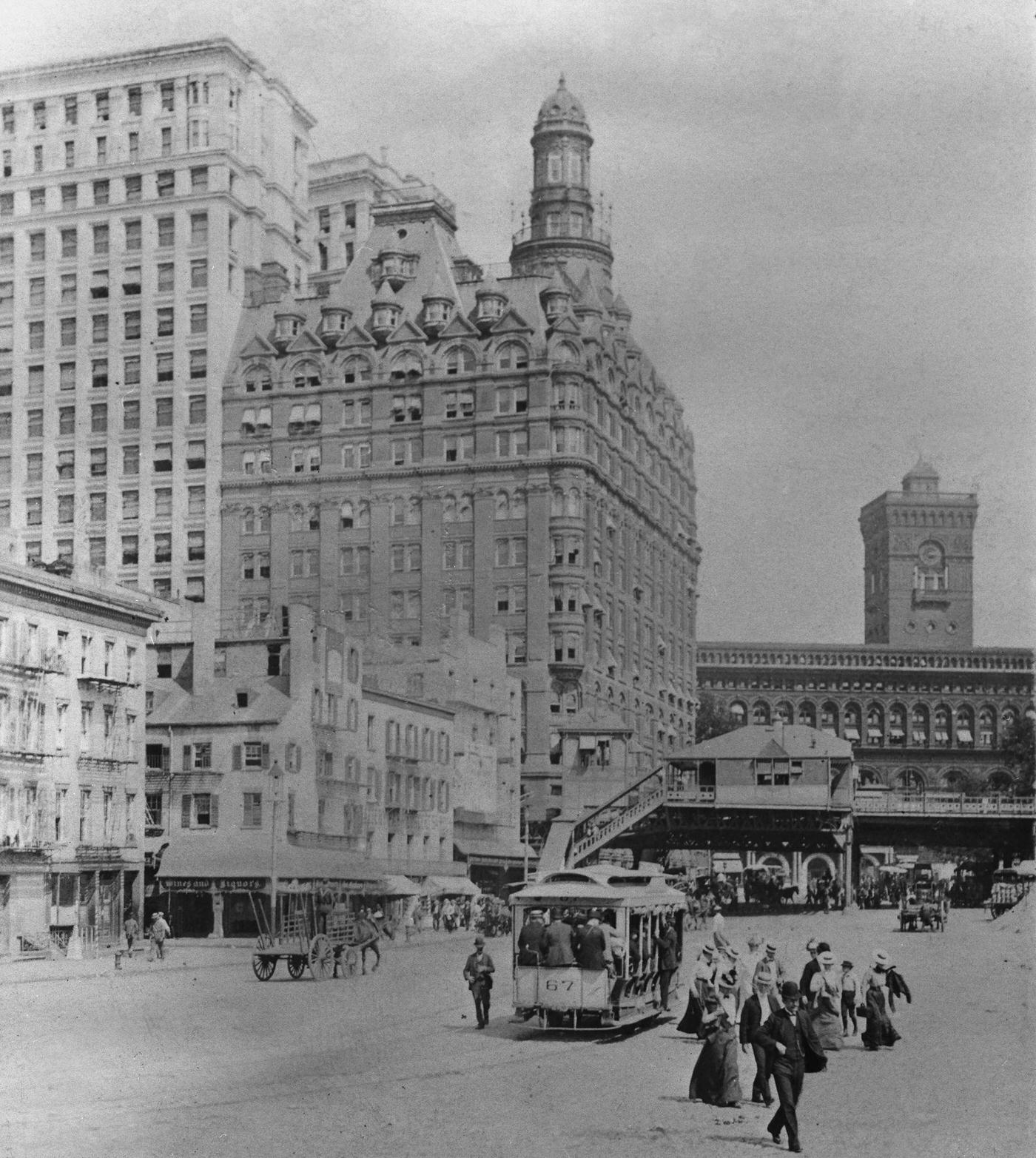
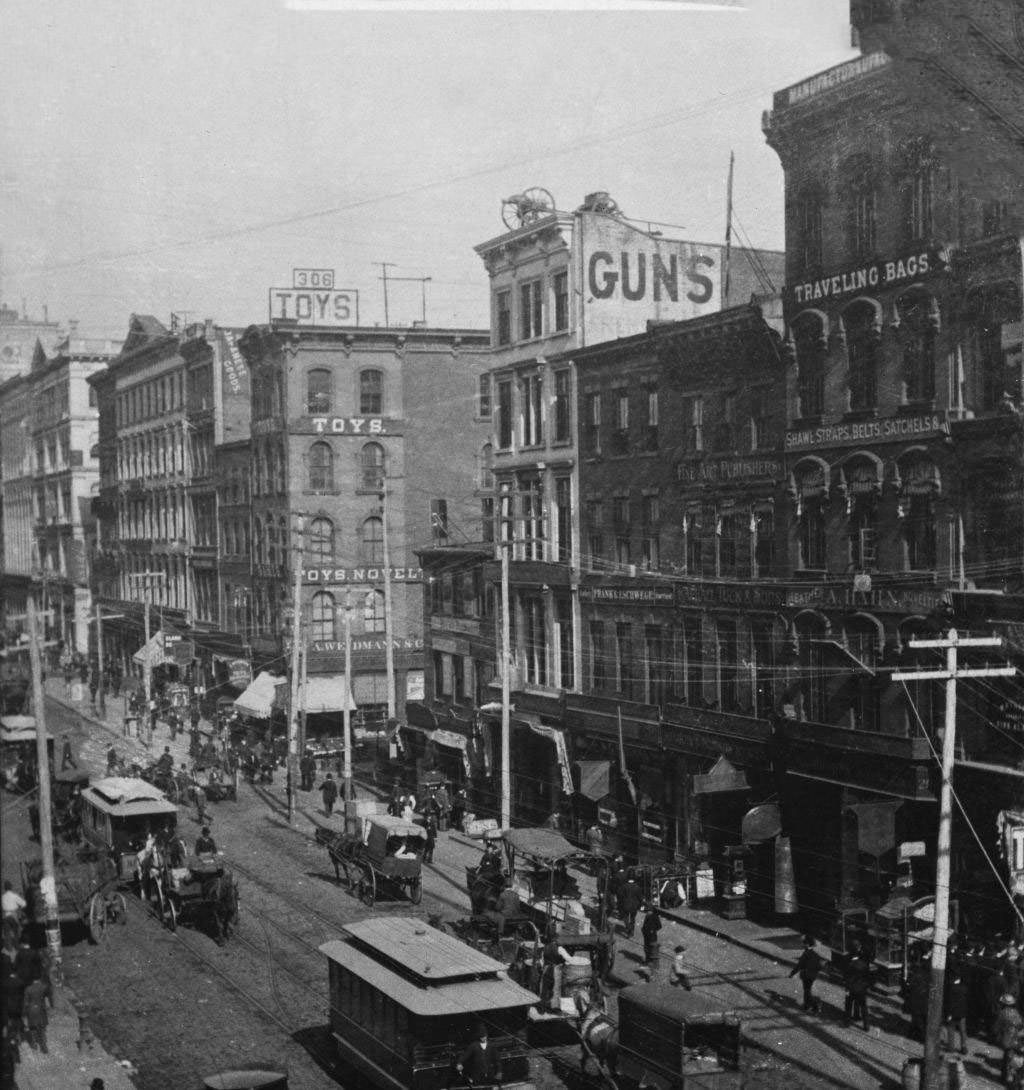
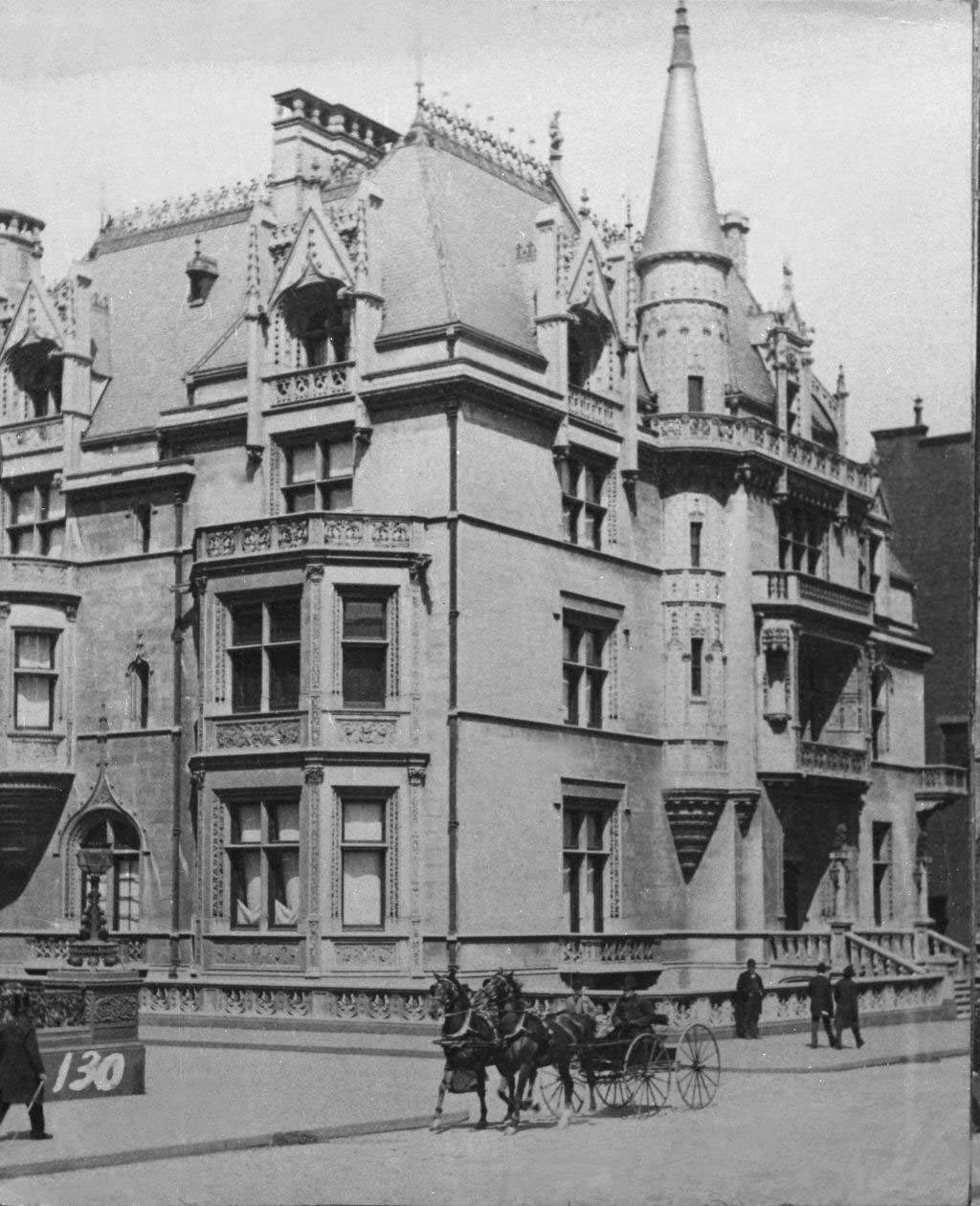
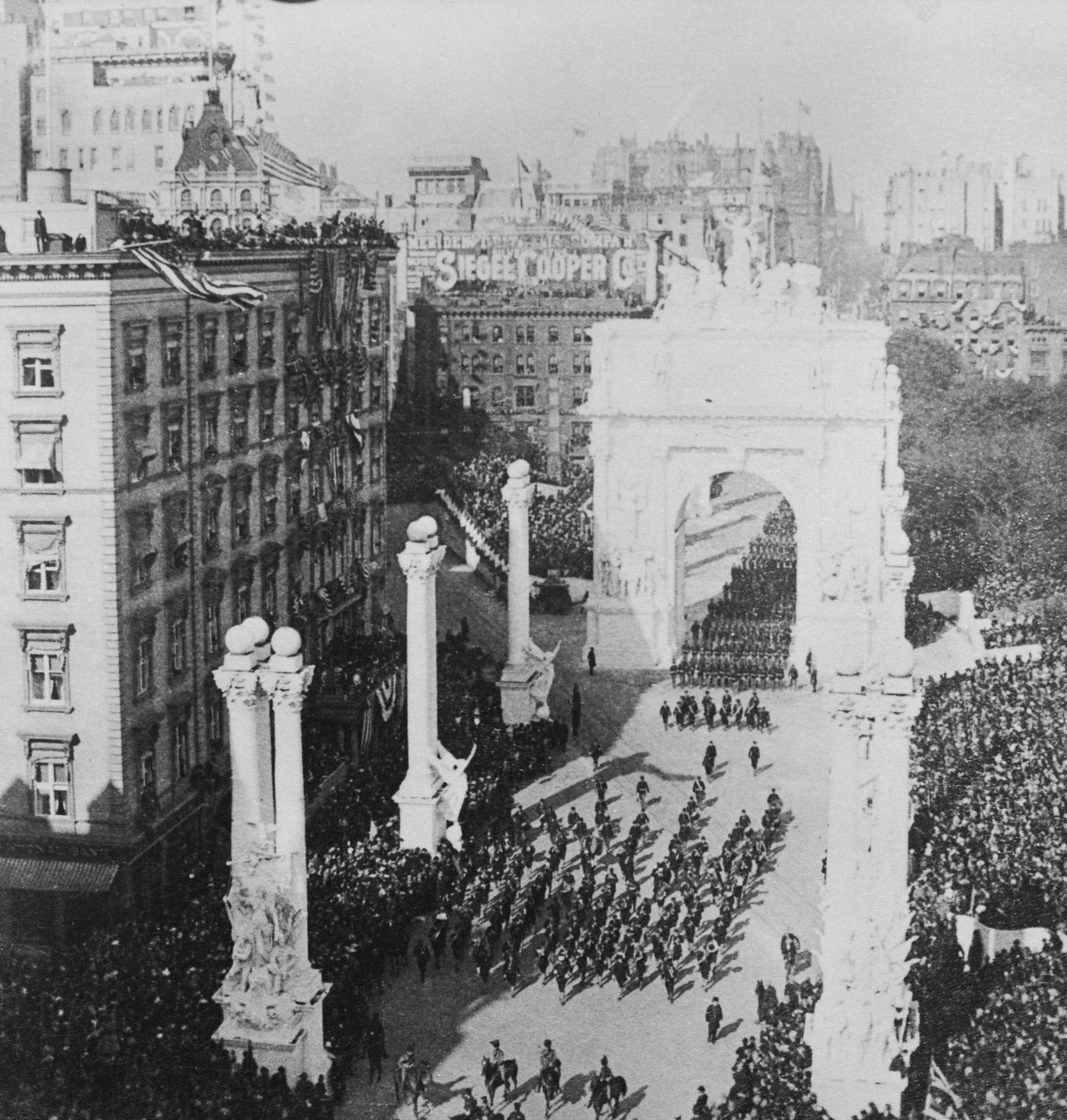
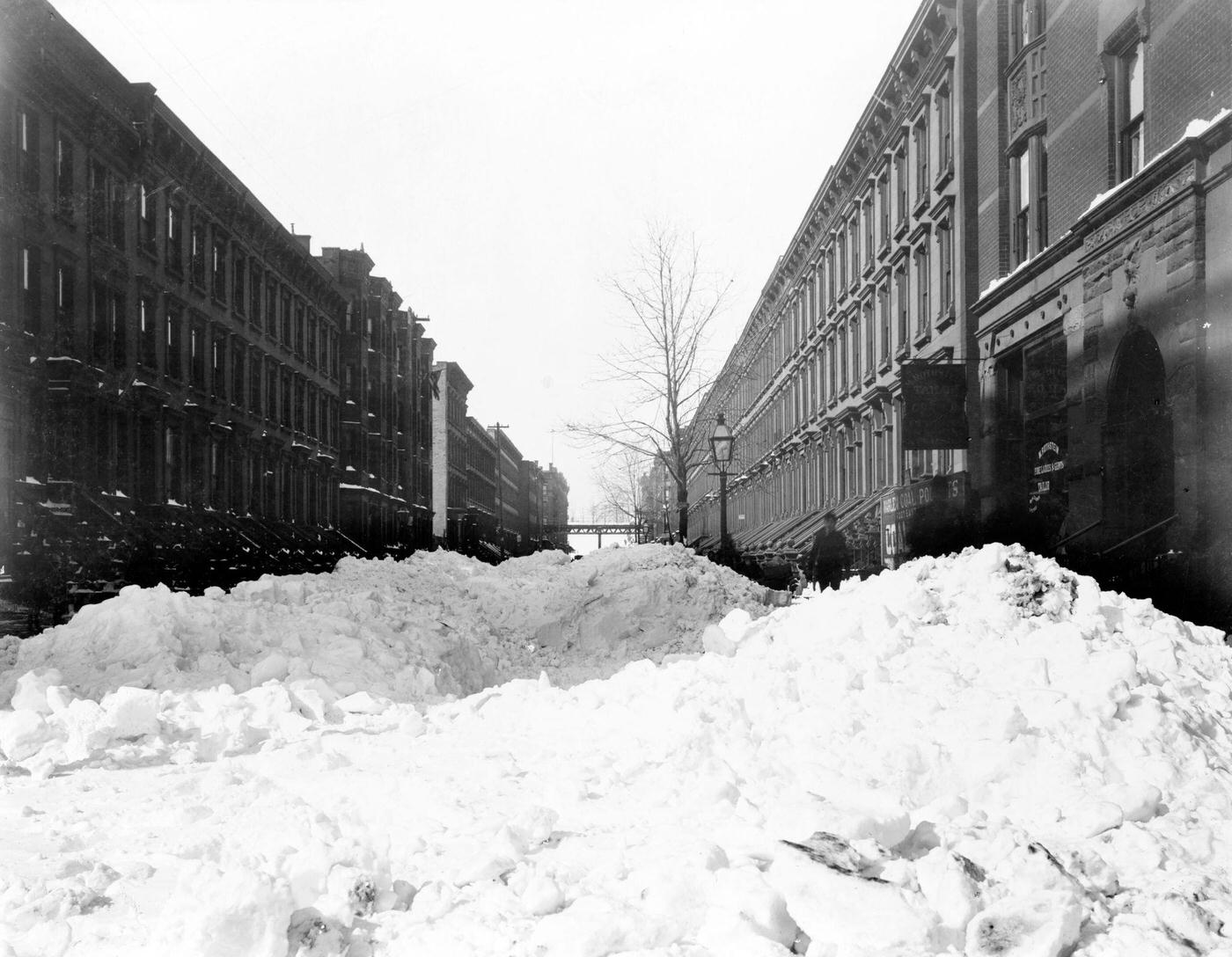
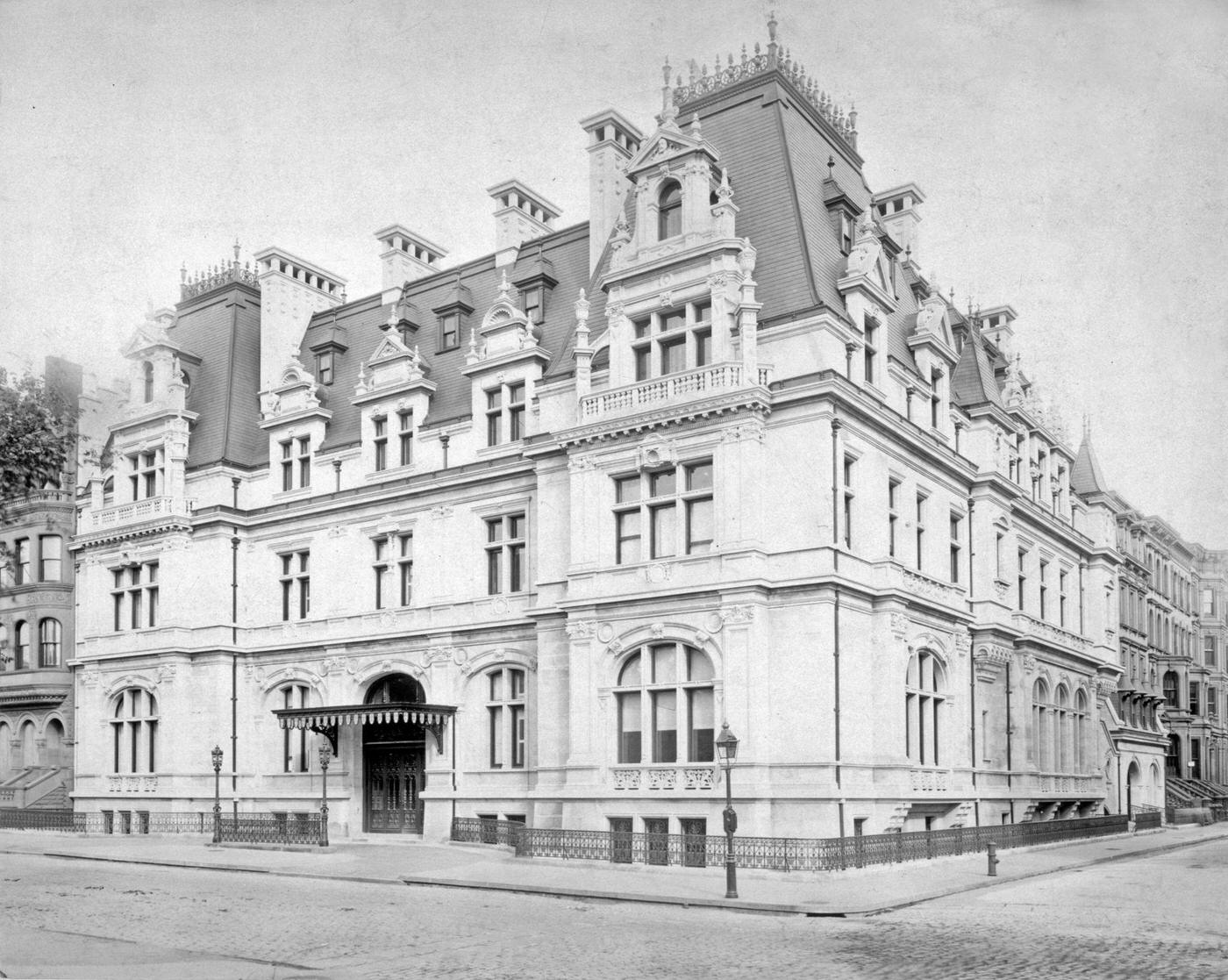
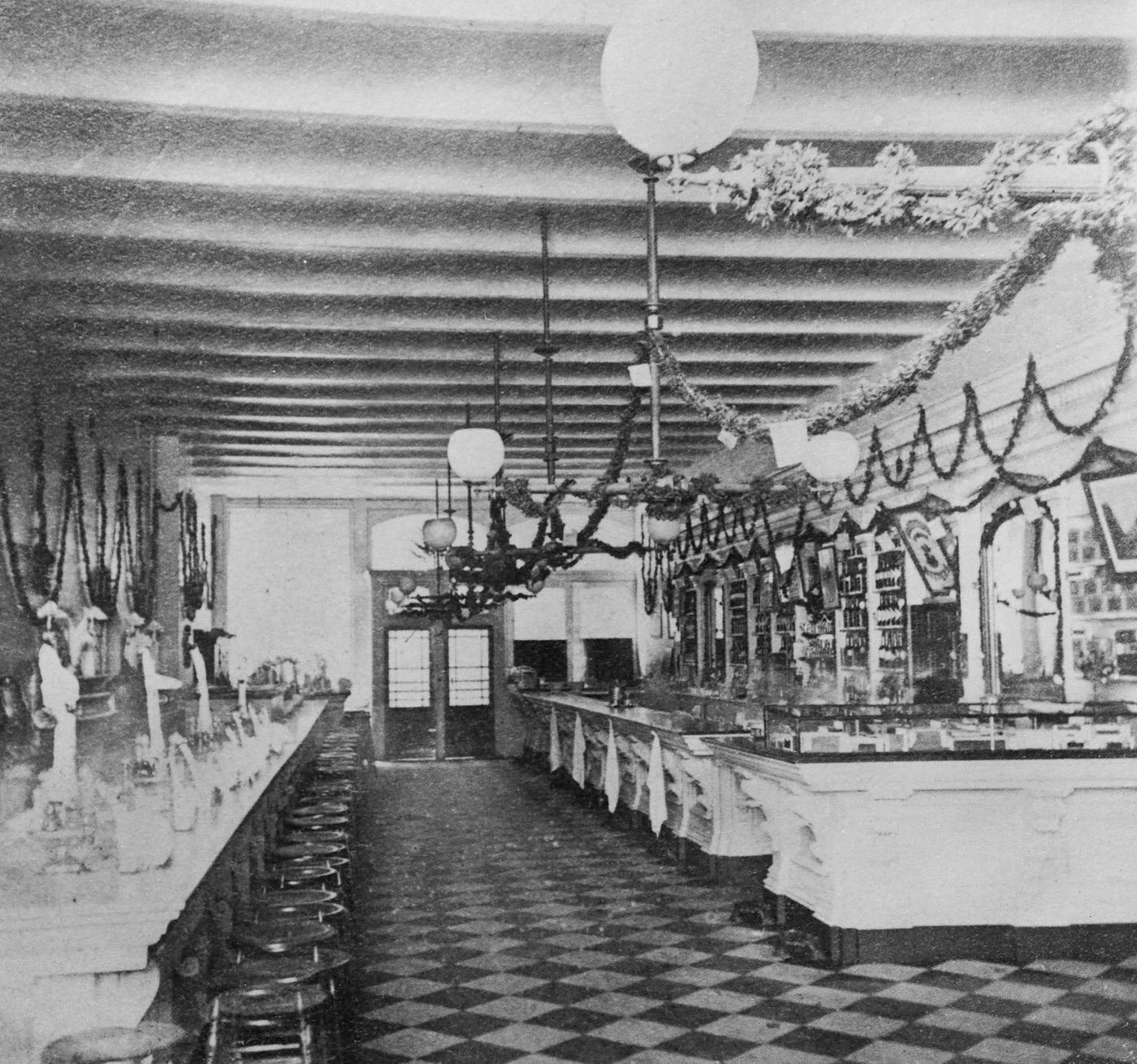
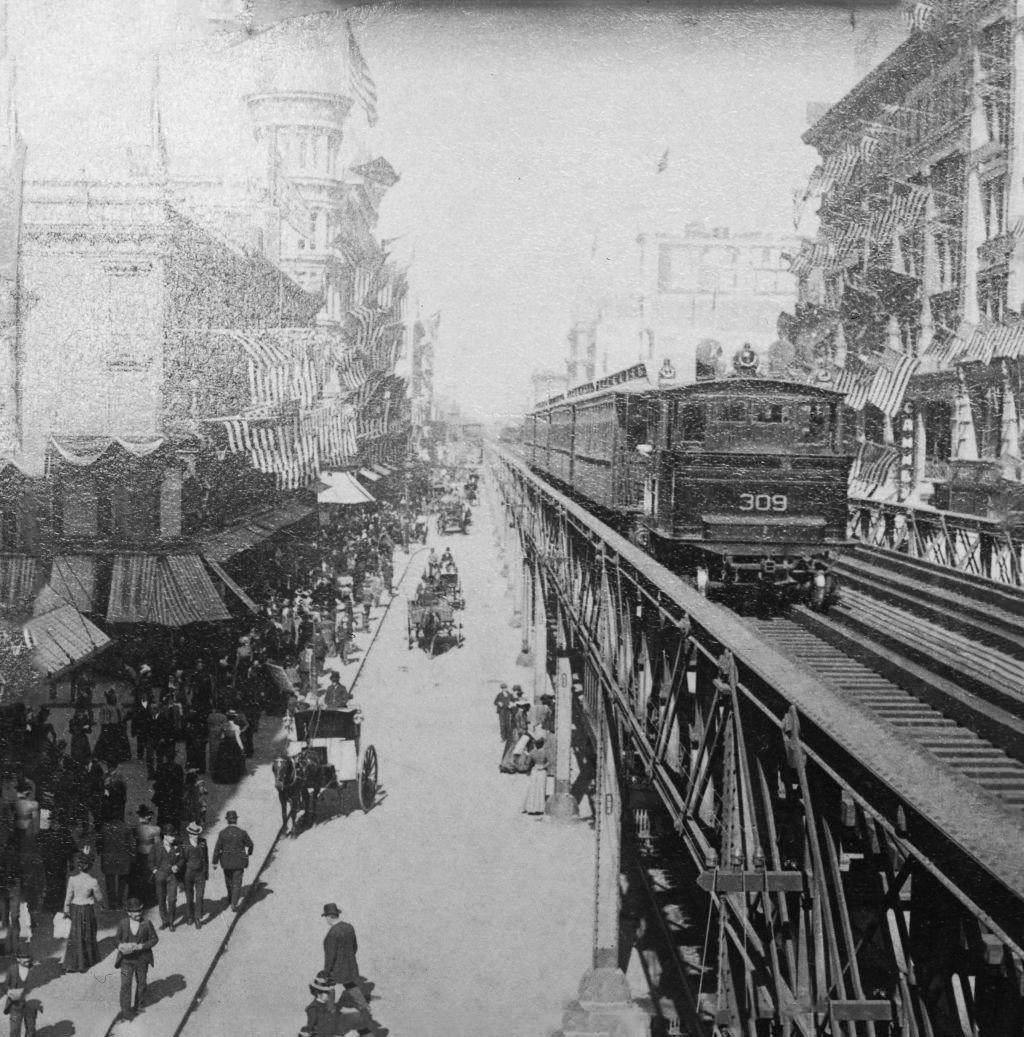
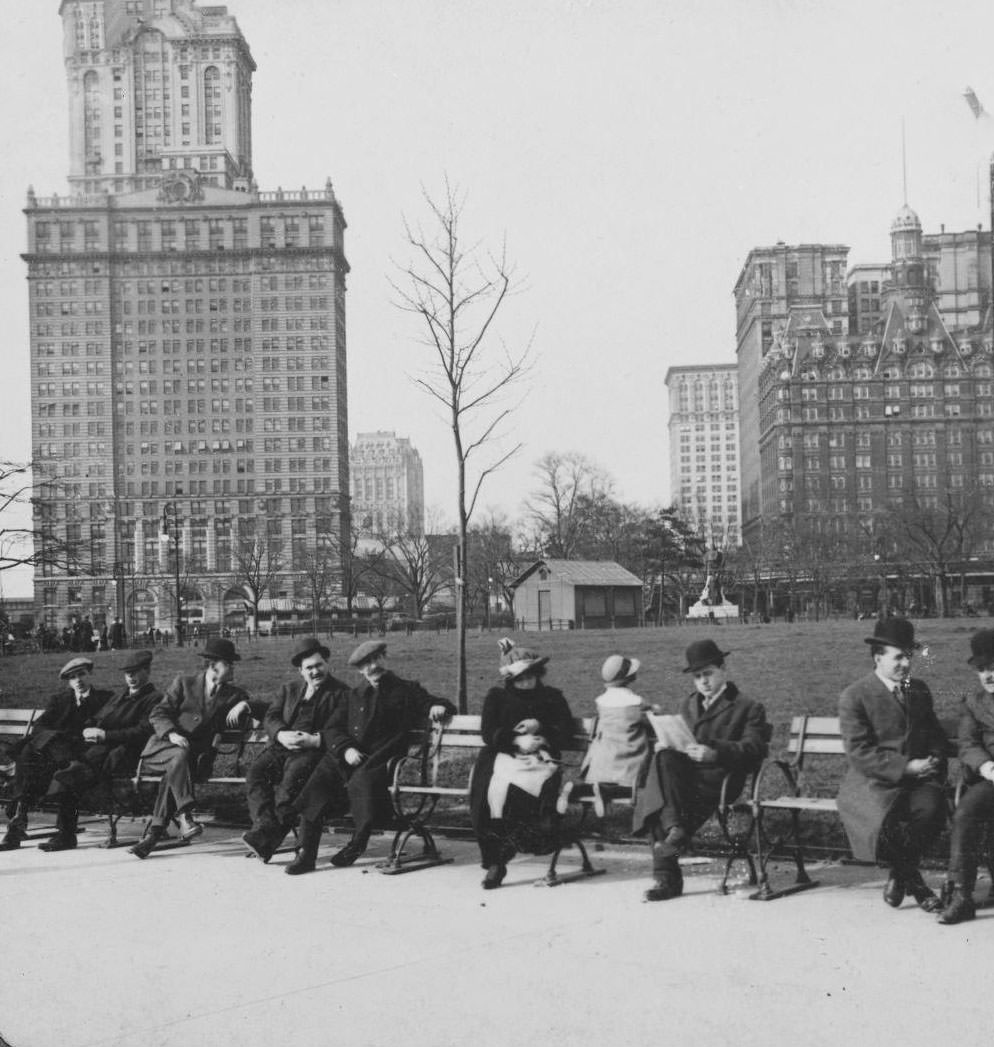
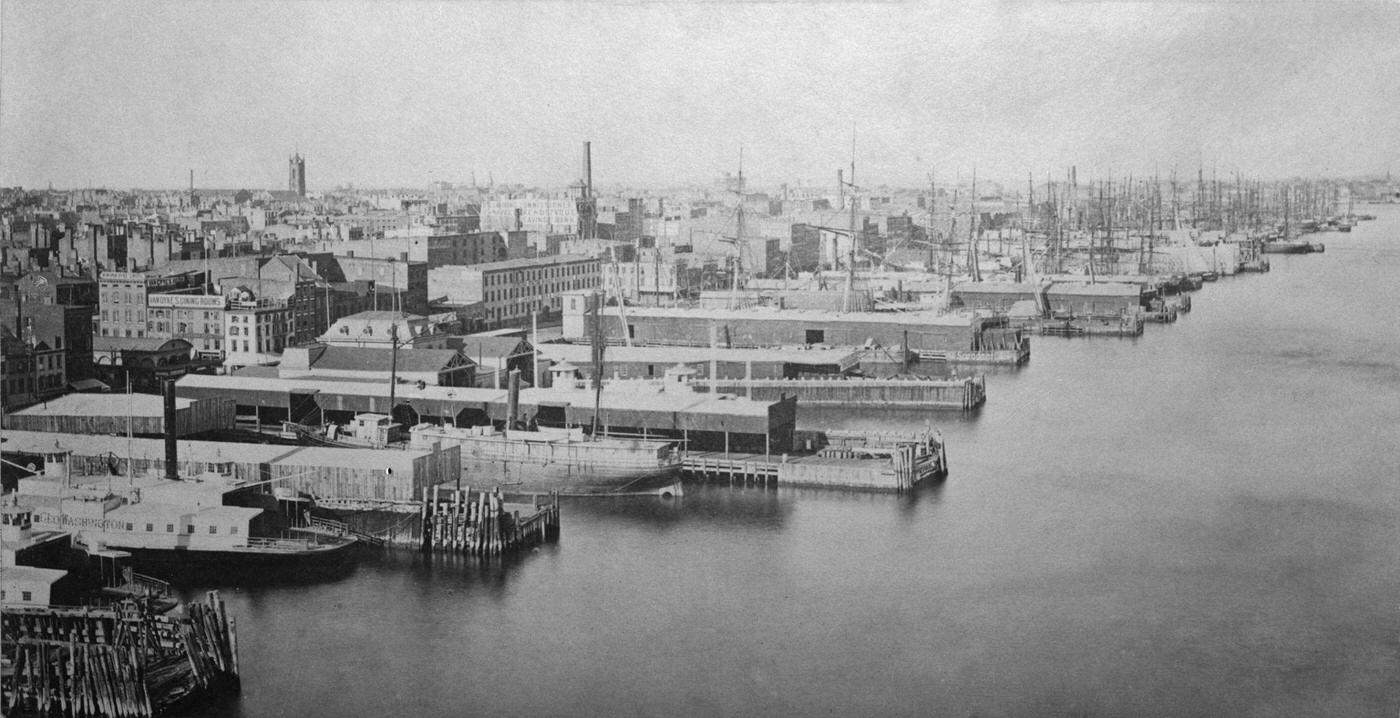
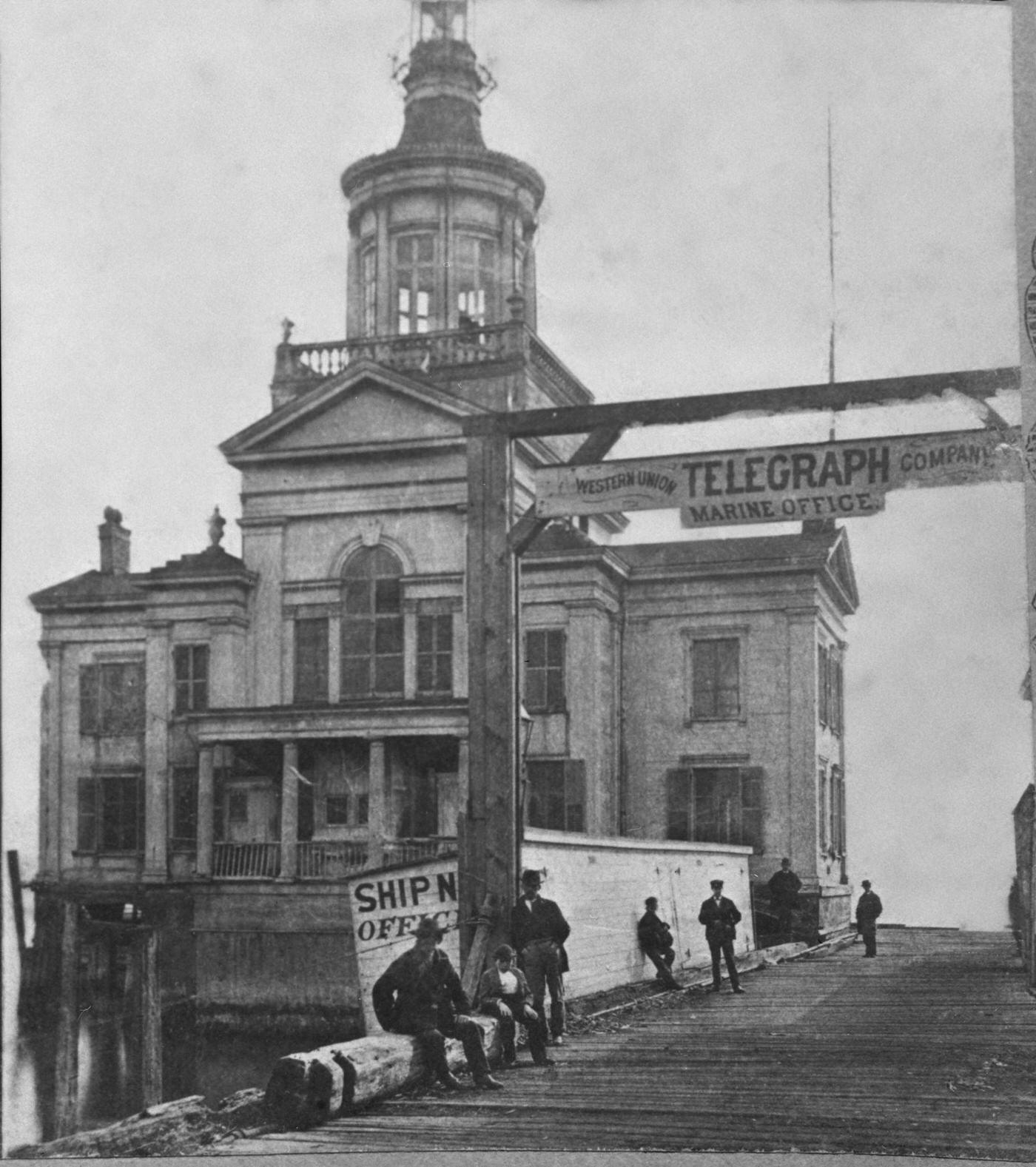
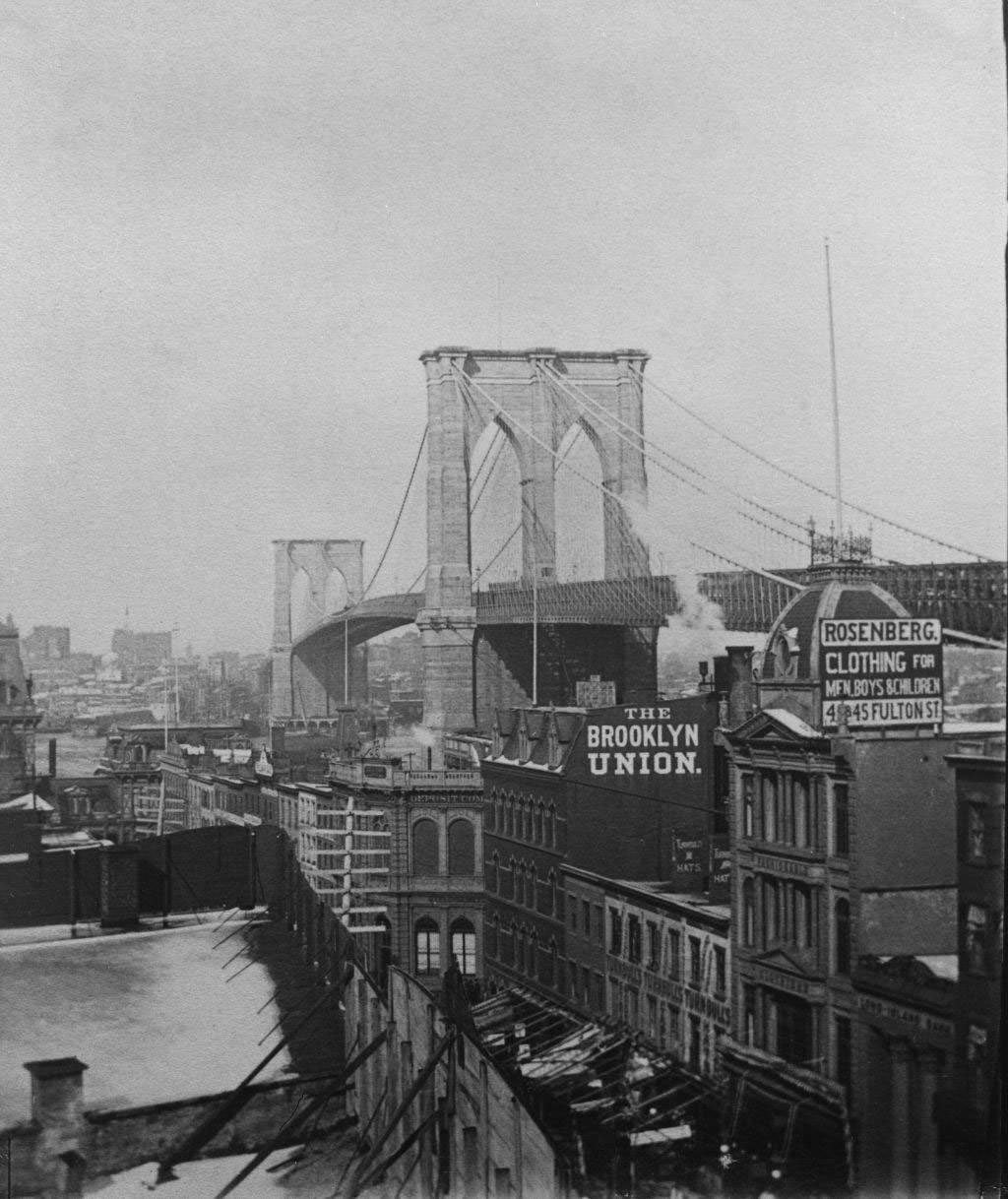
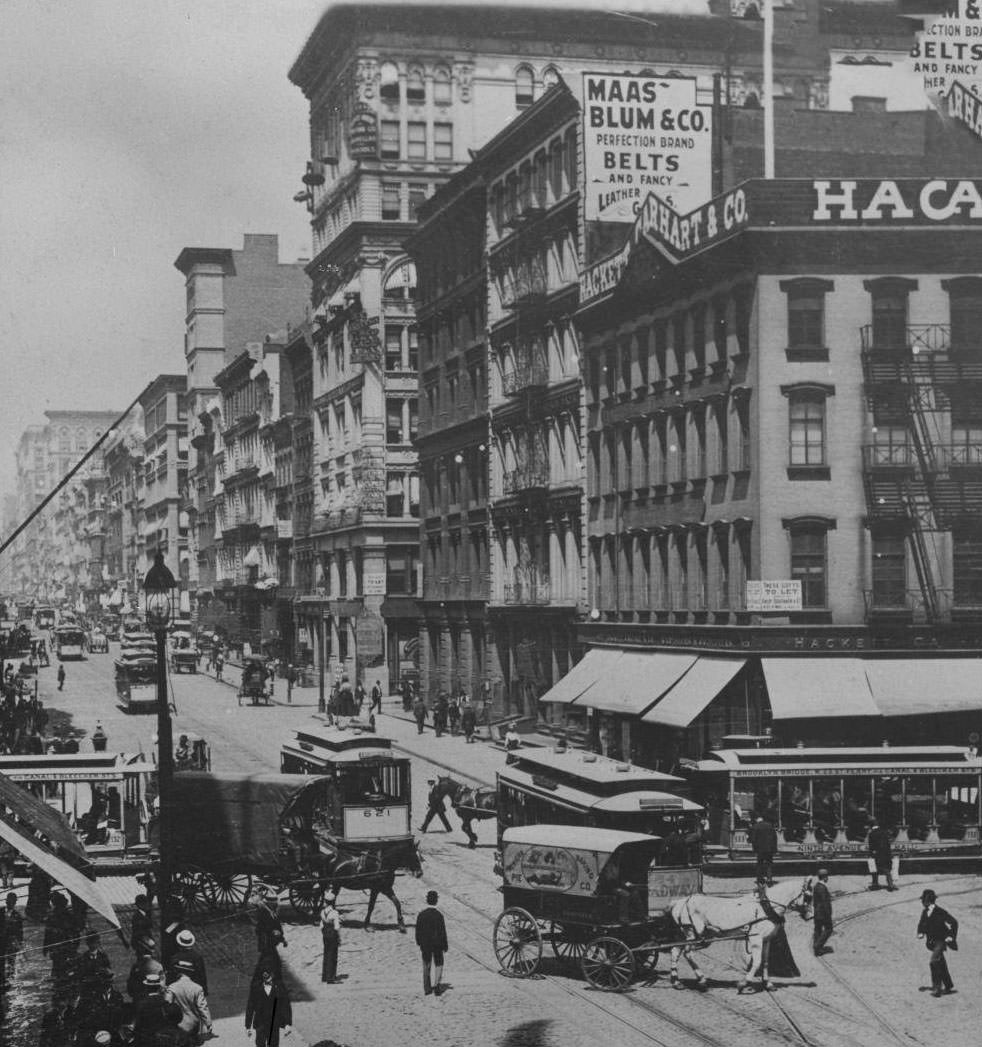
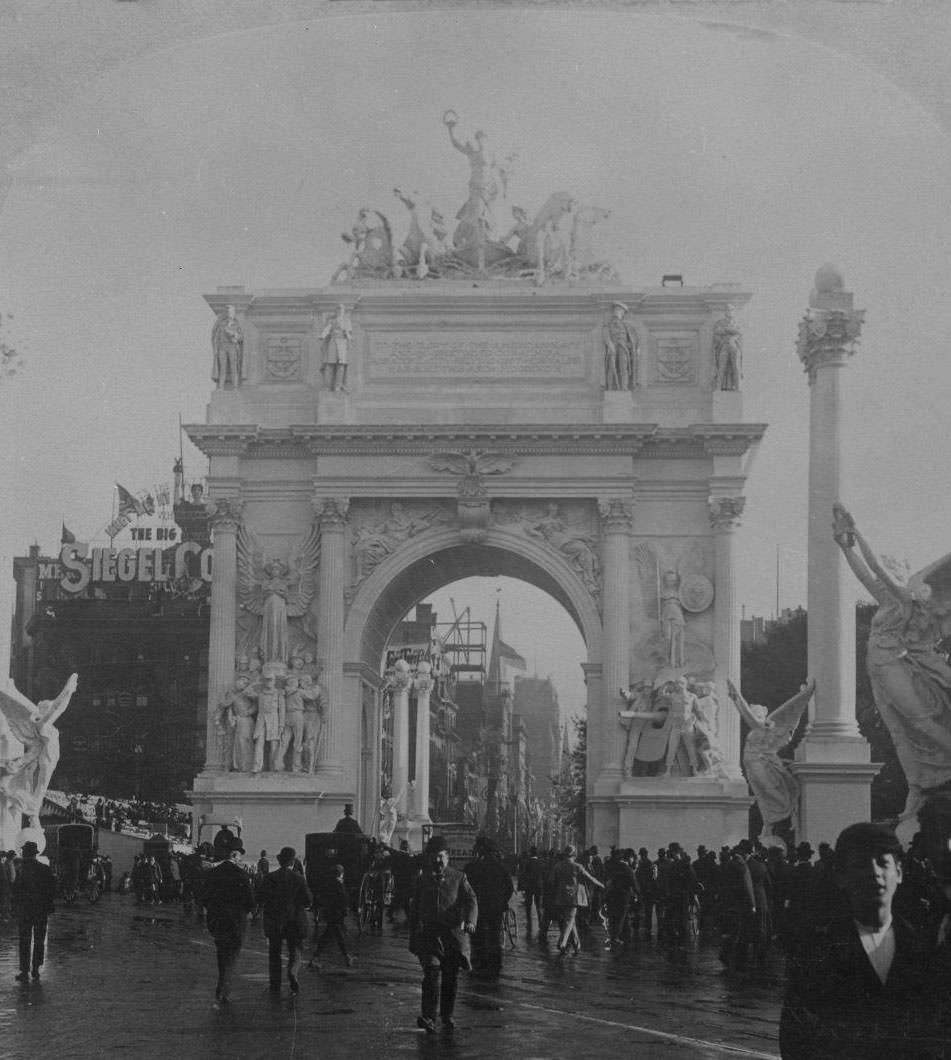
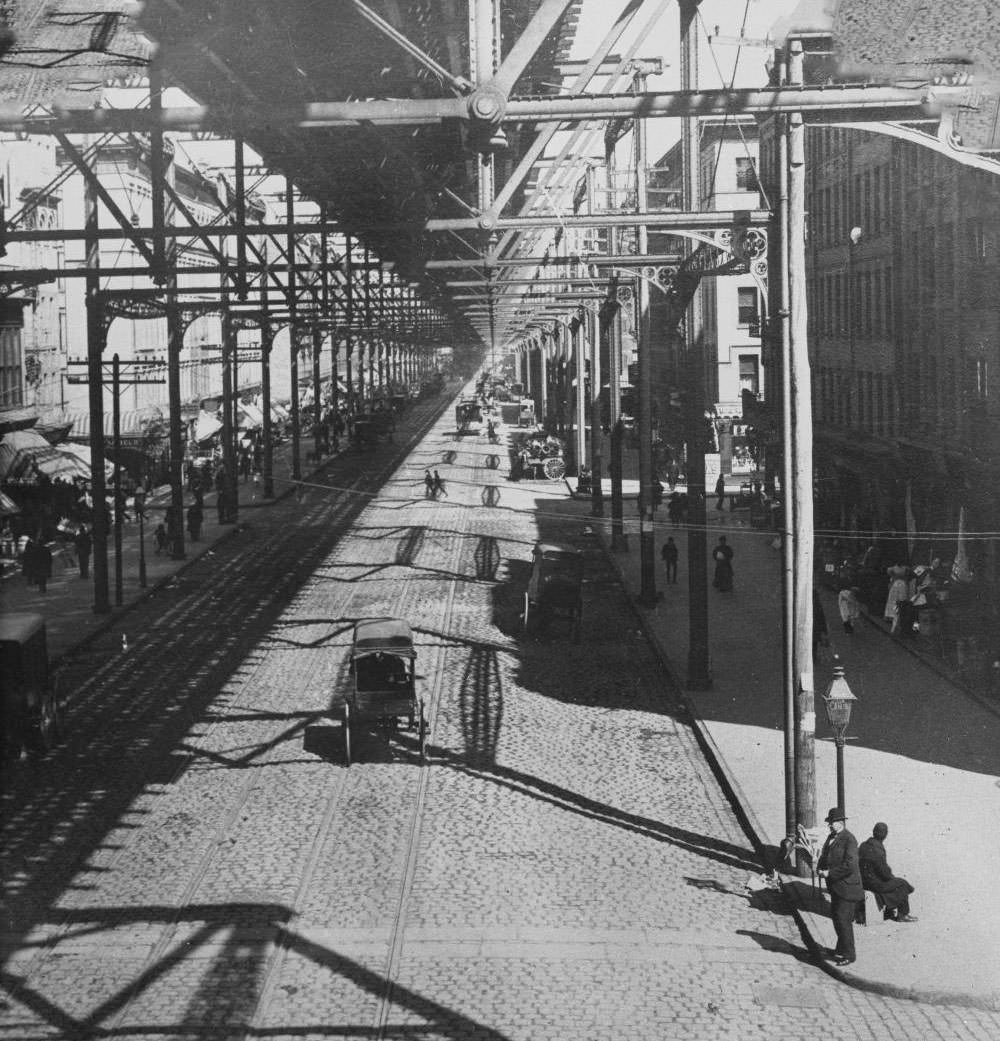
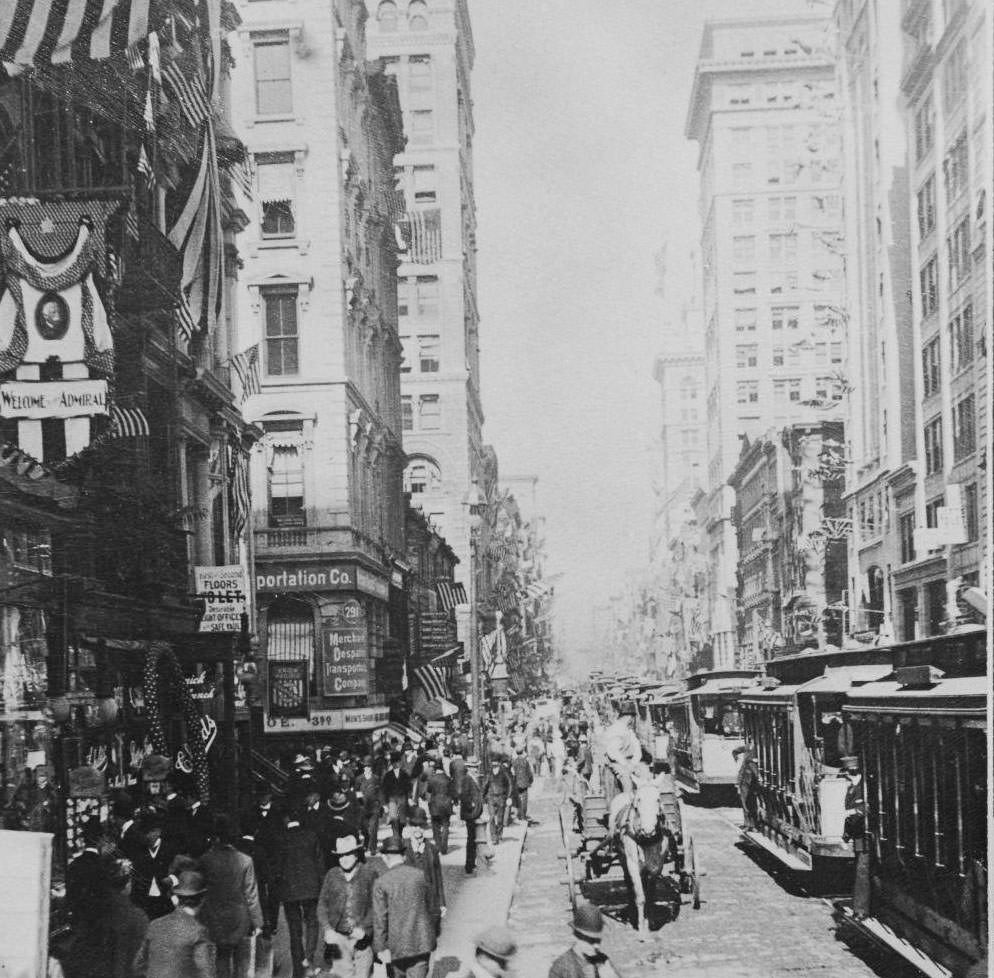

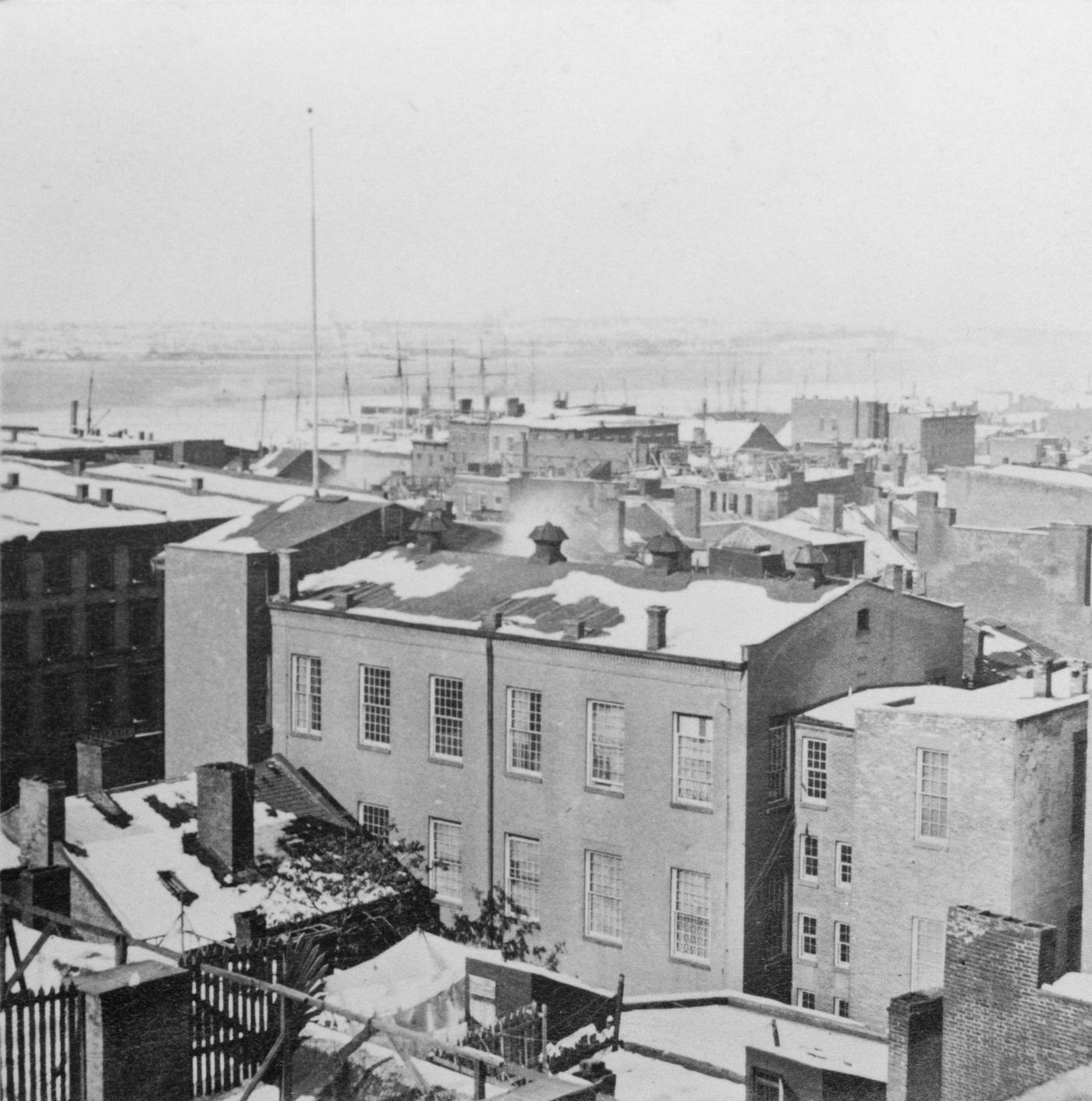
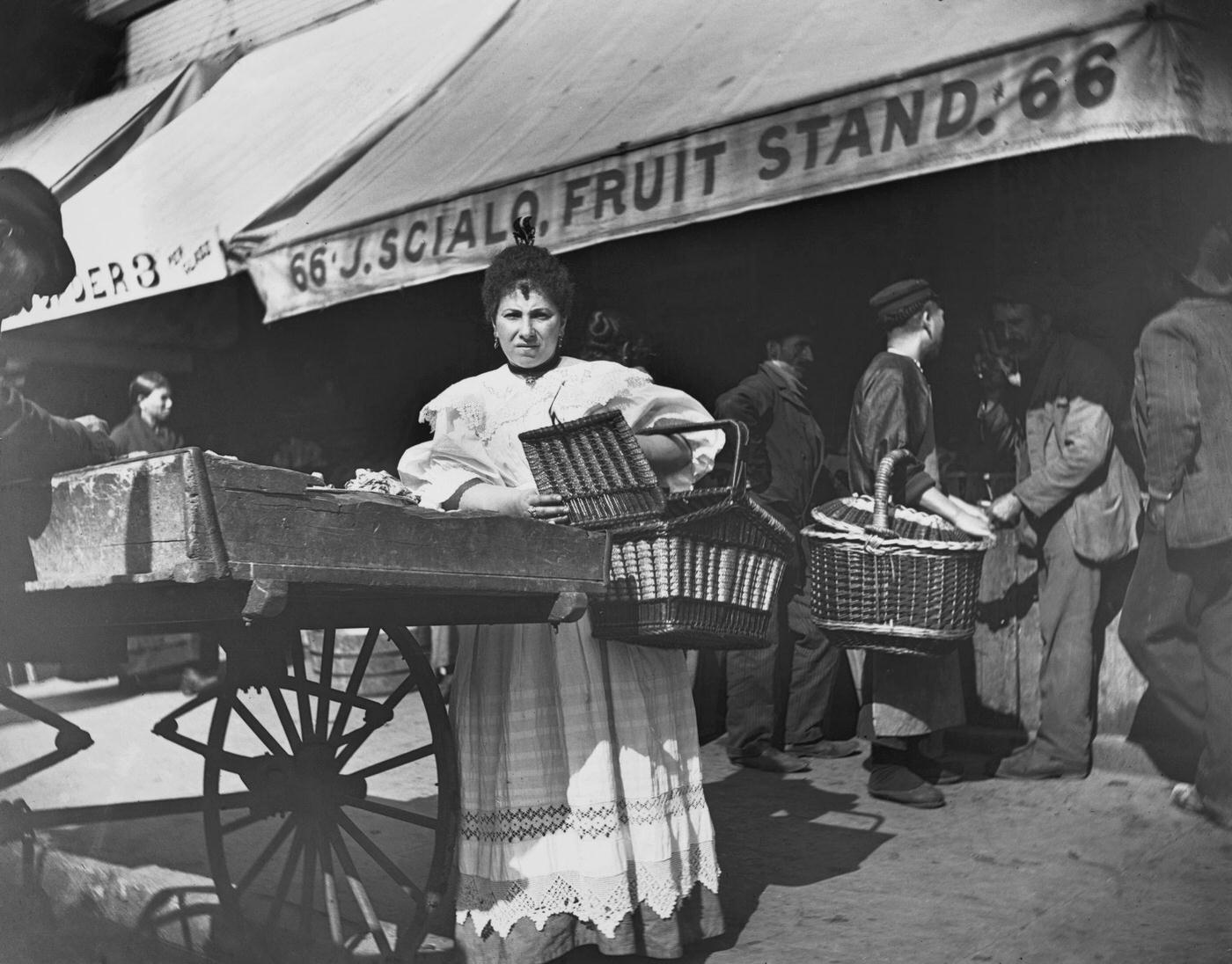
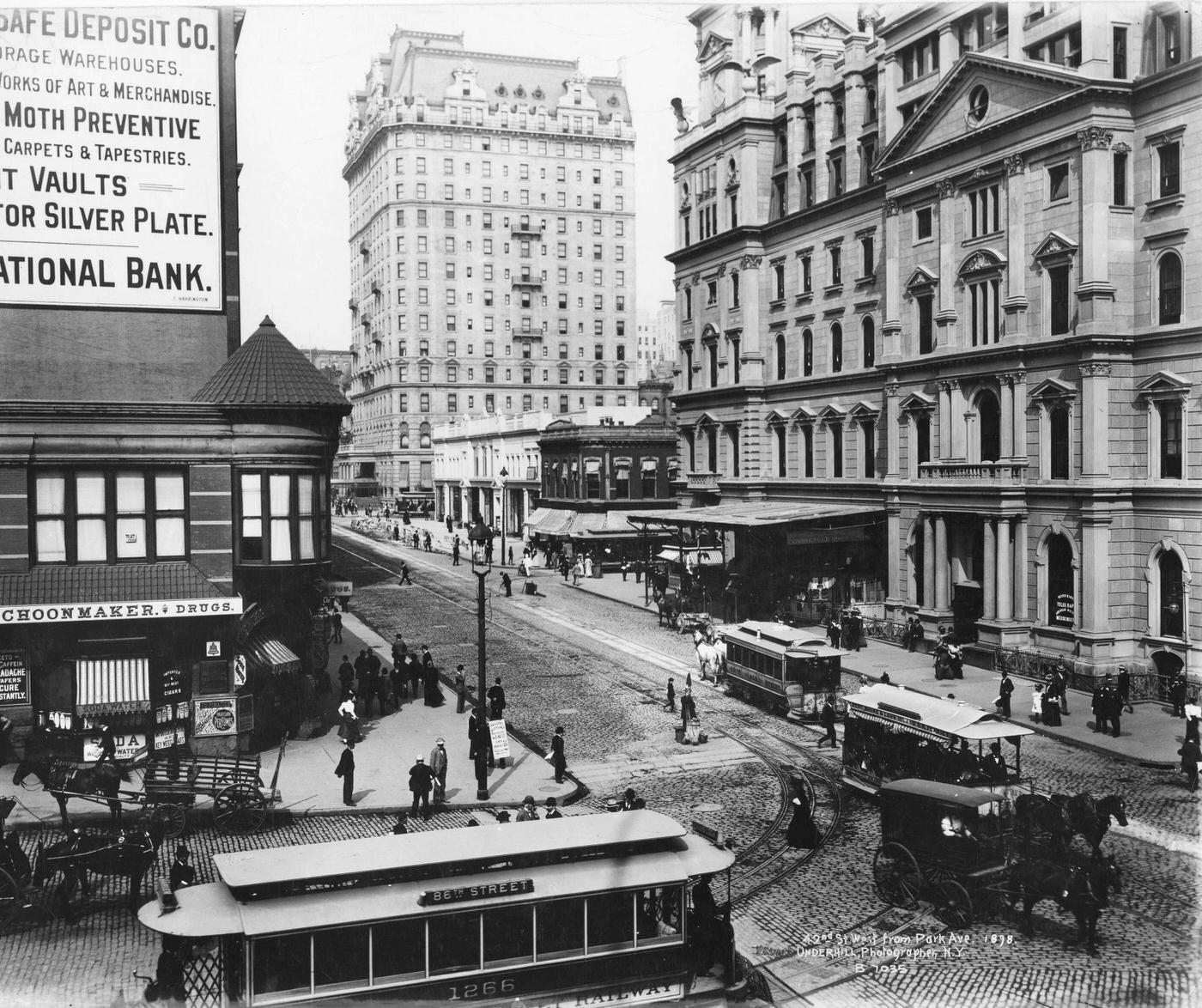
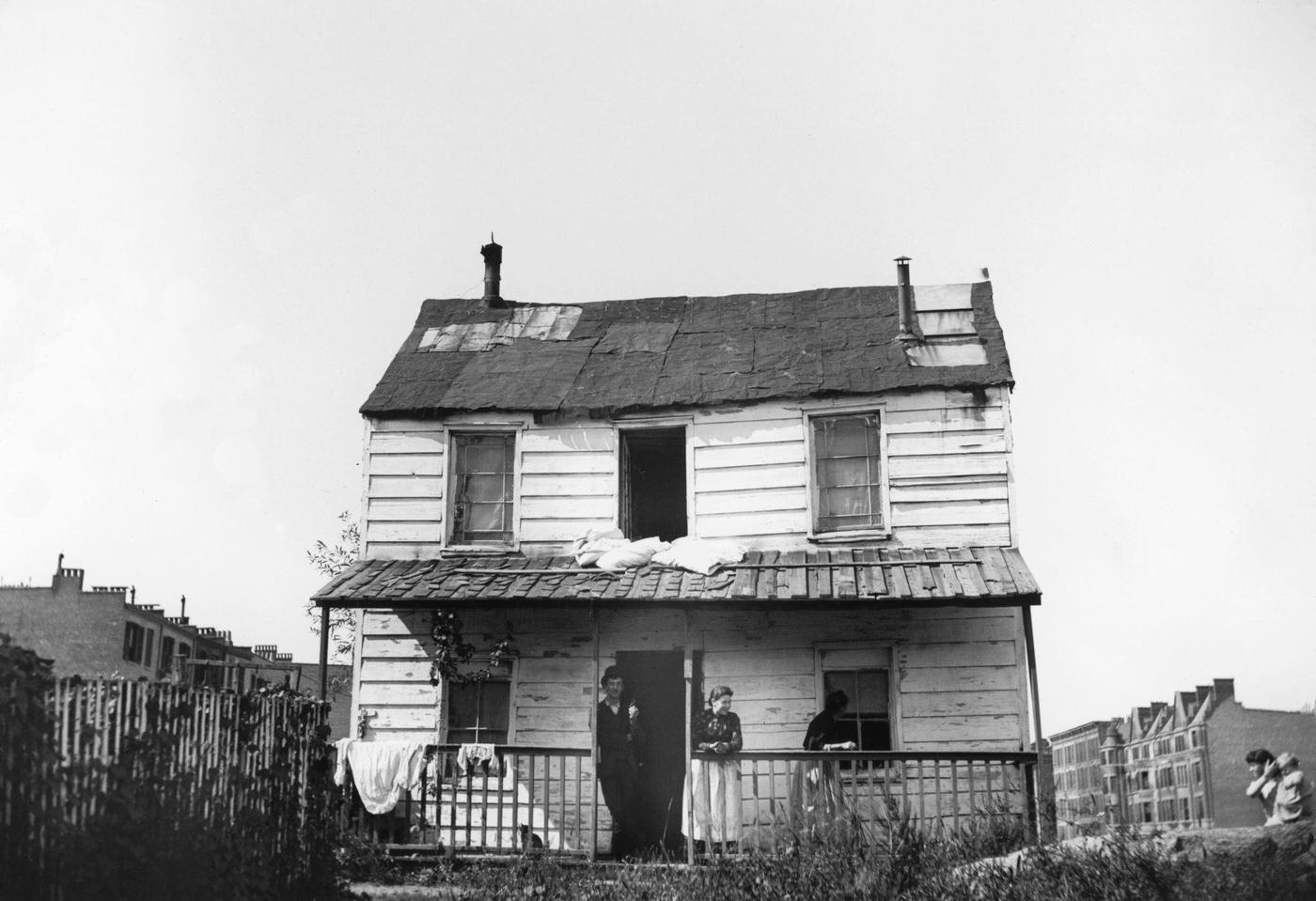
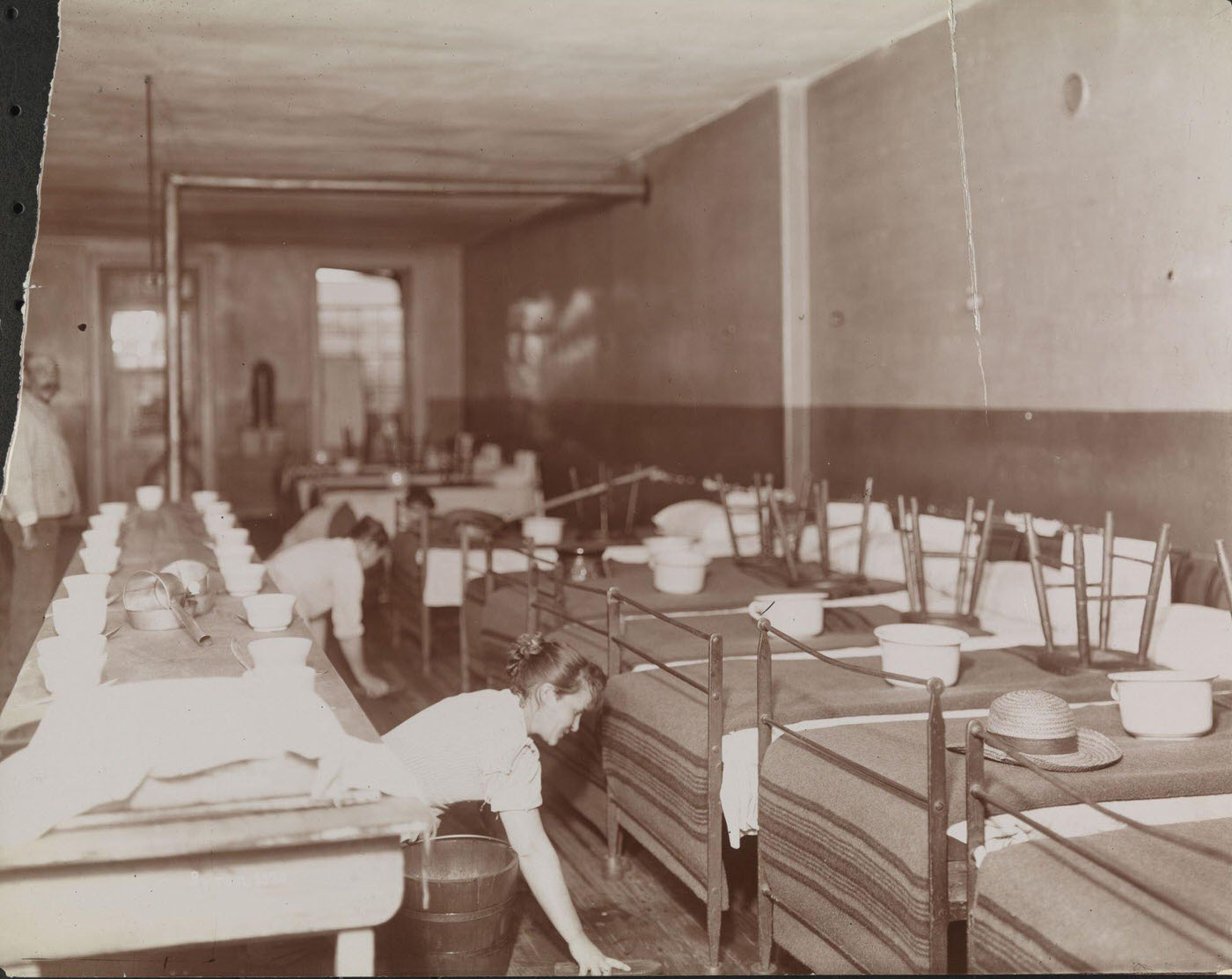
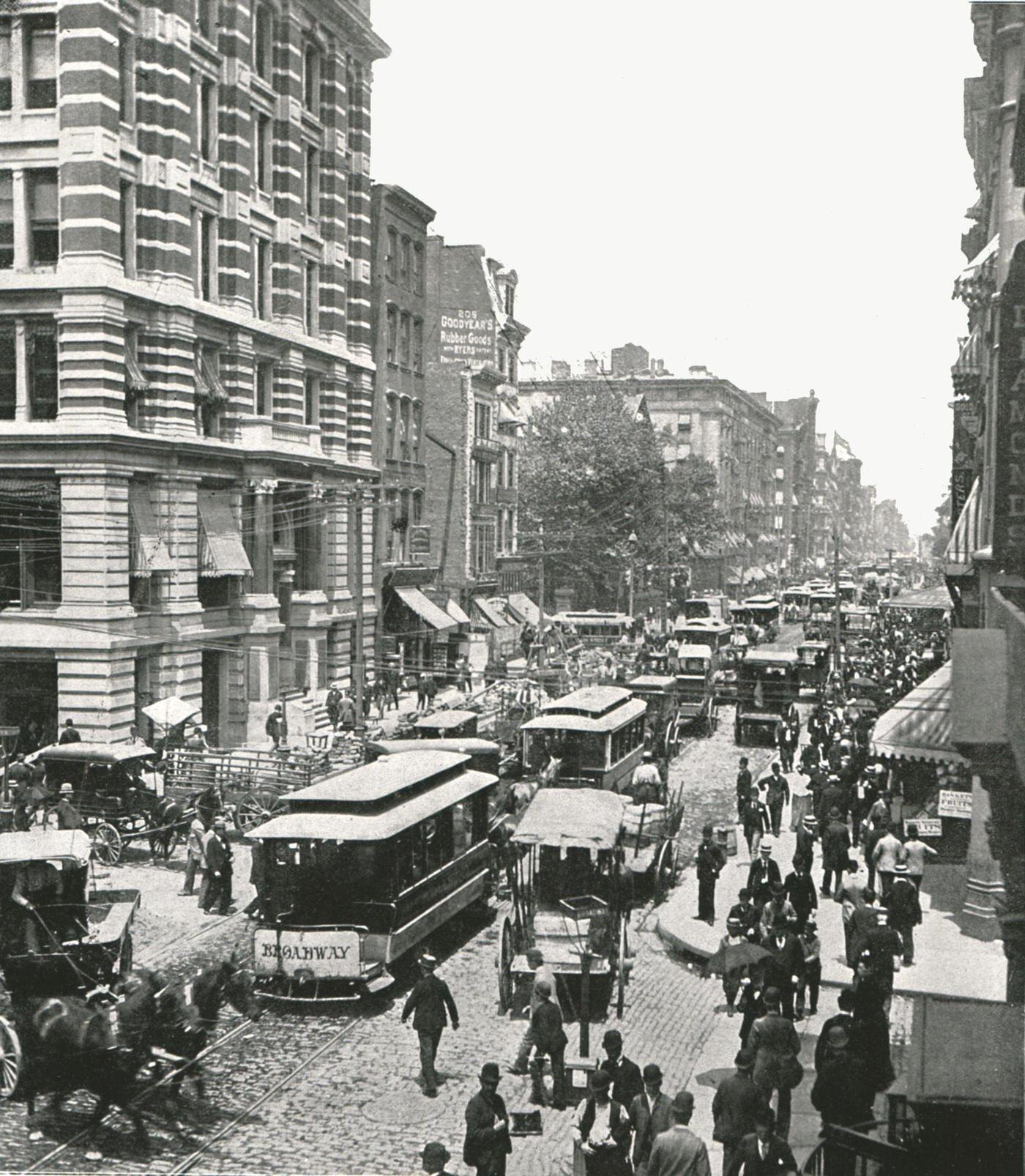

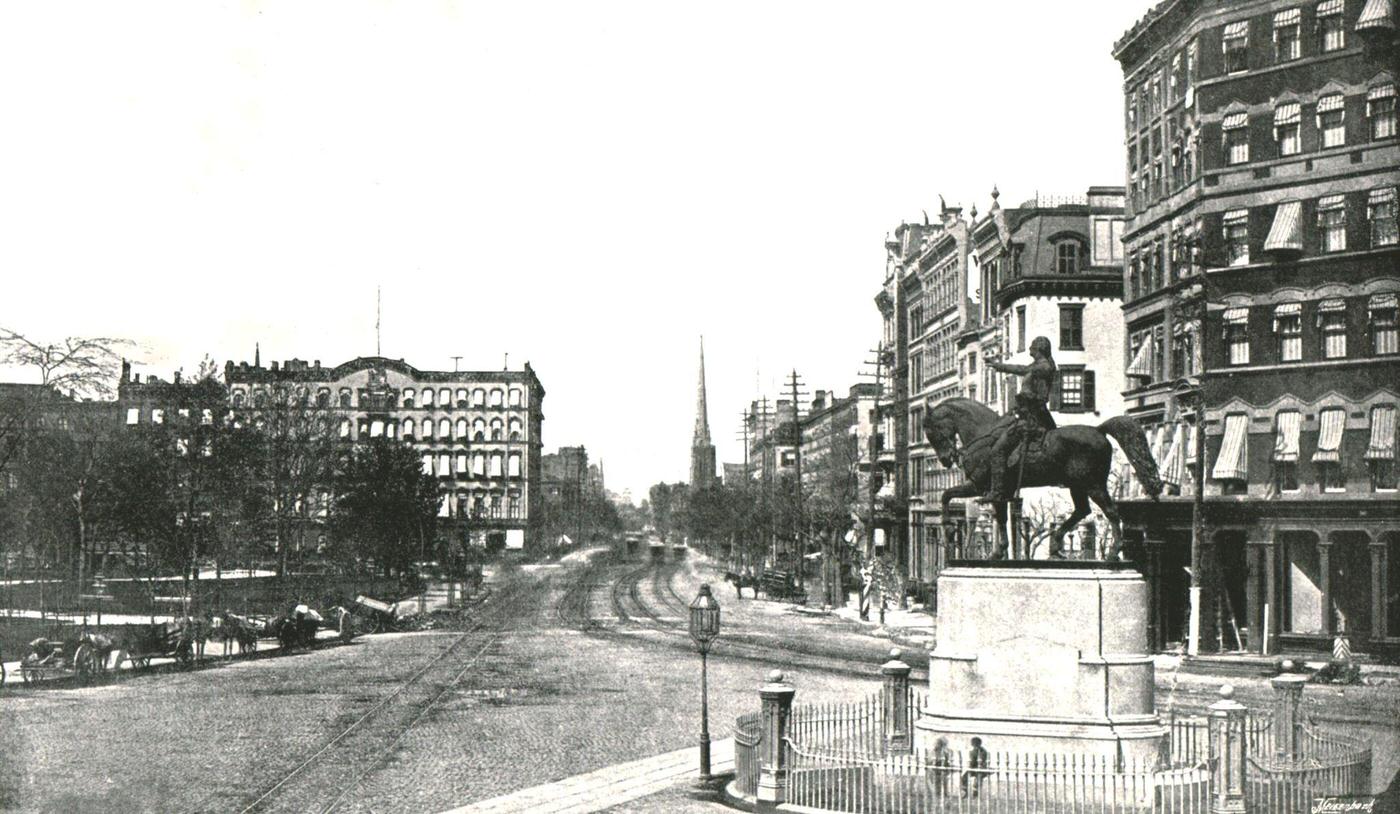
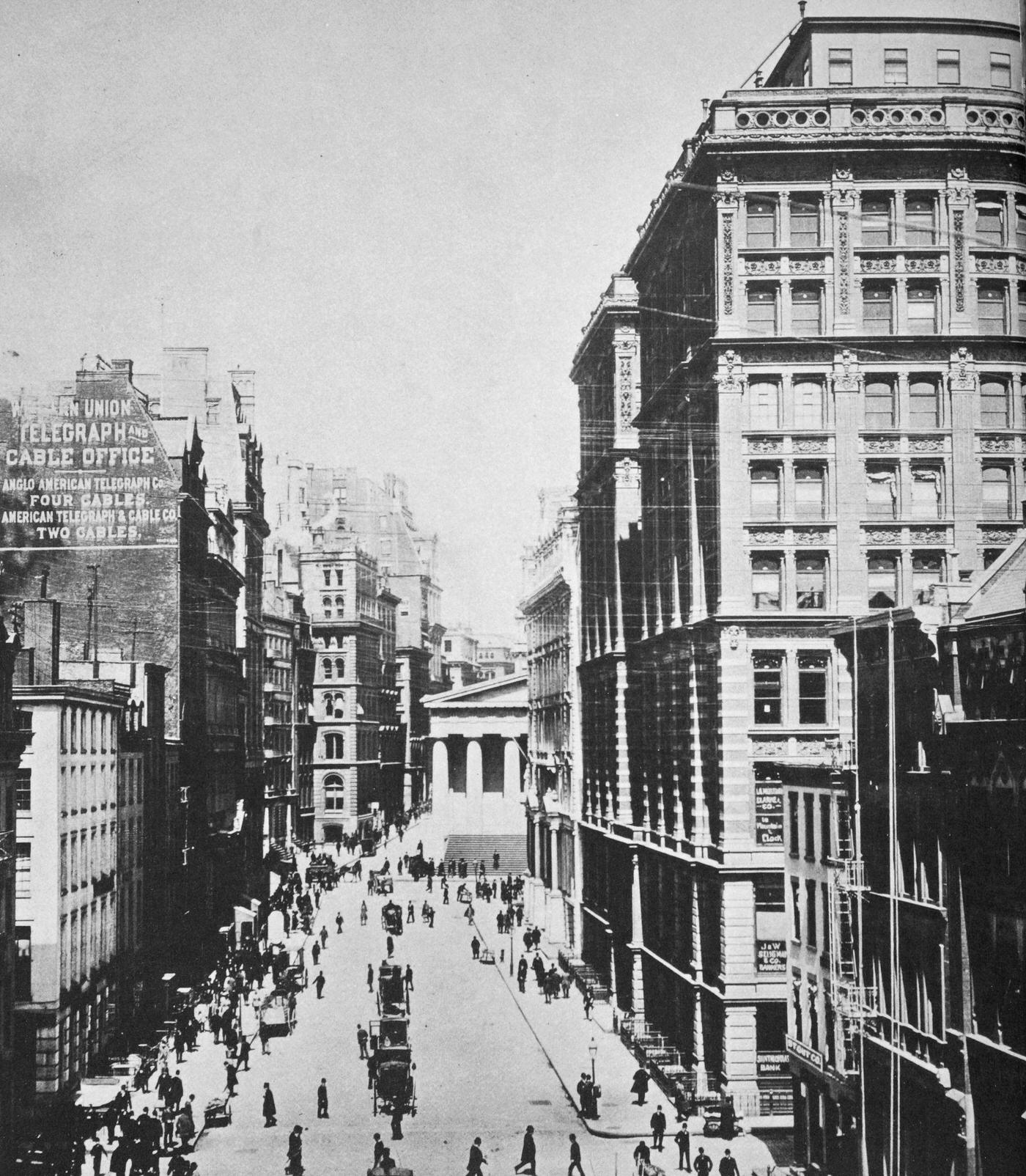
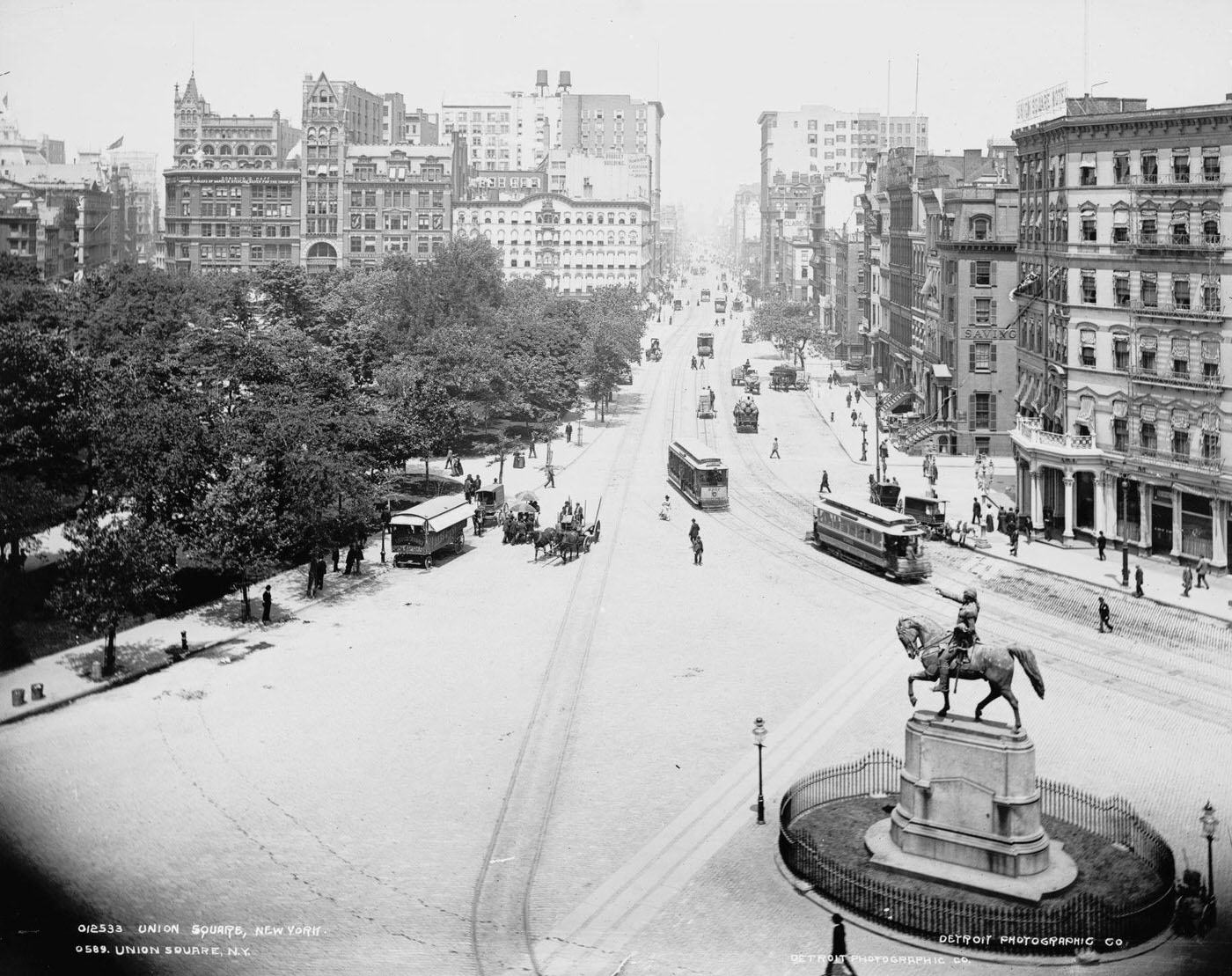
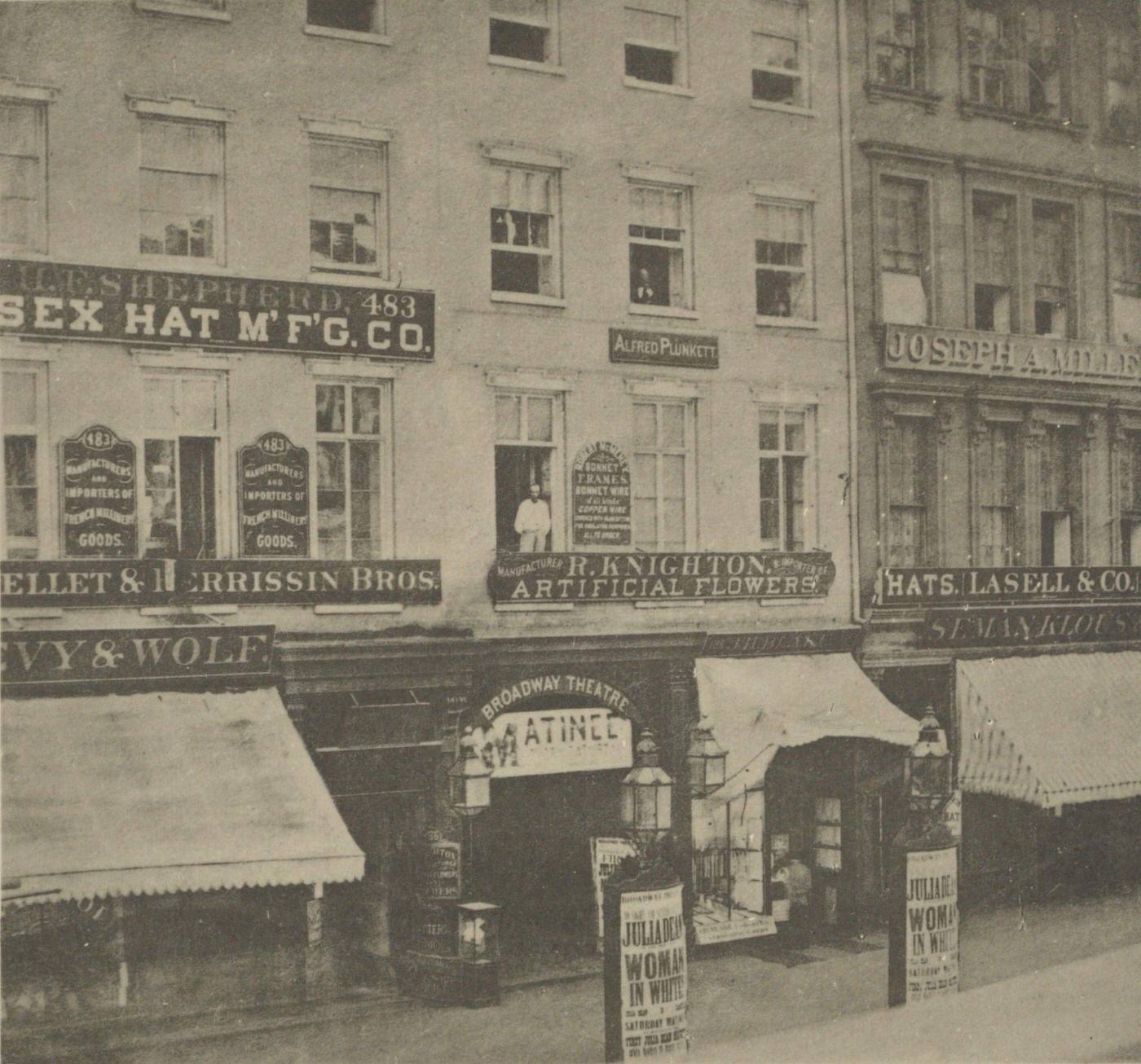
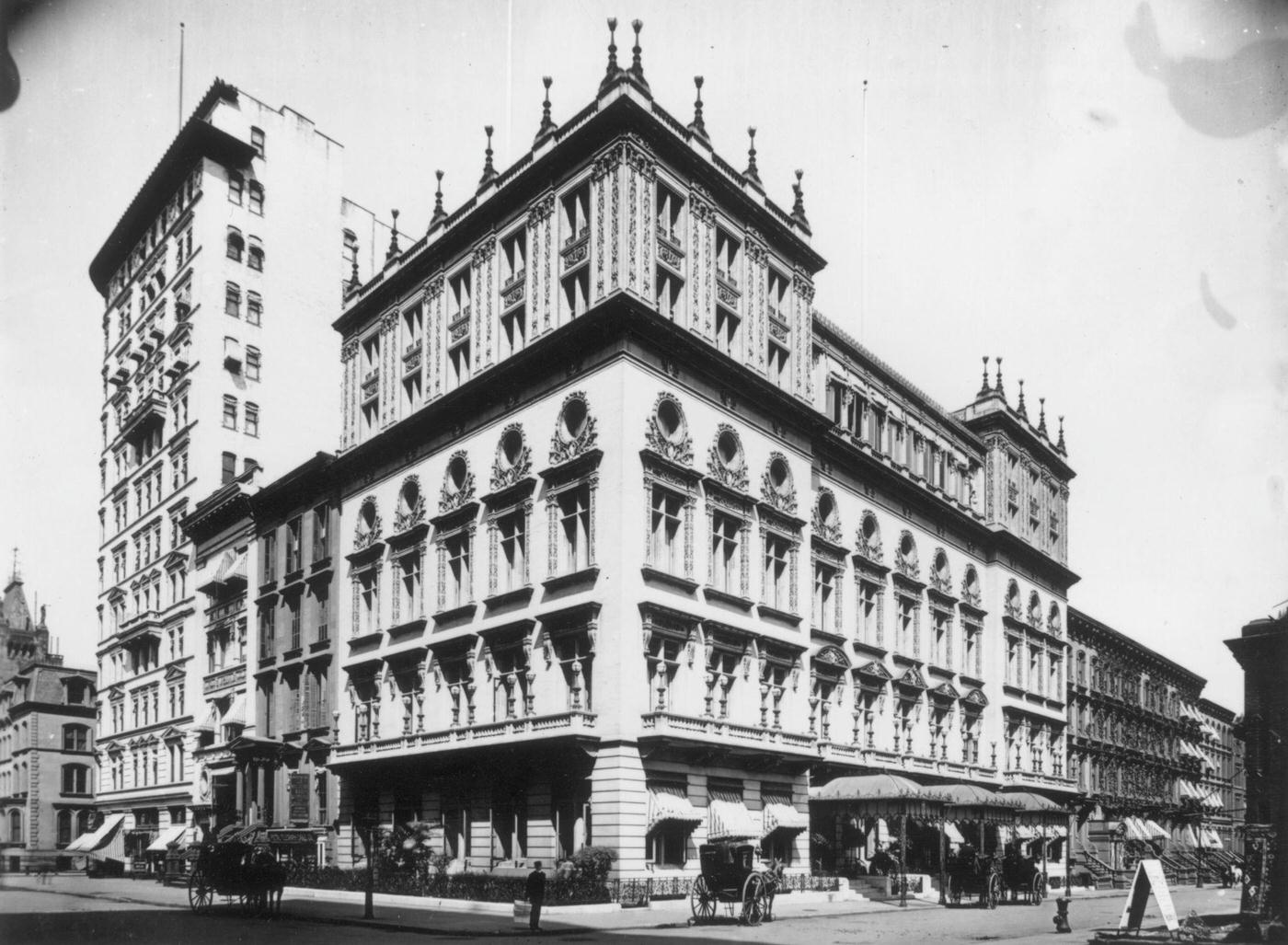
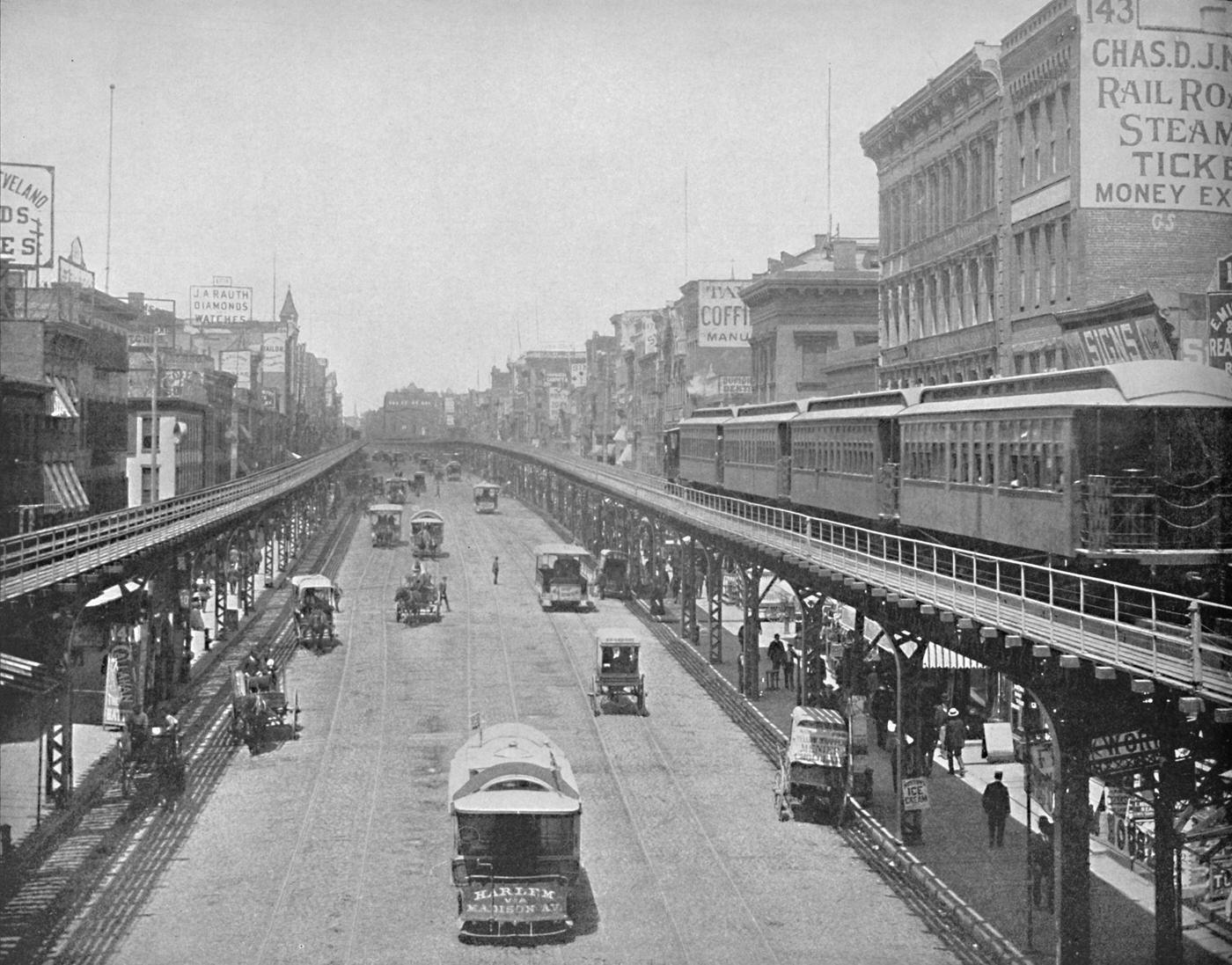
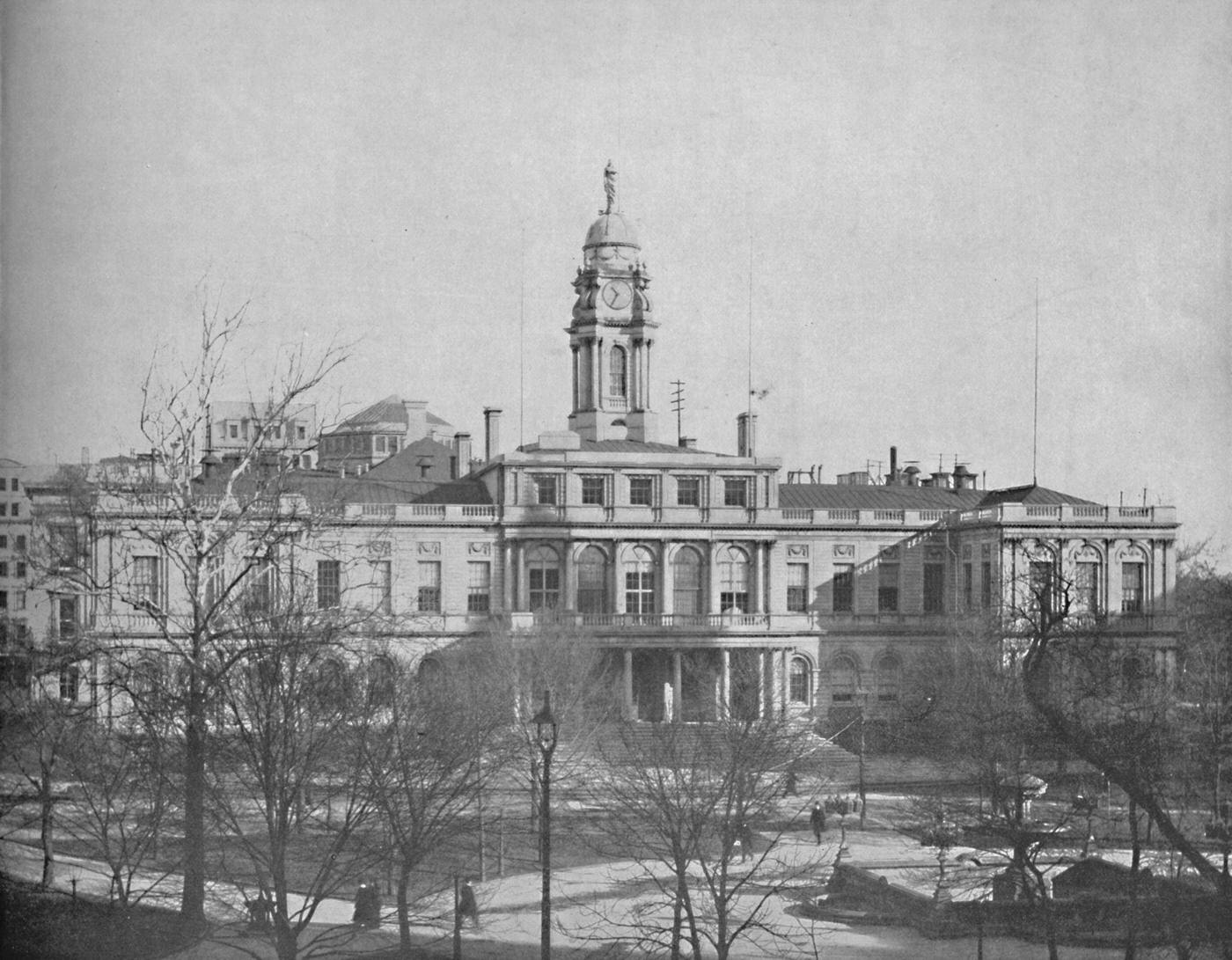
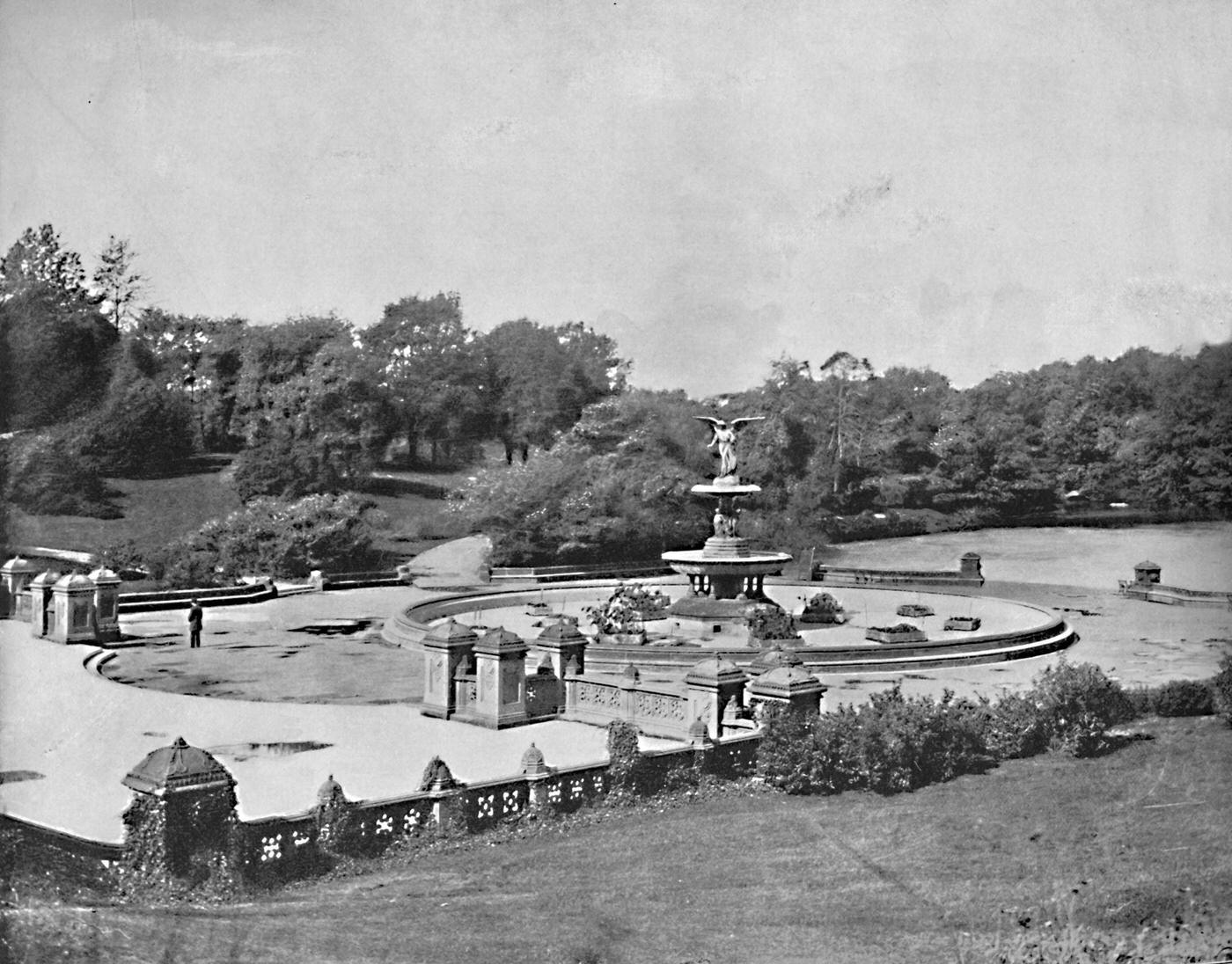
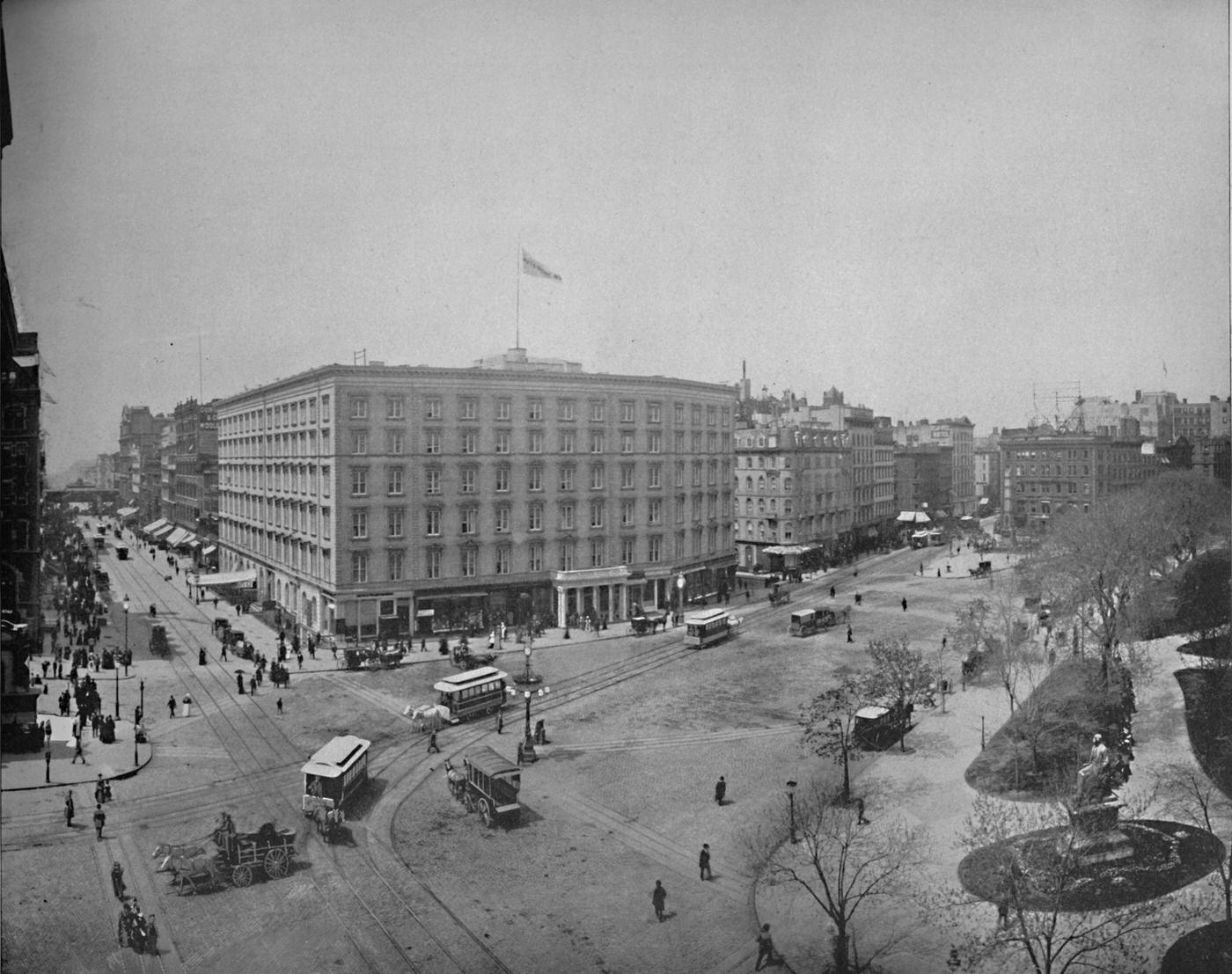
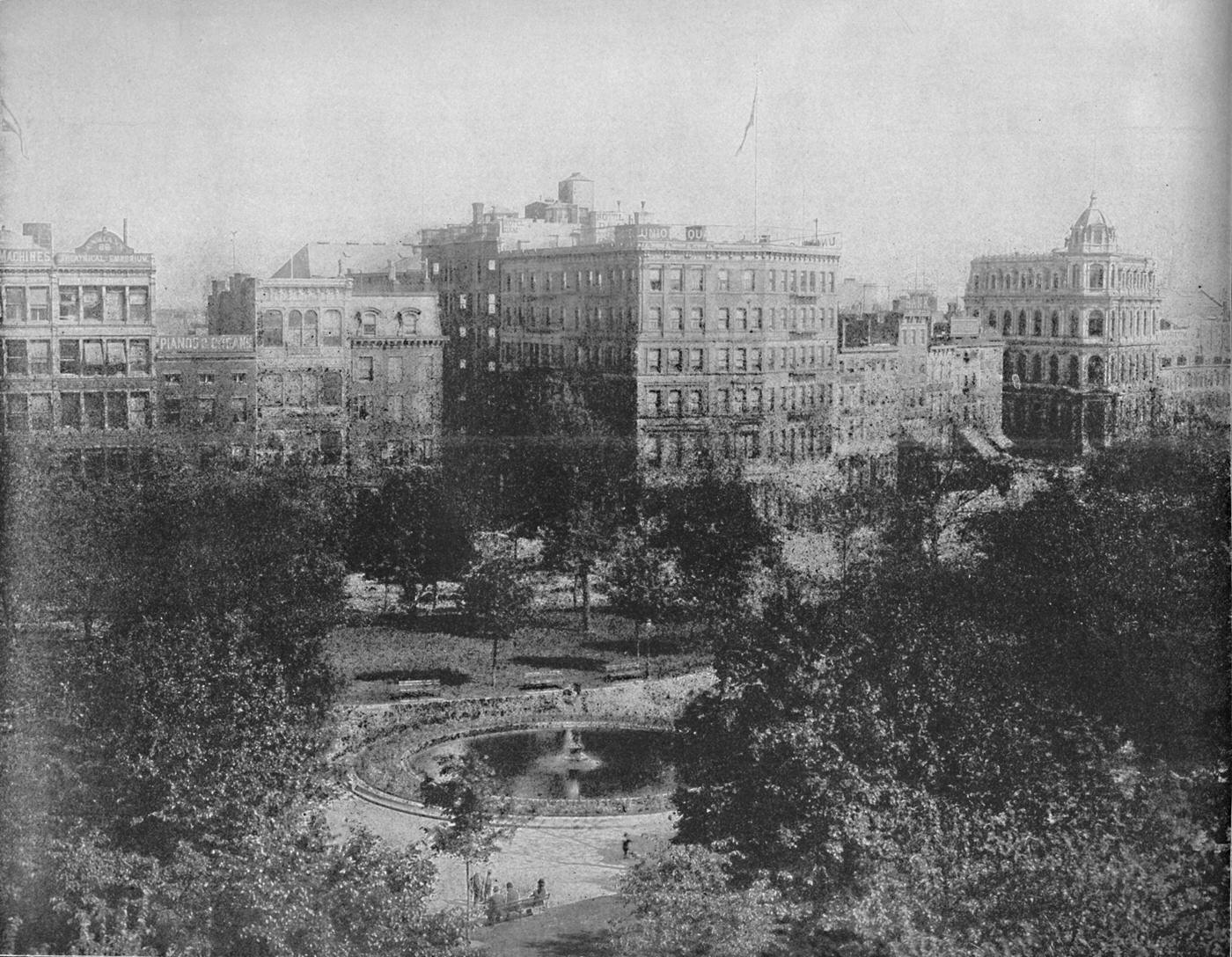
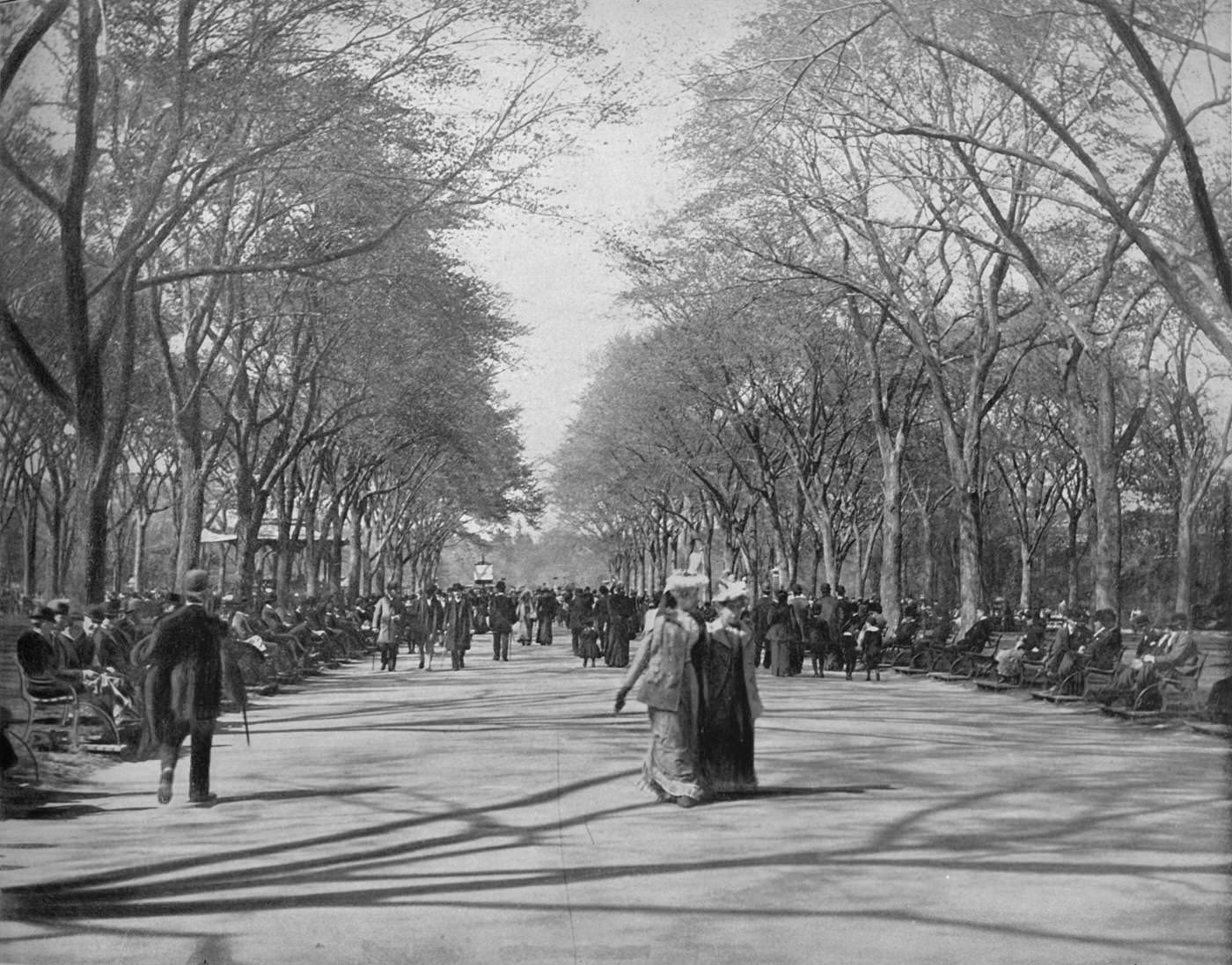
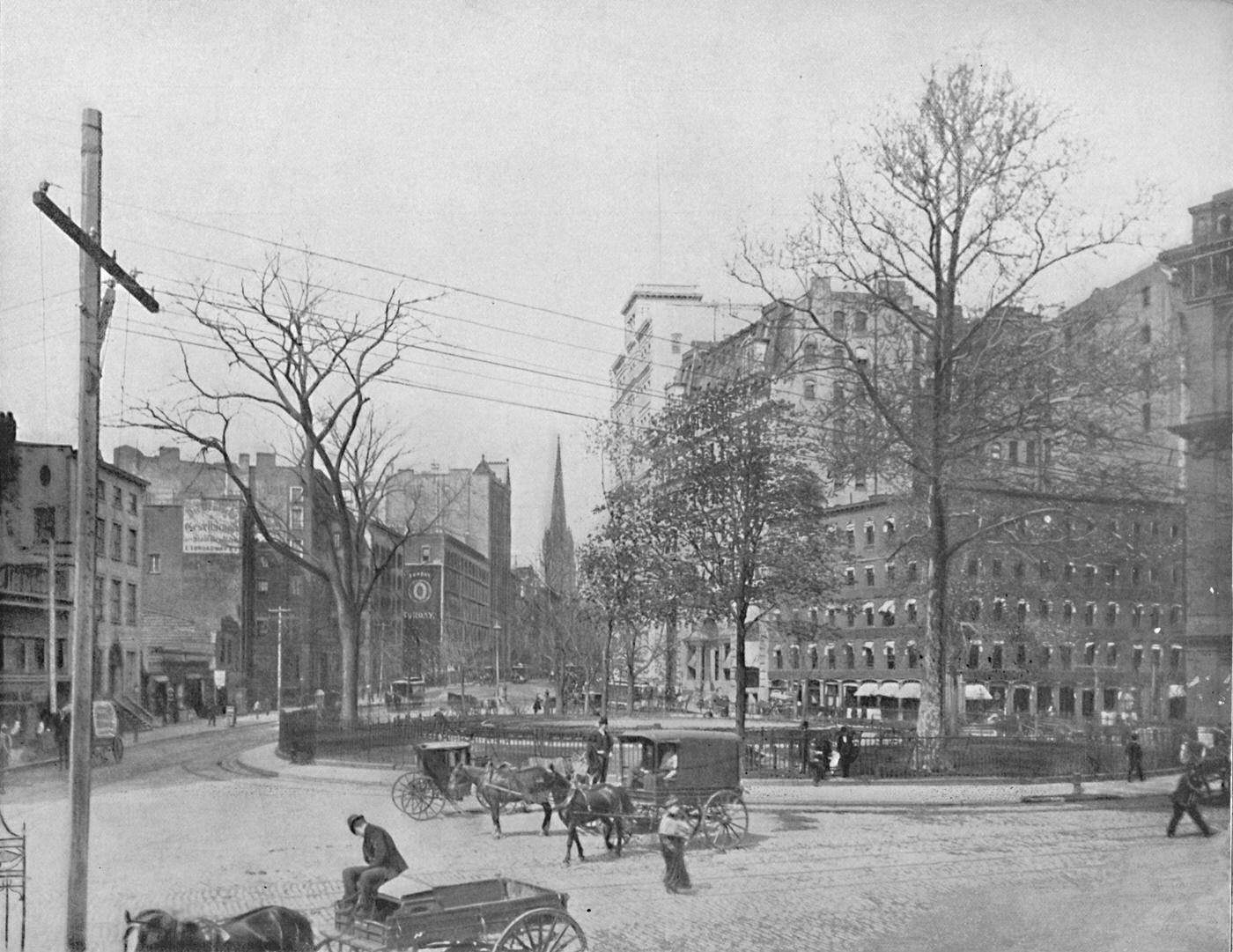
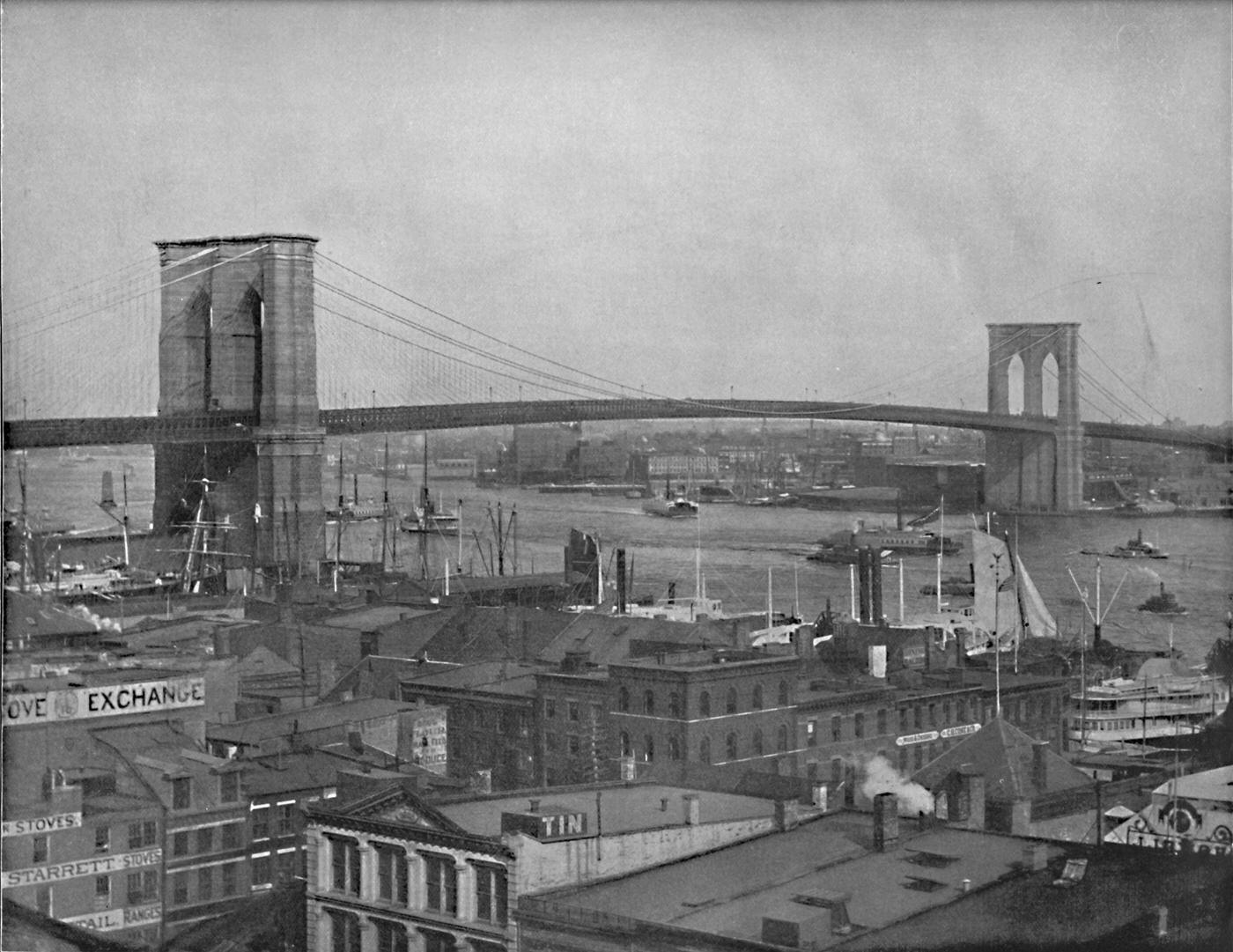
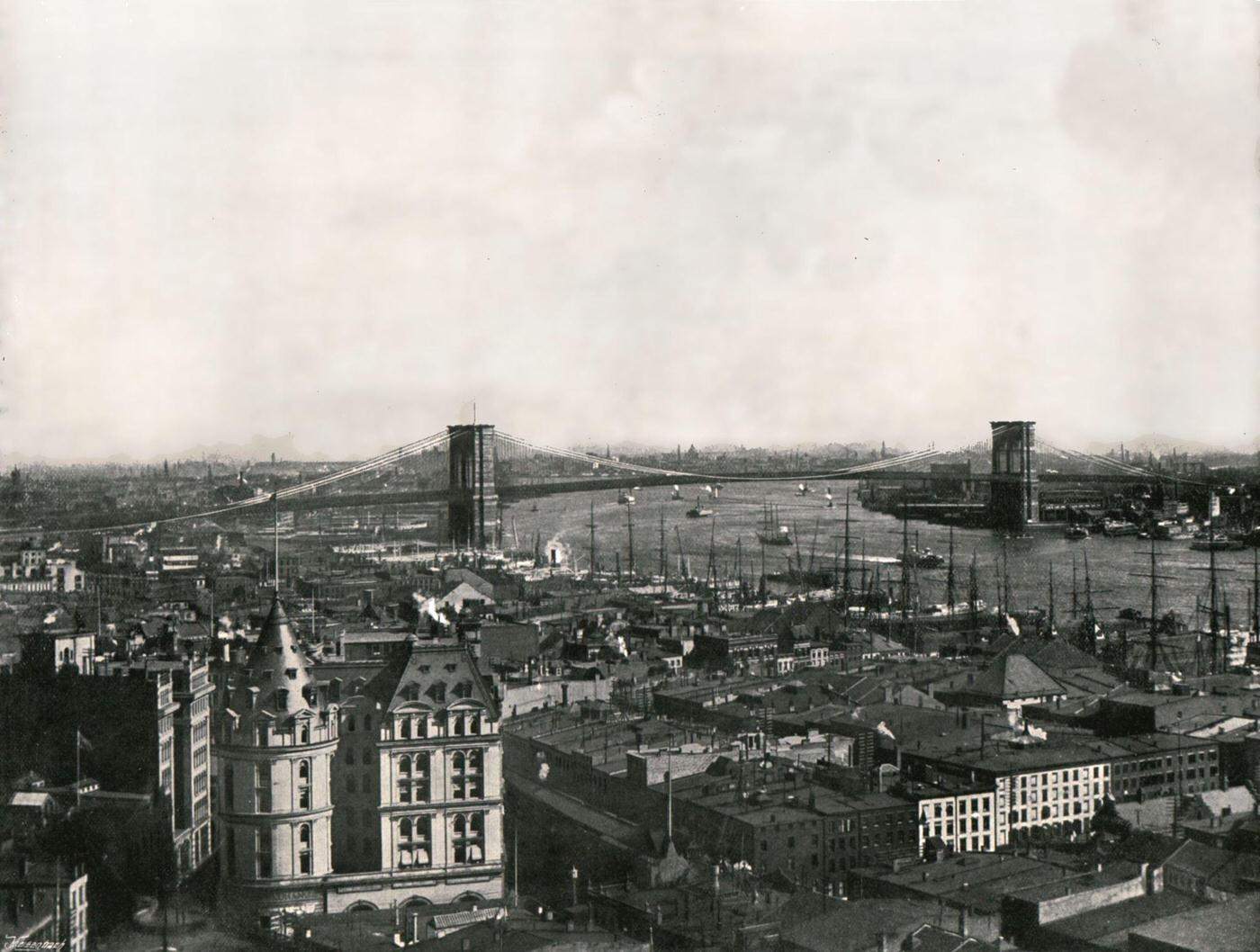
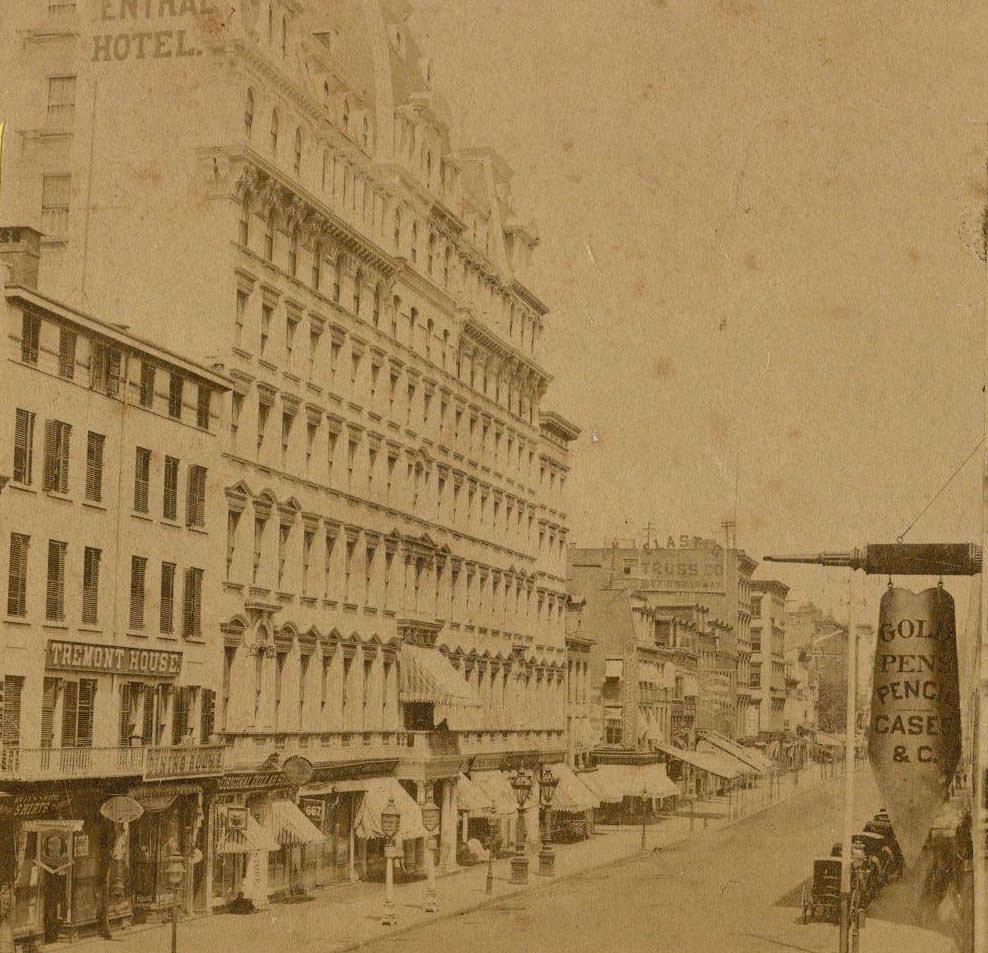

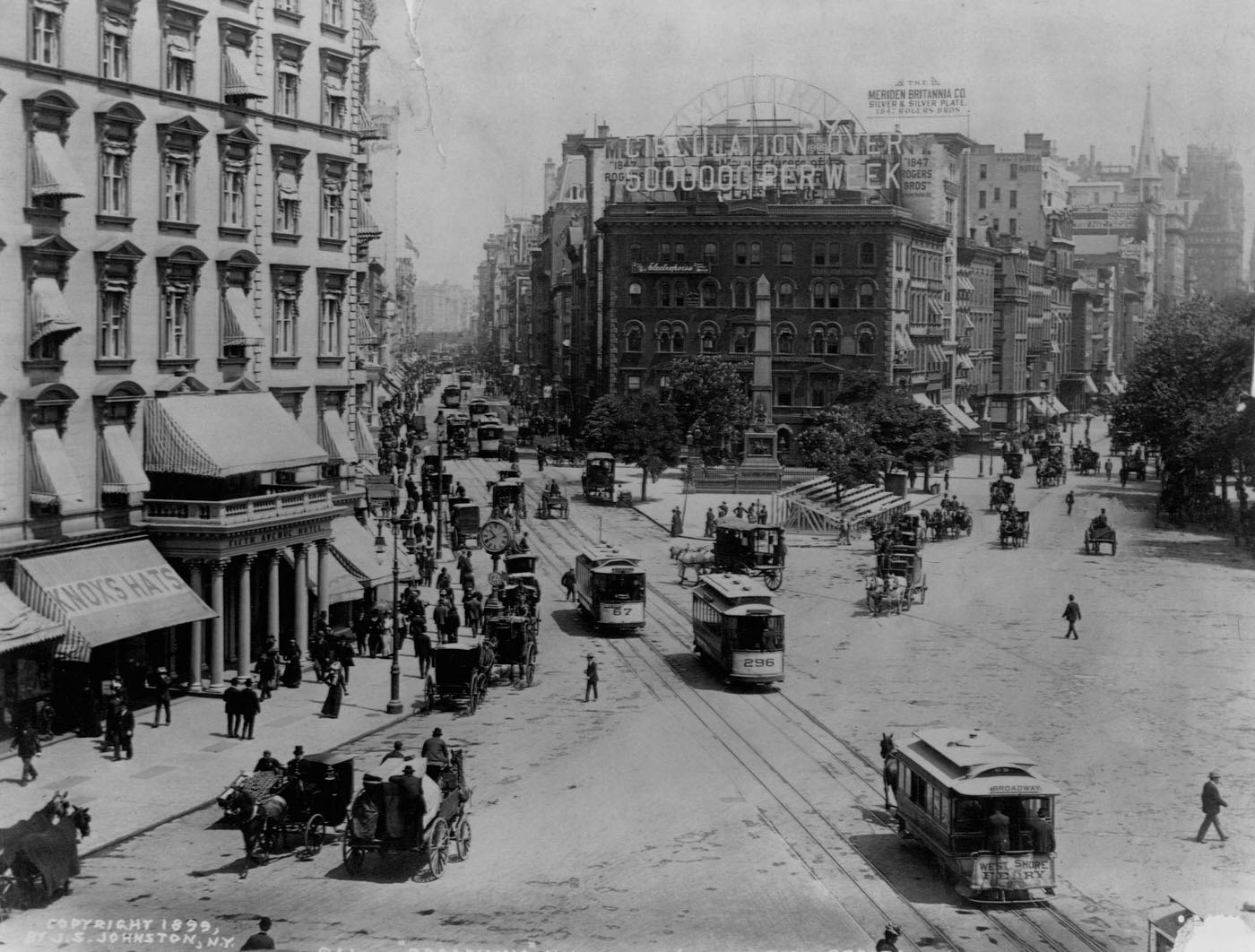

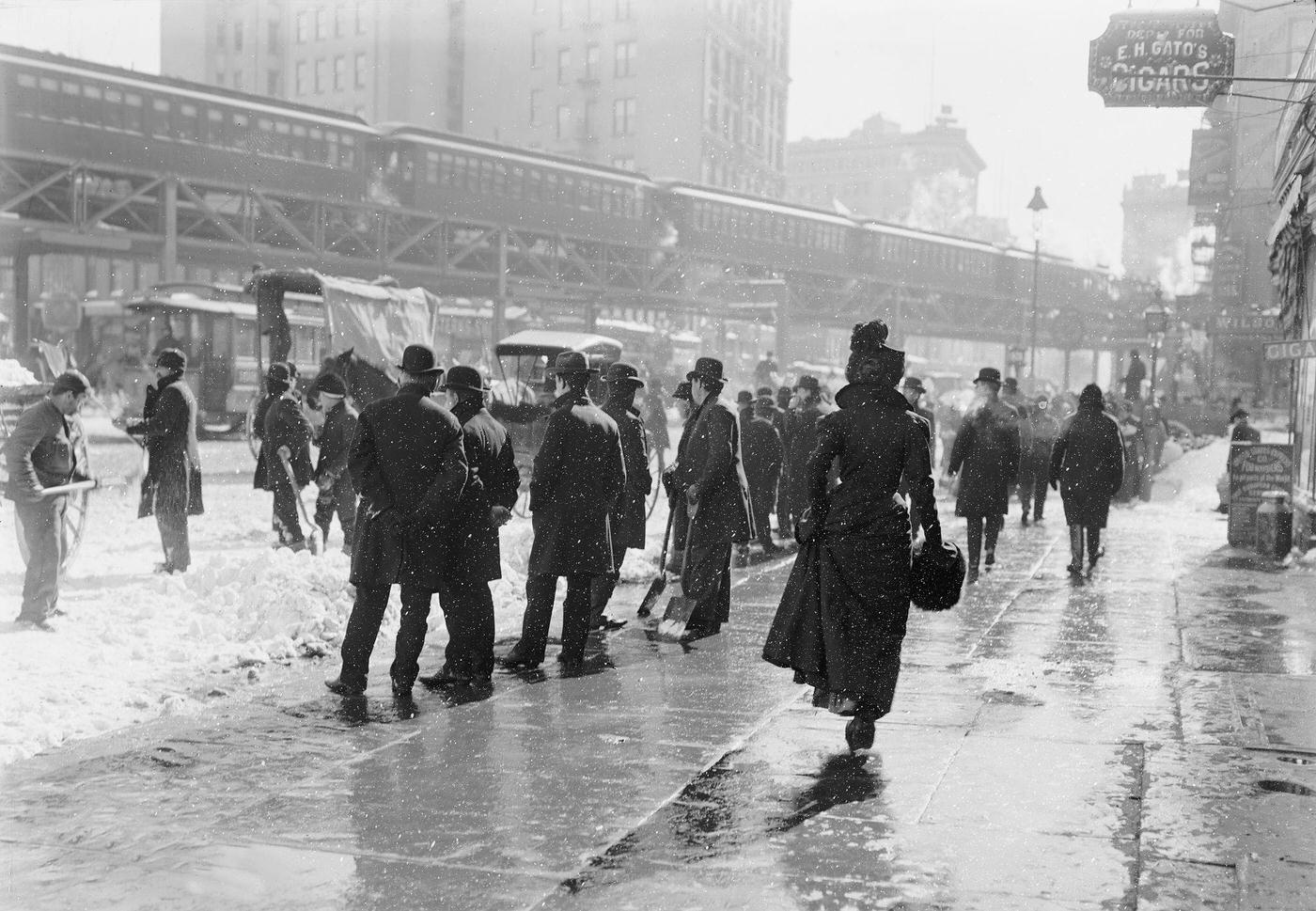
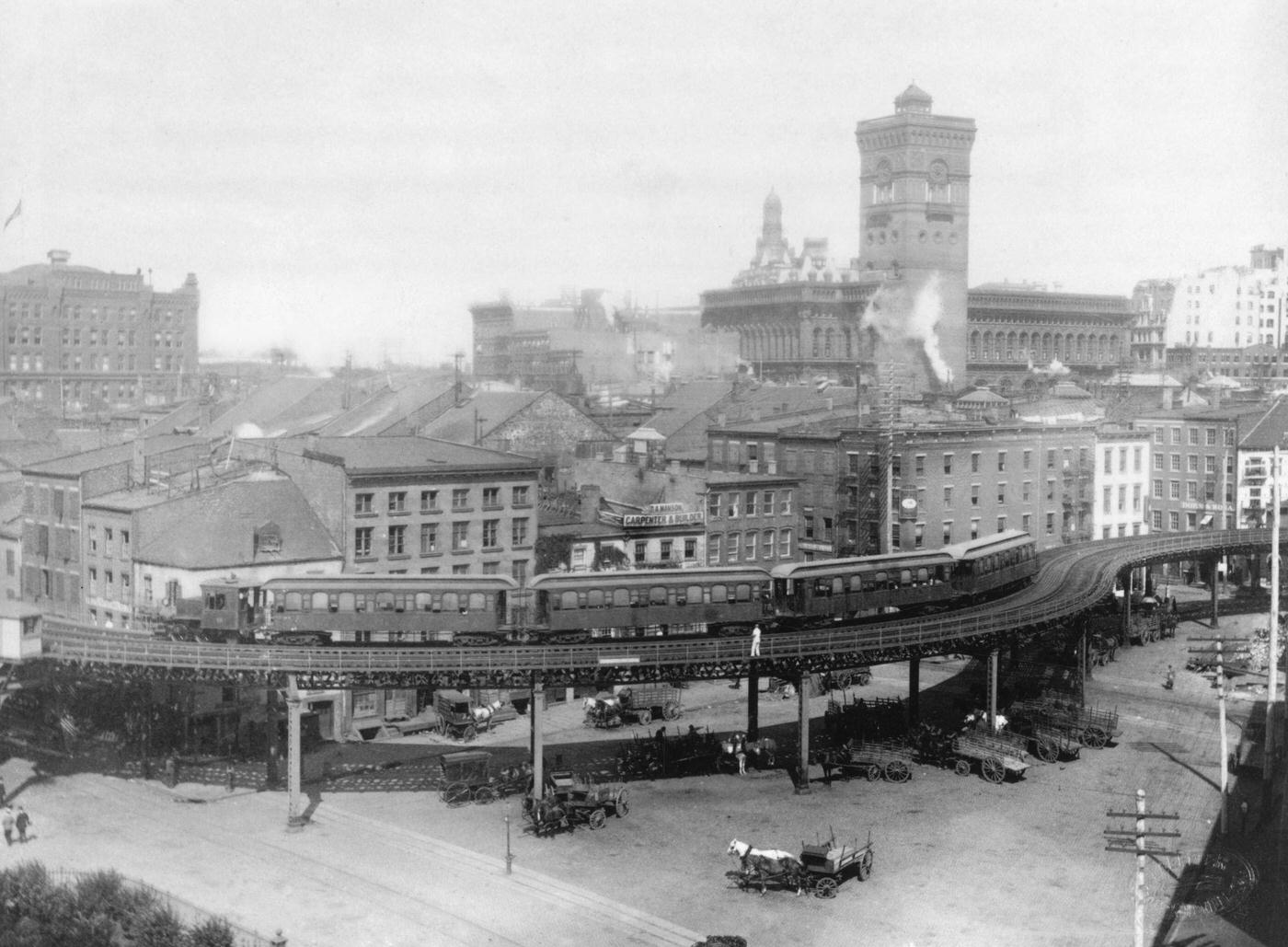
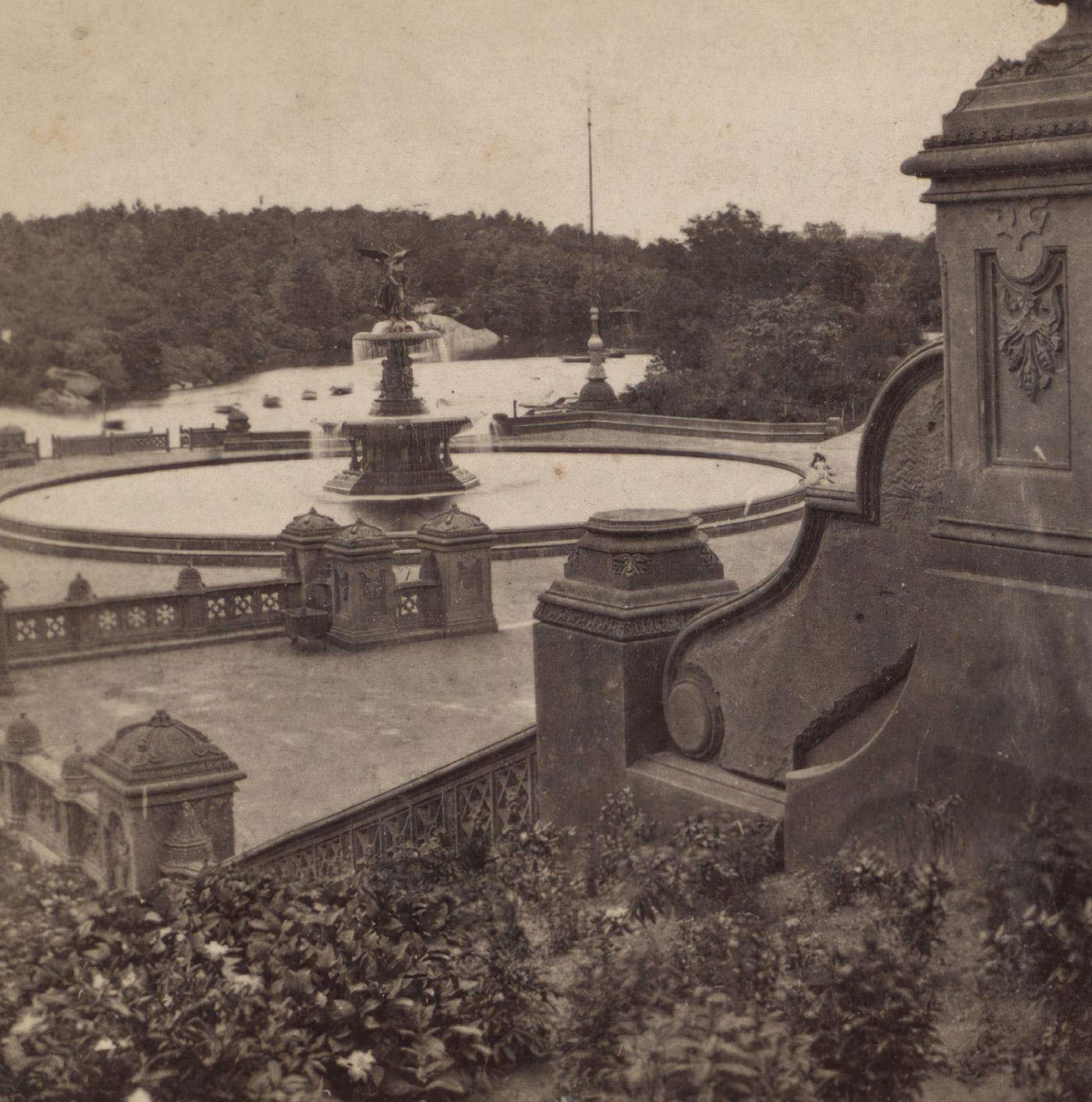
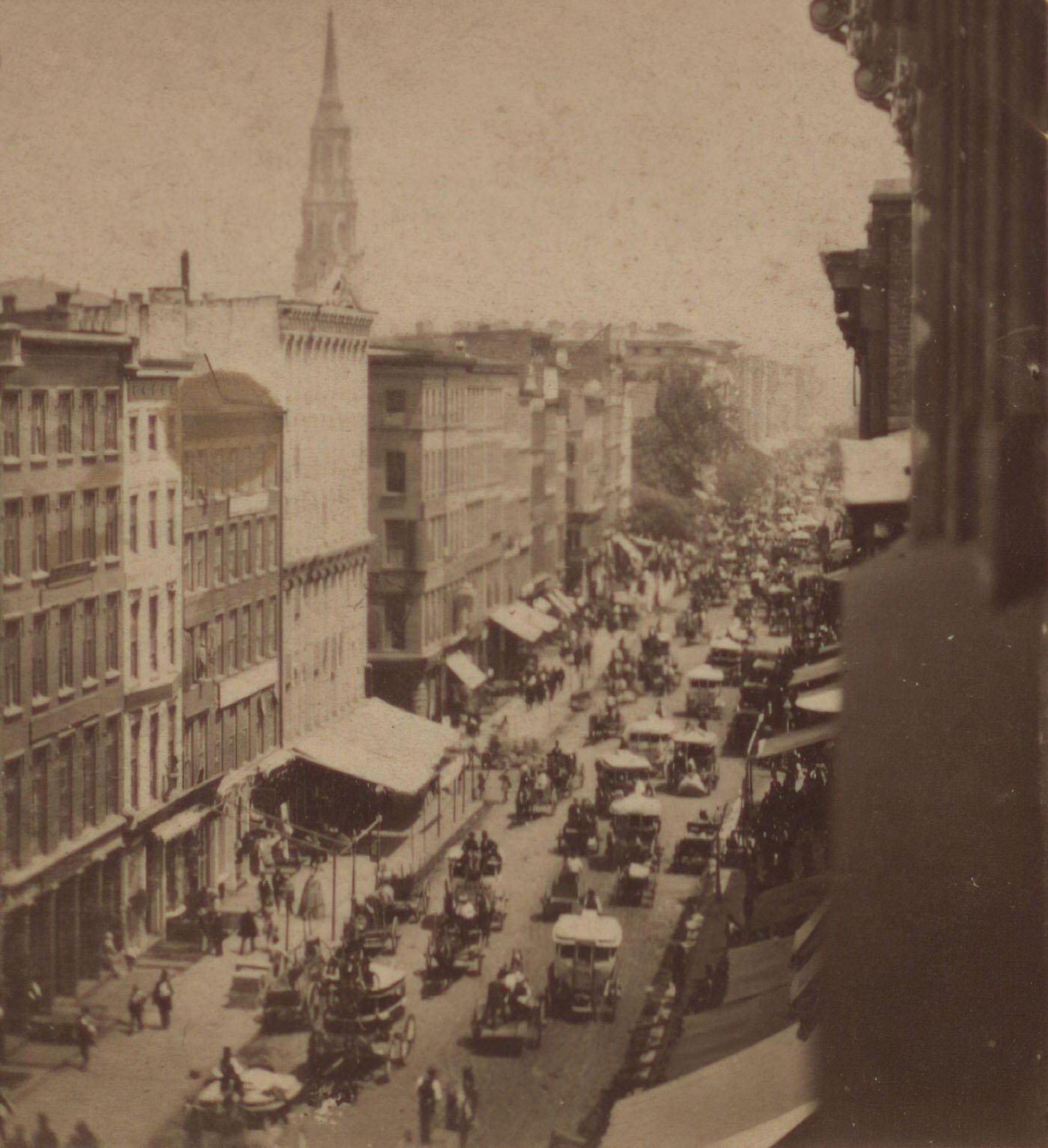
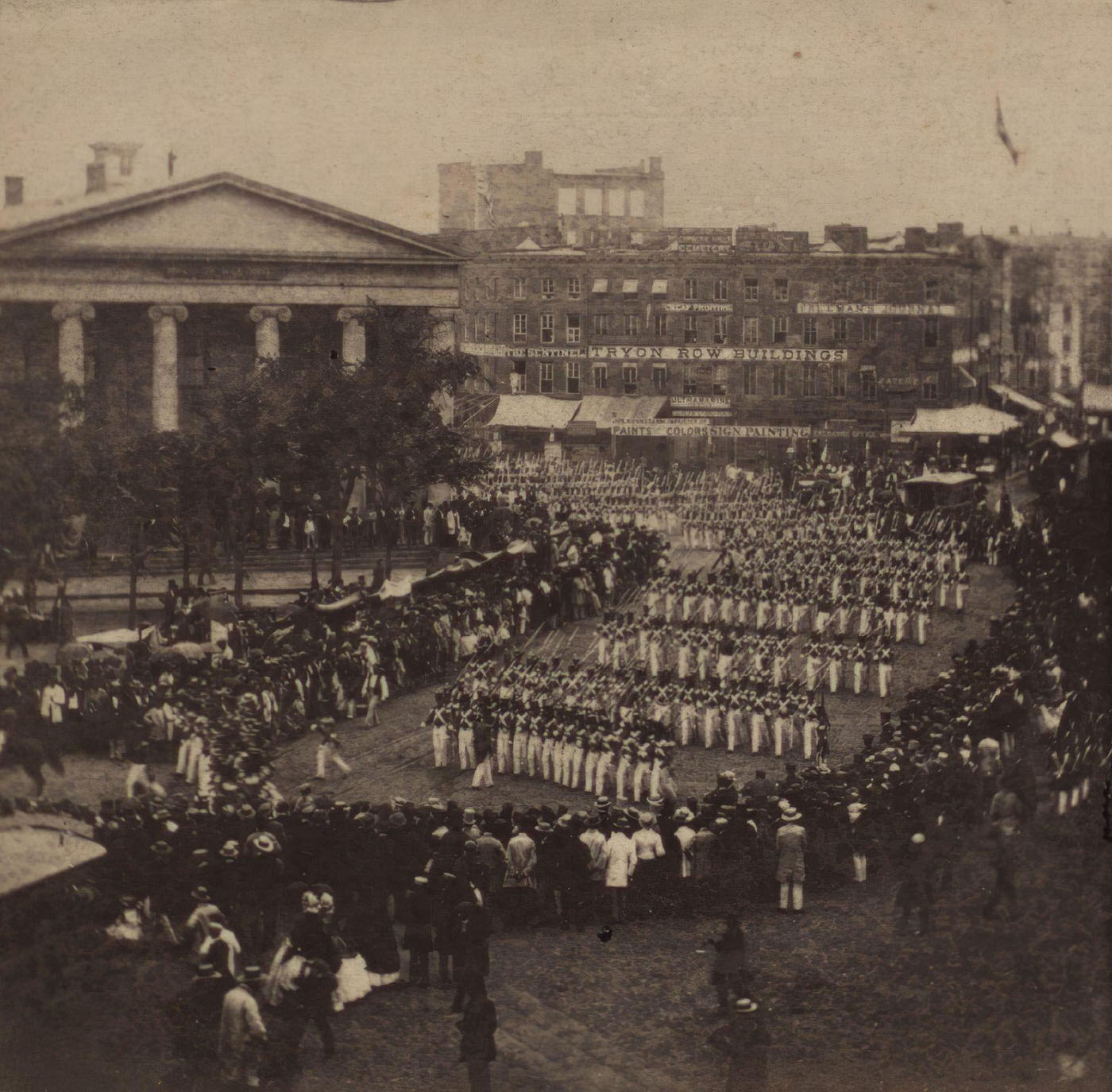
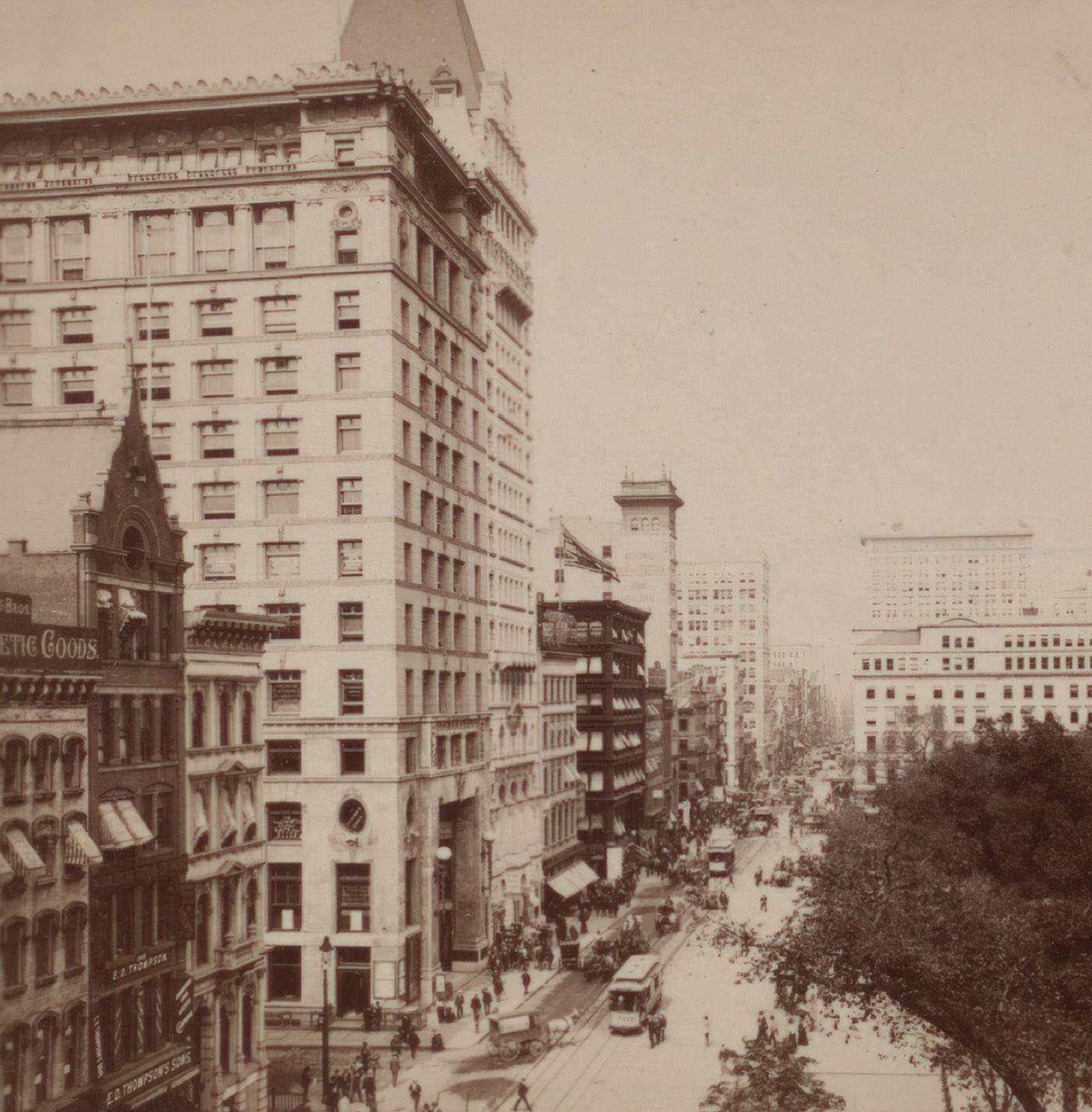
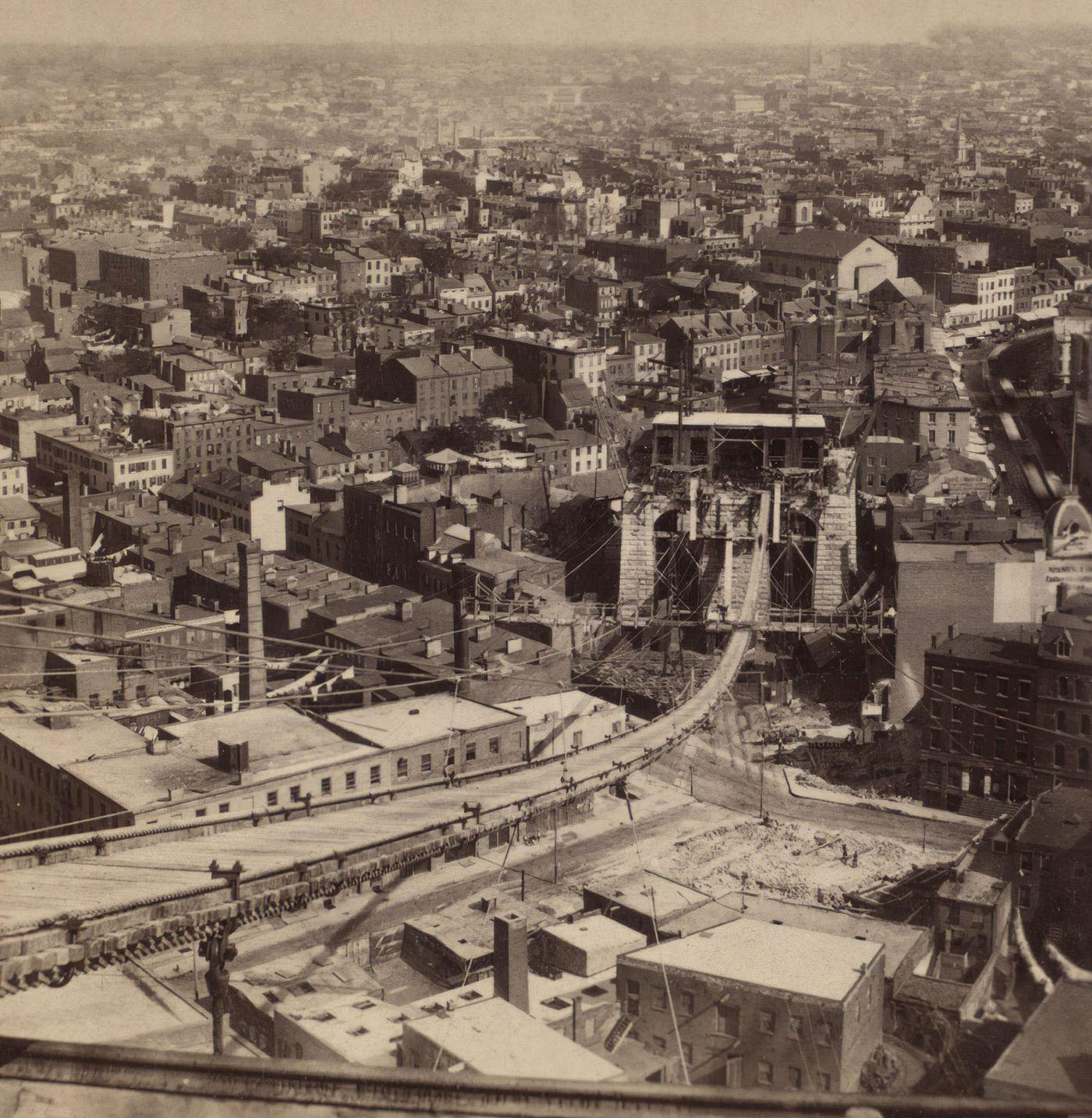
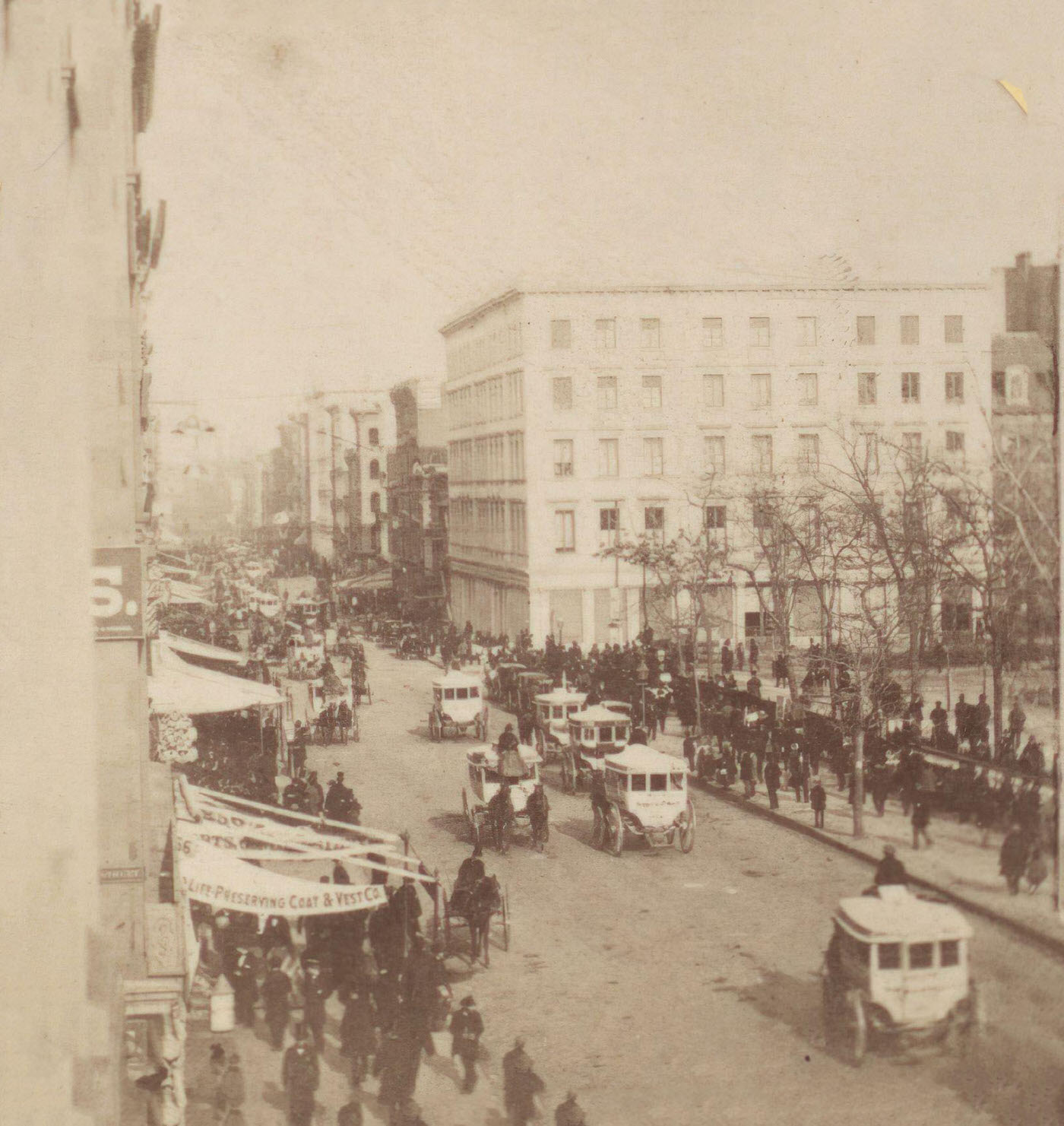
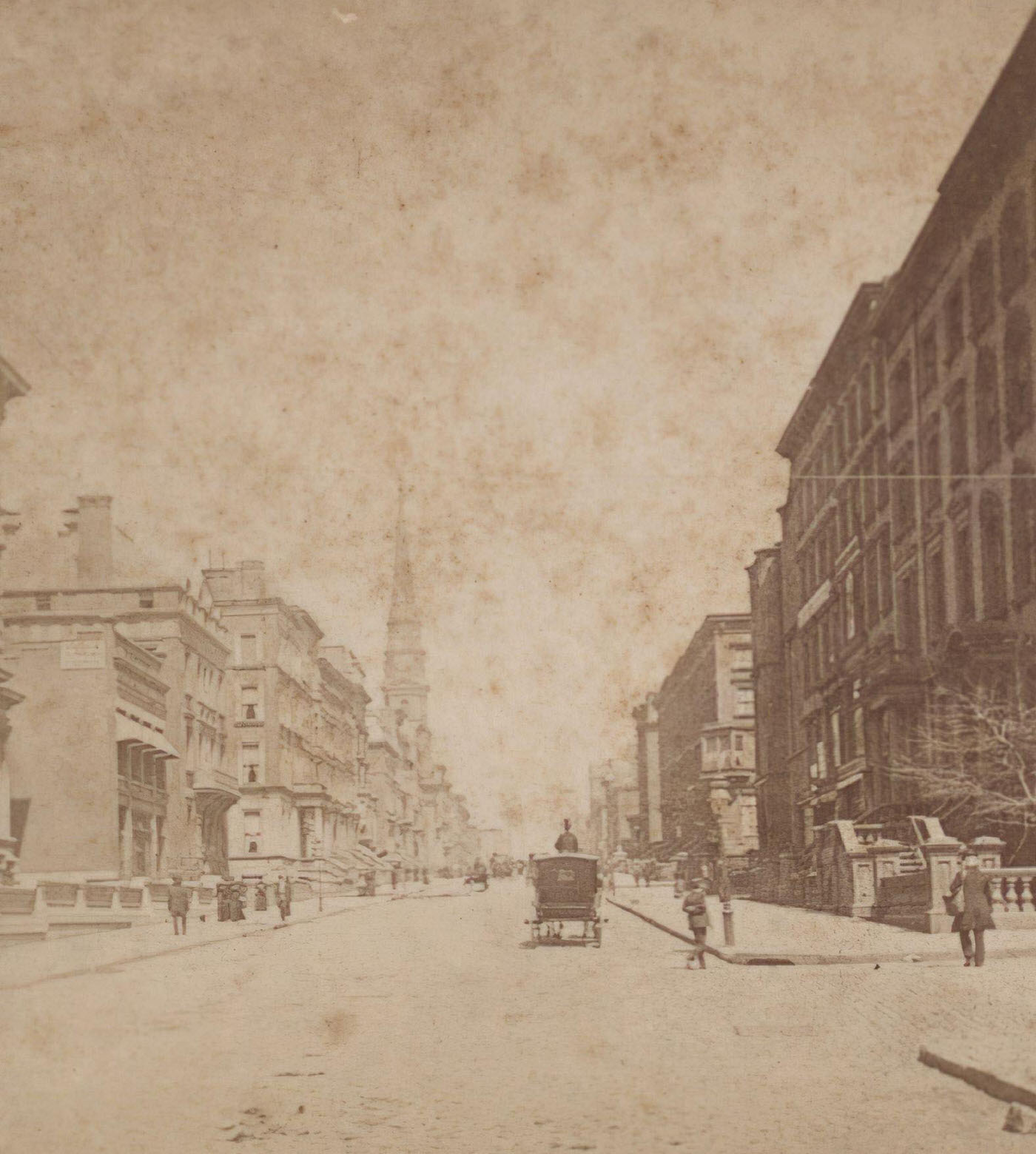
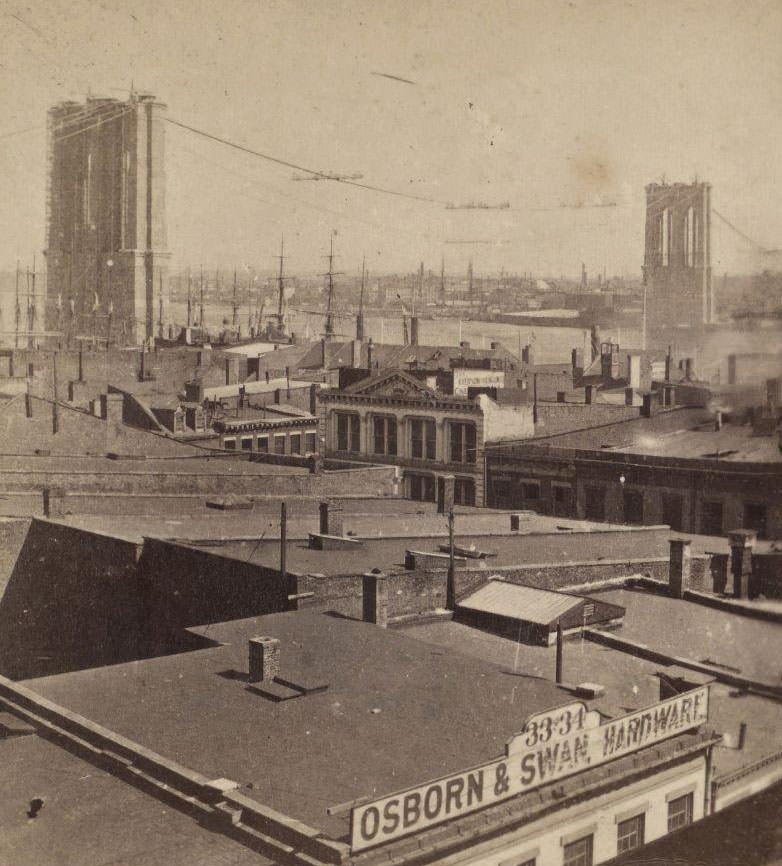
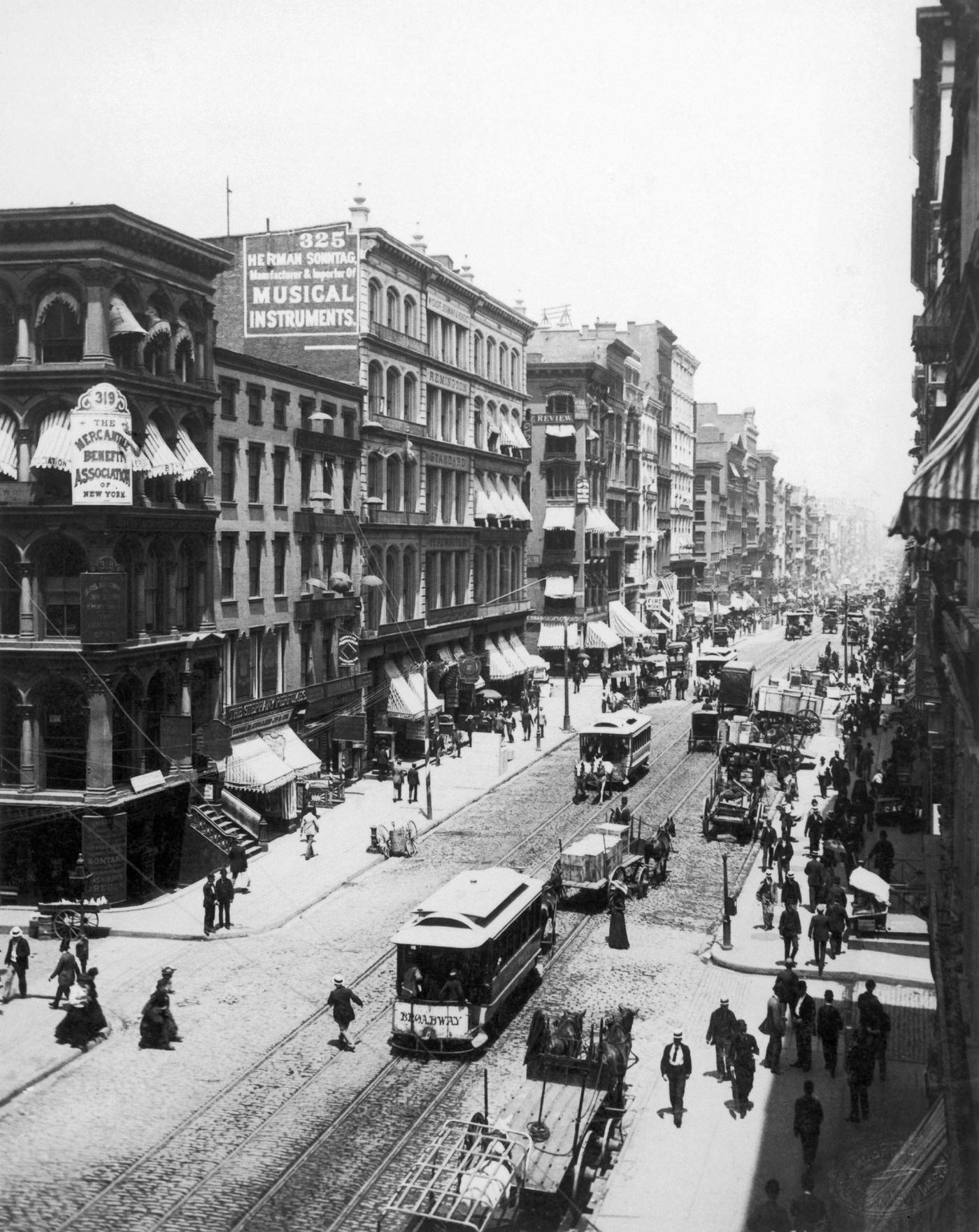
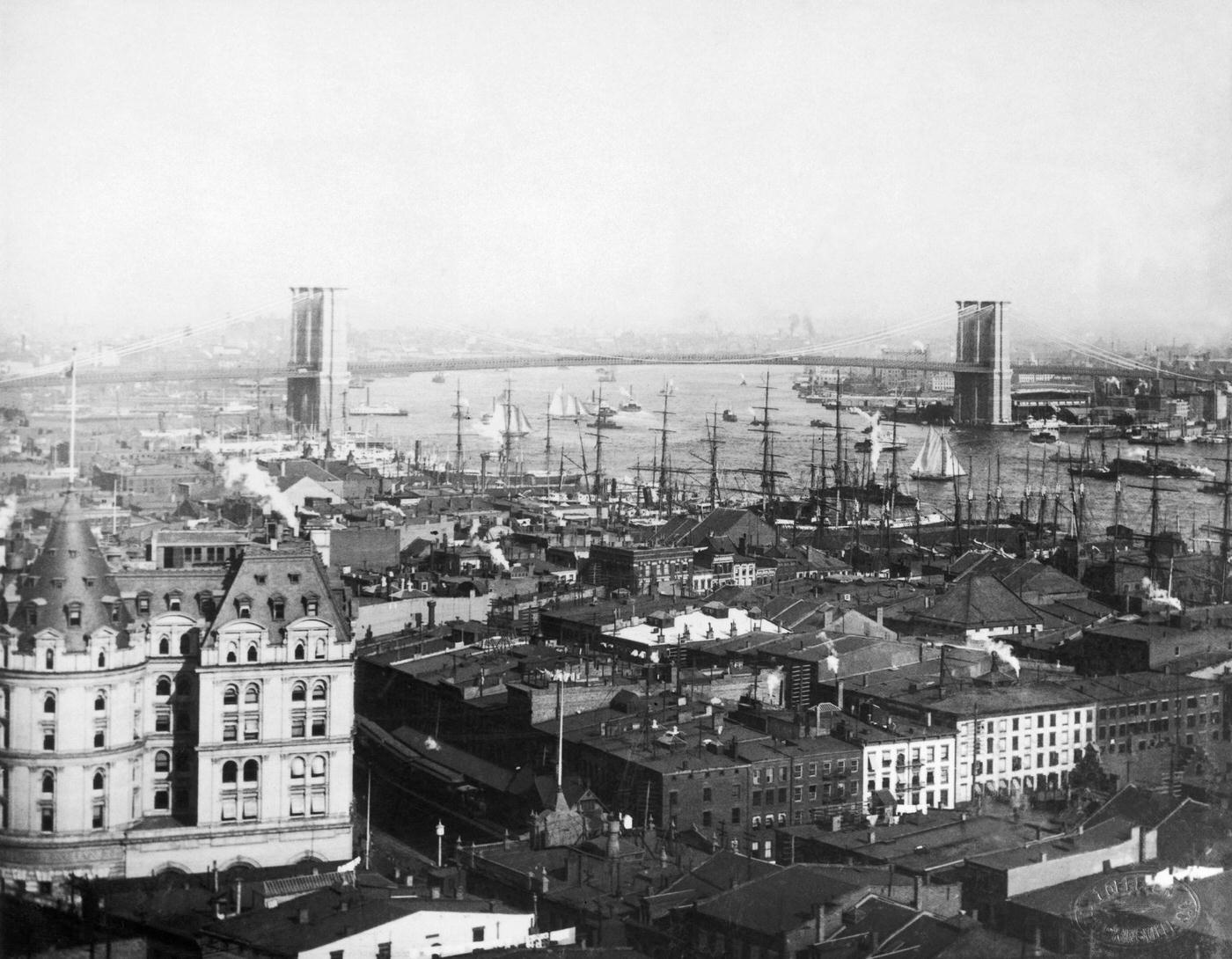
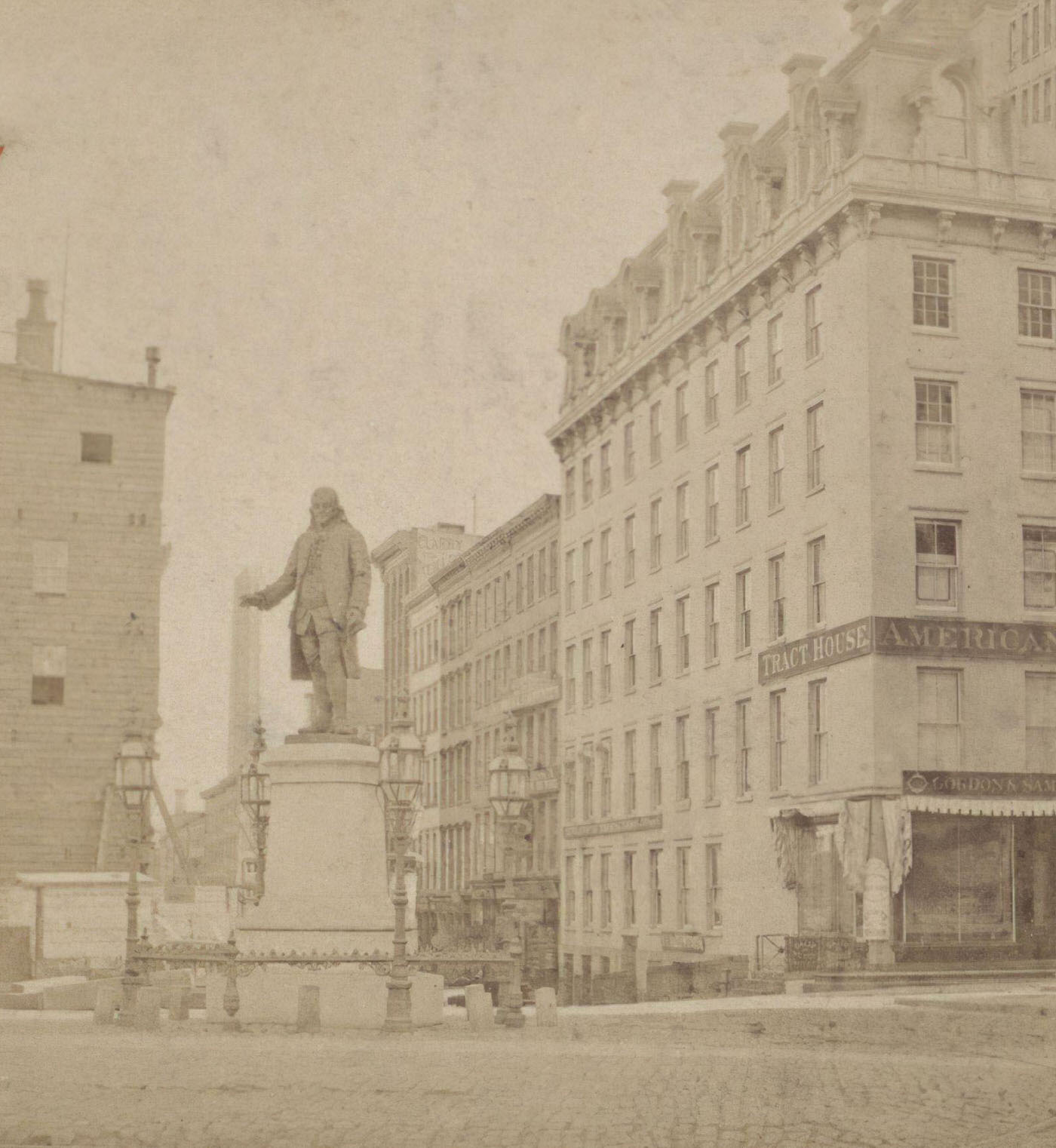
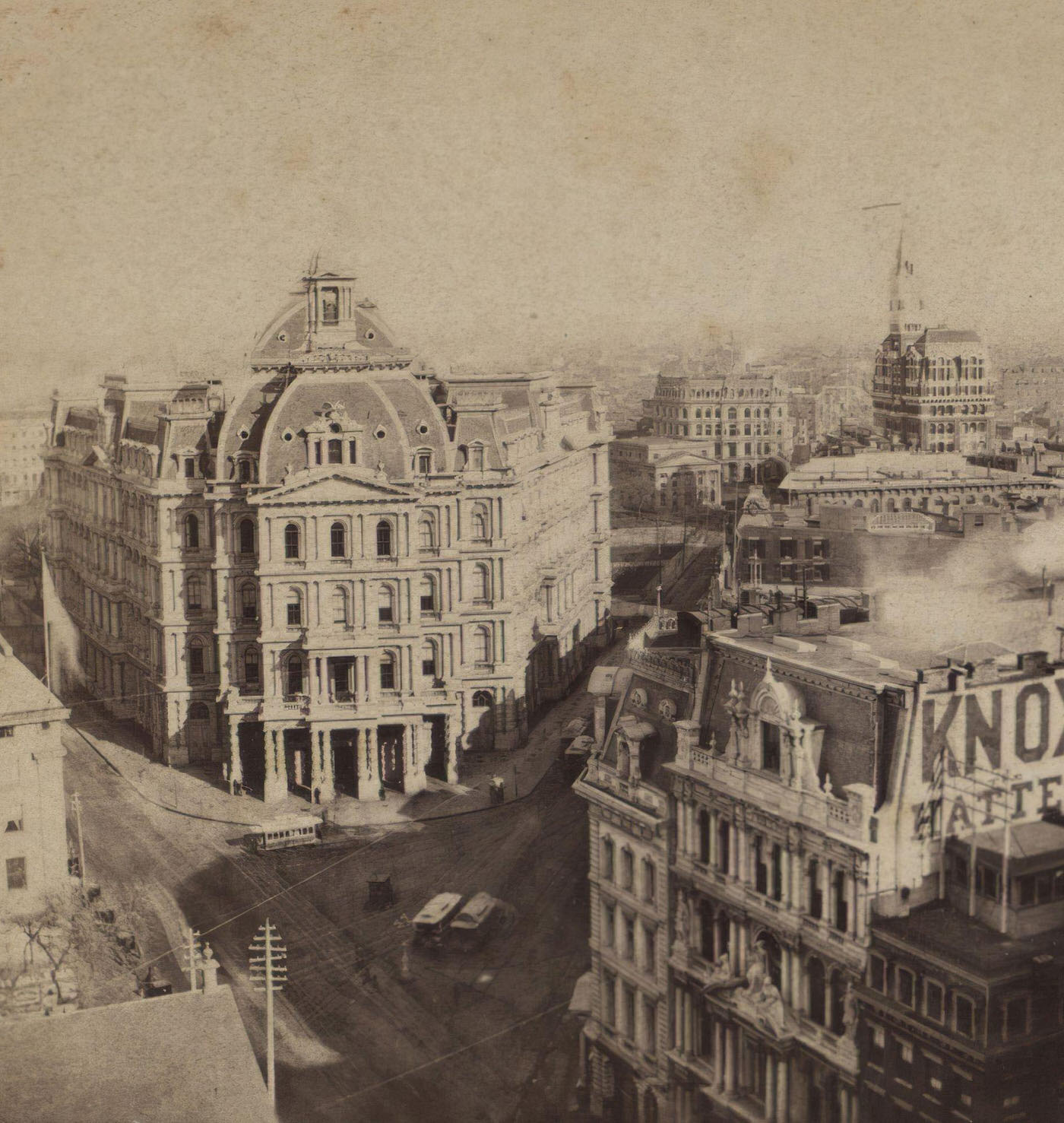
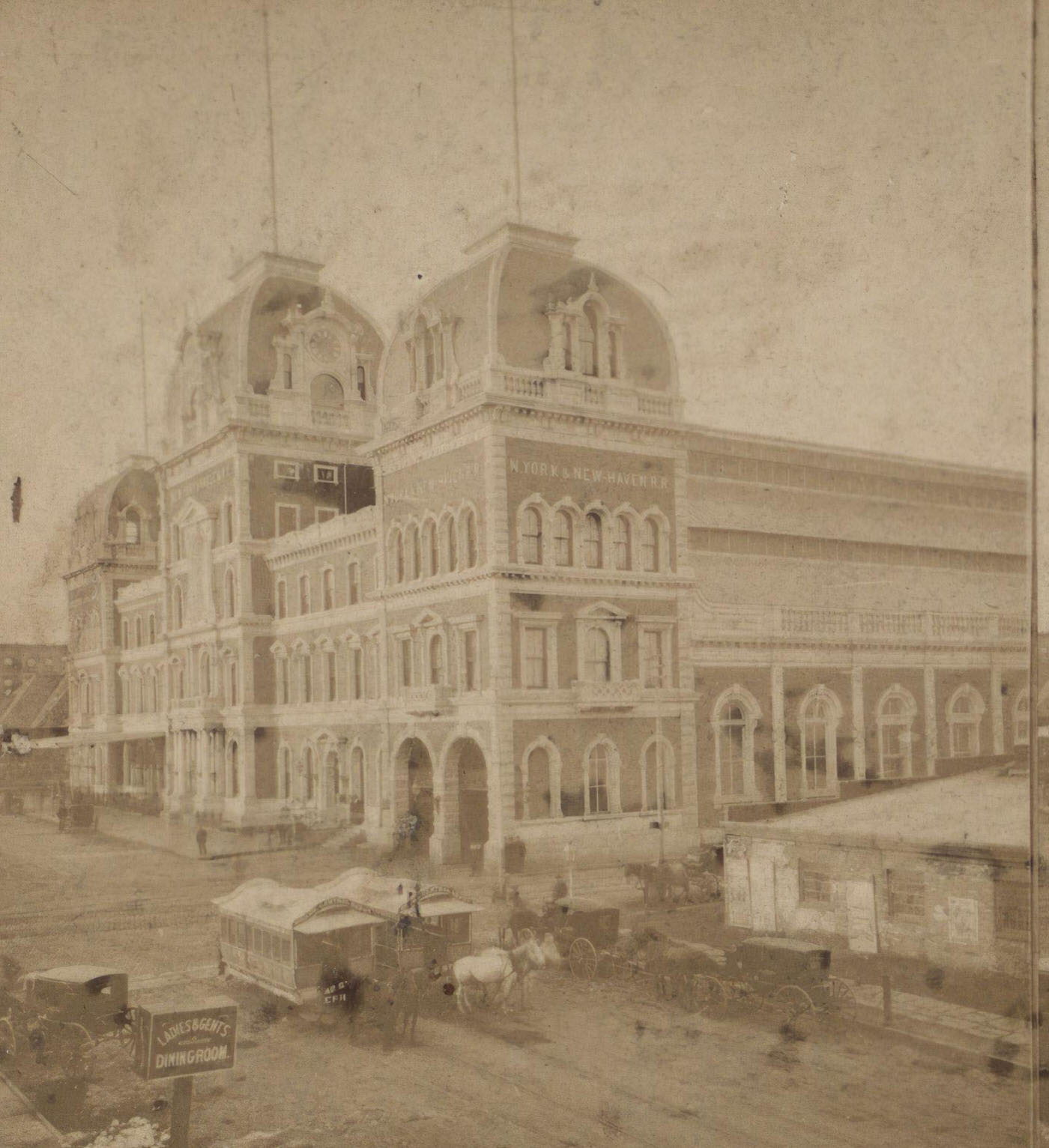
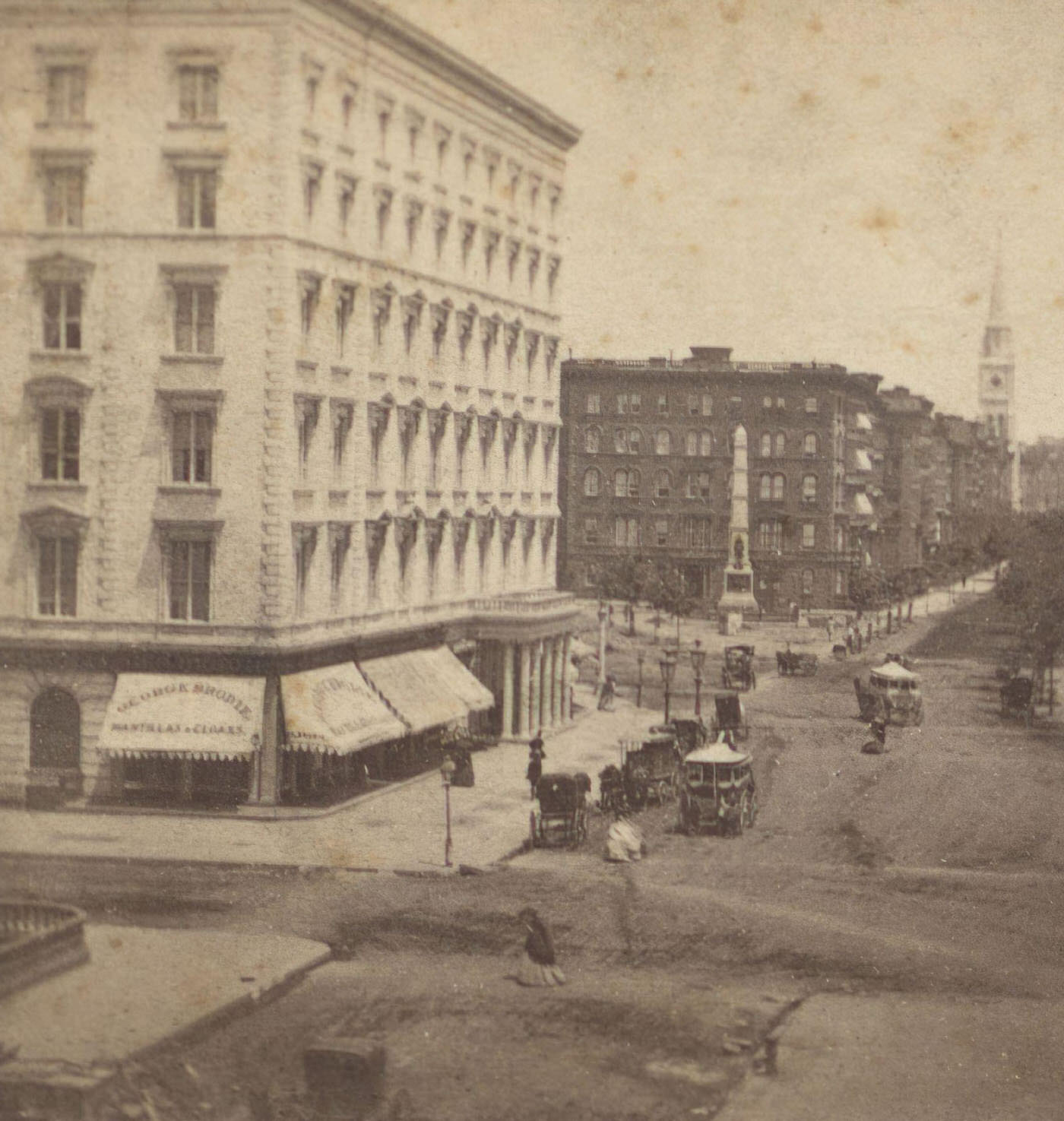
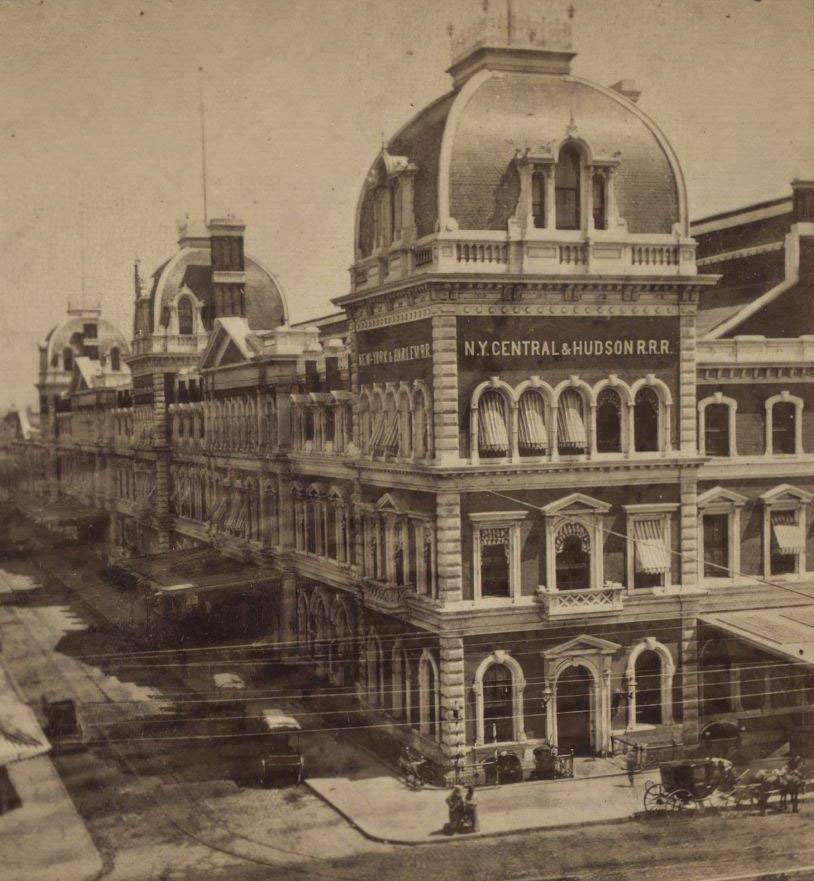


GIPHY App Key not set. Please check settings